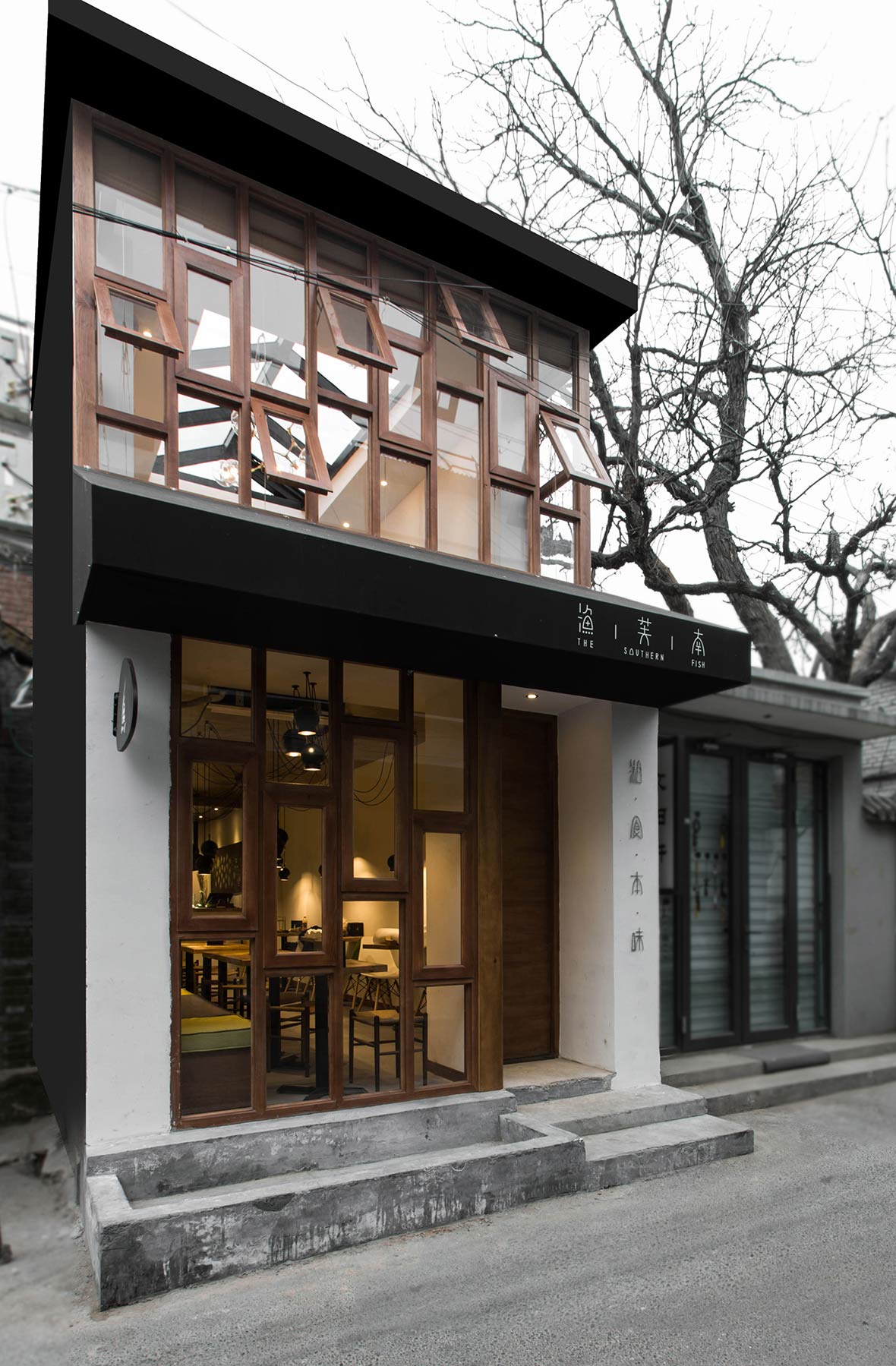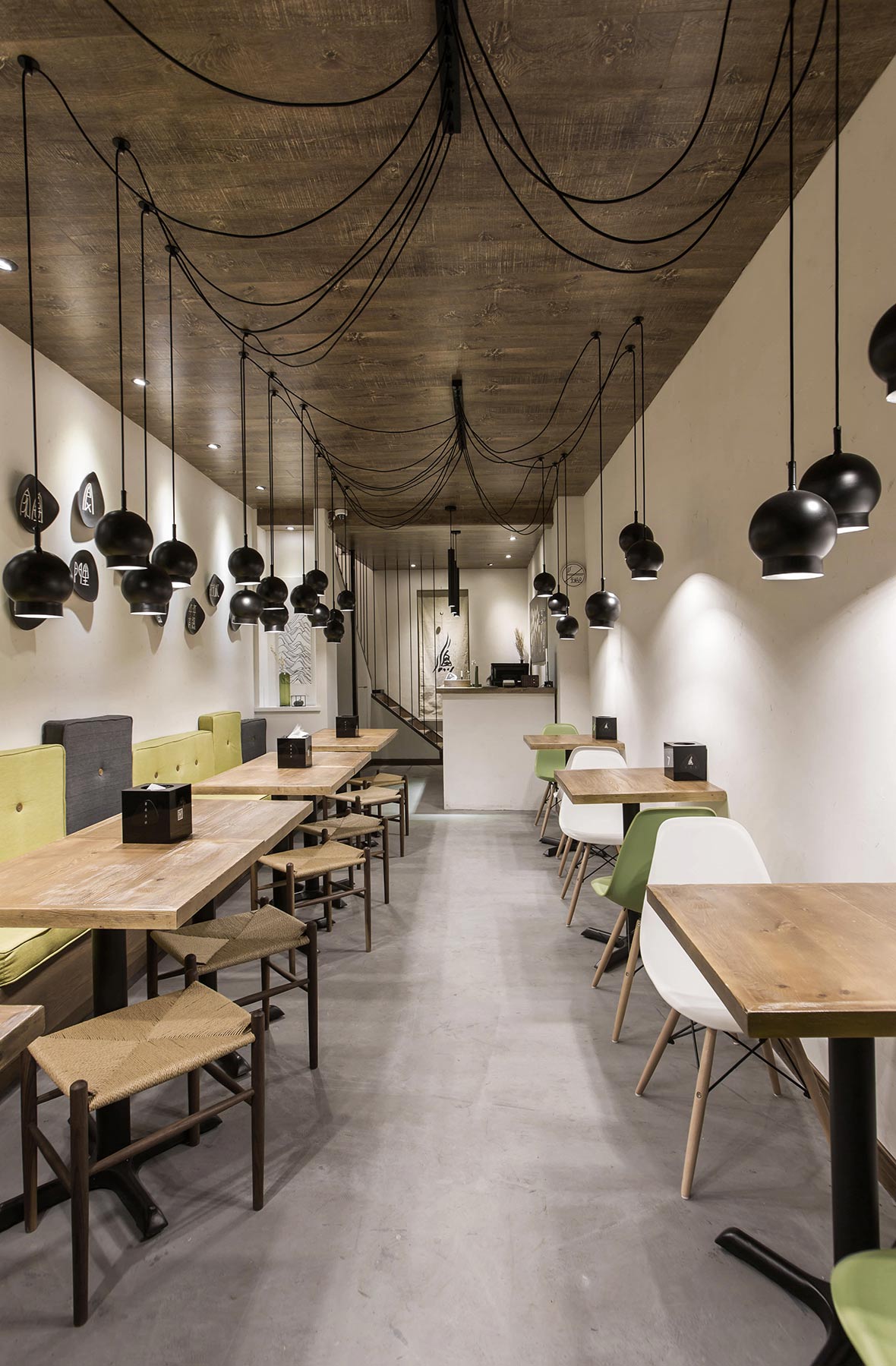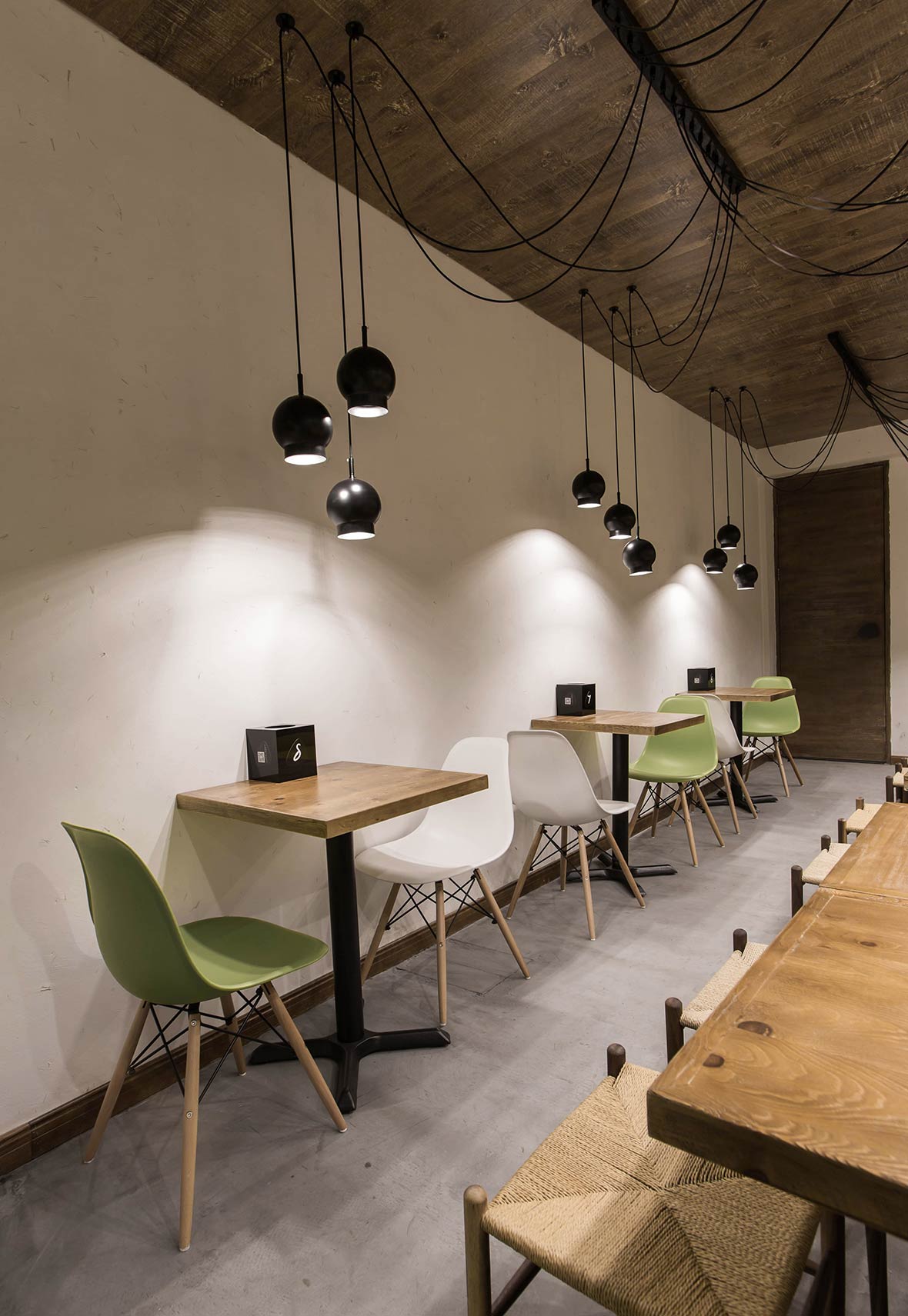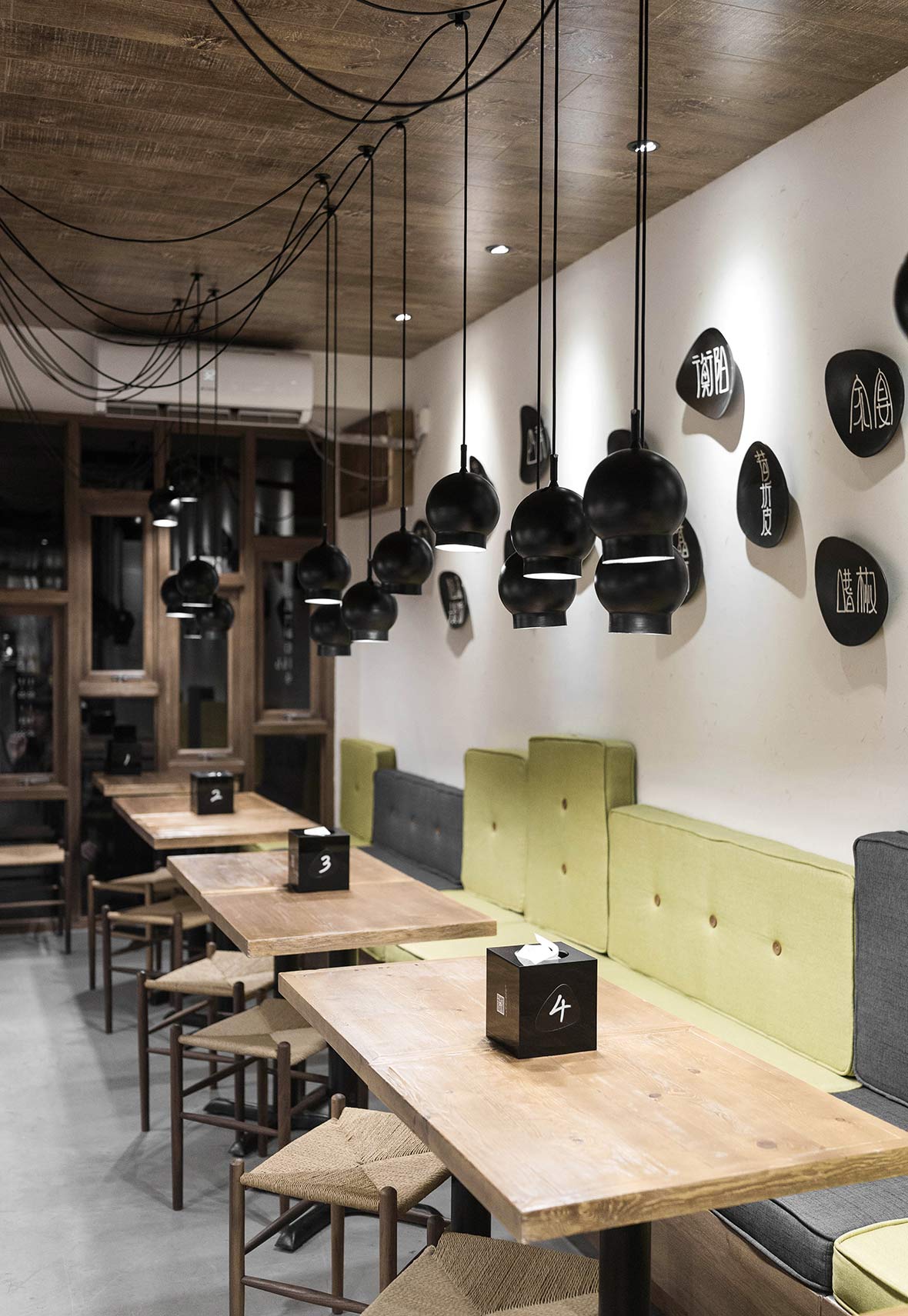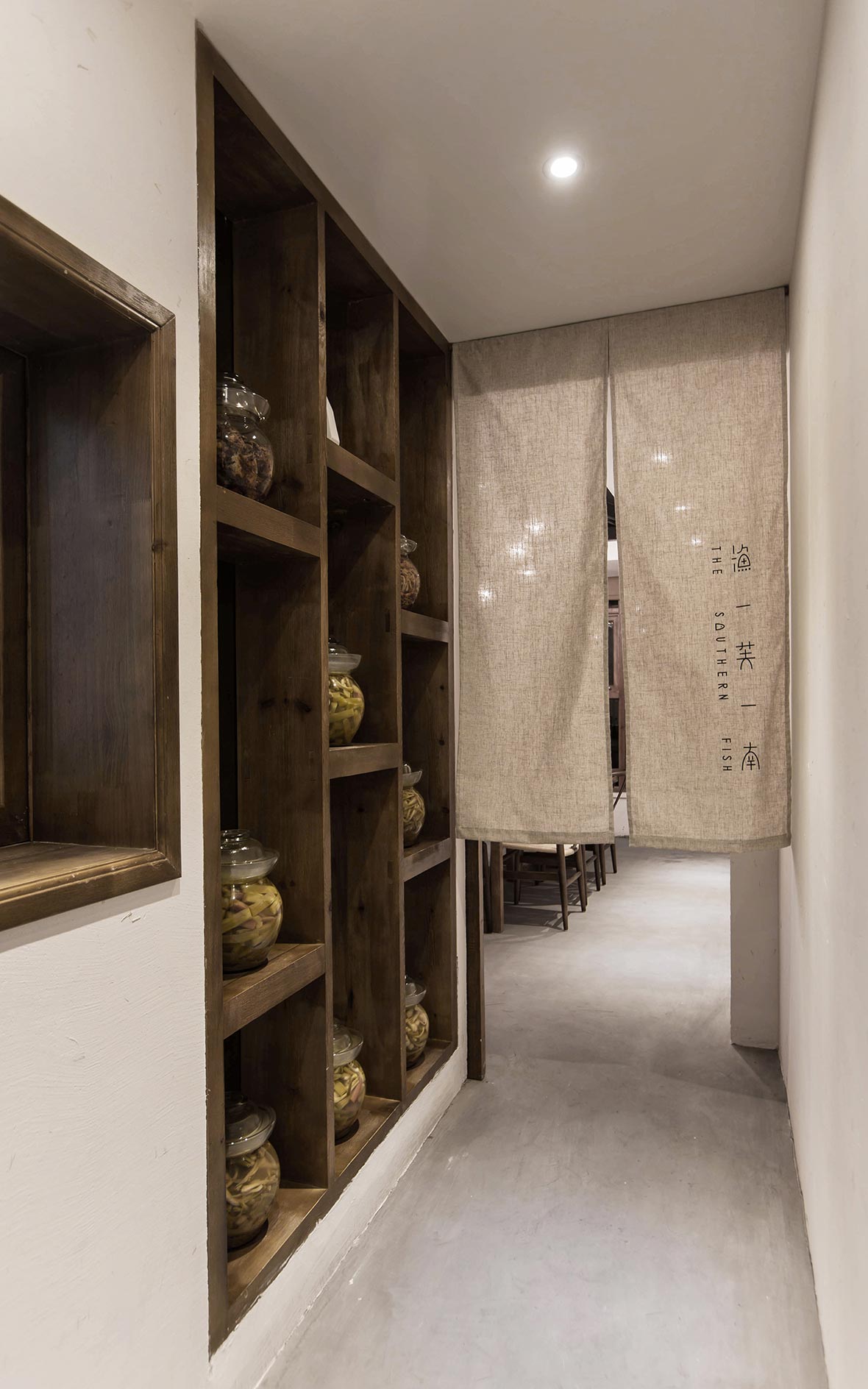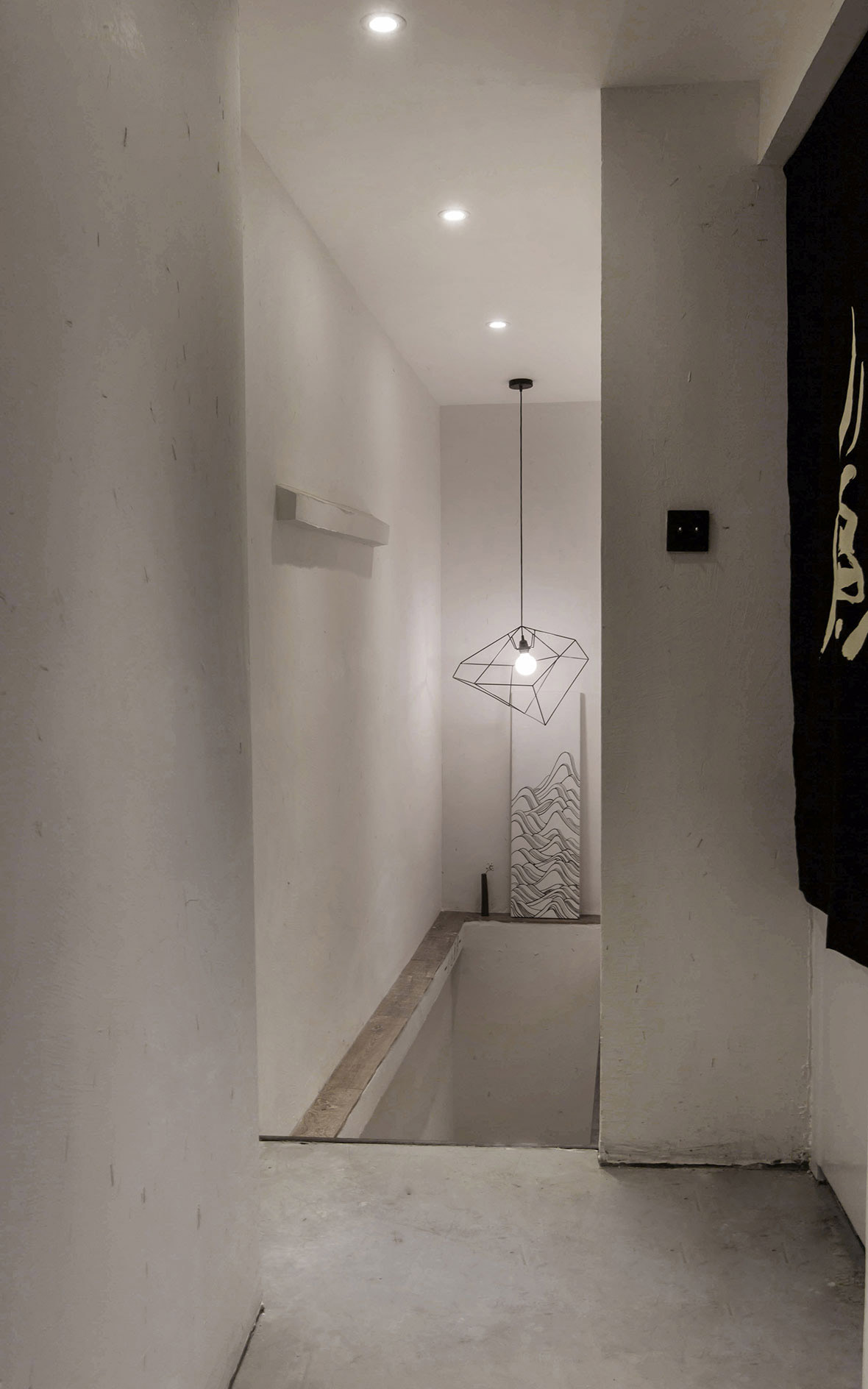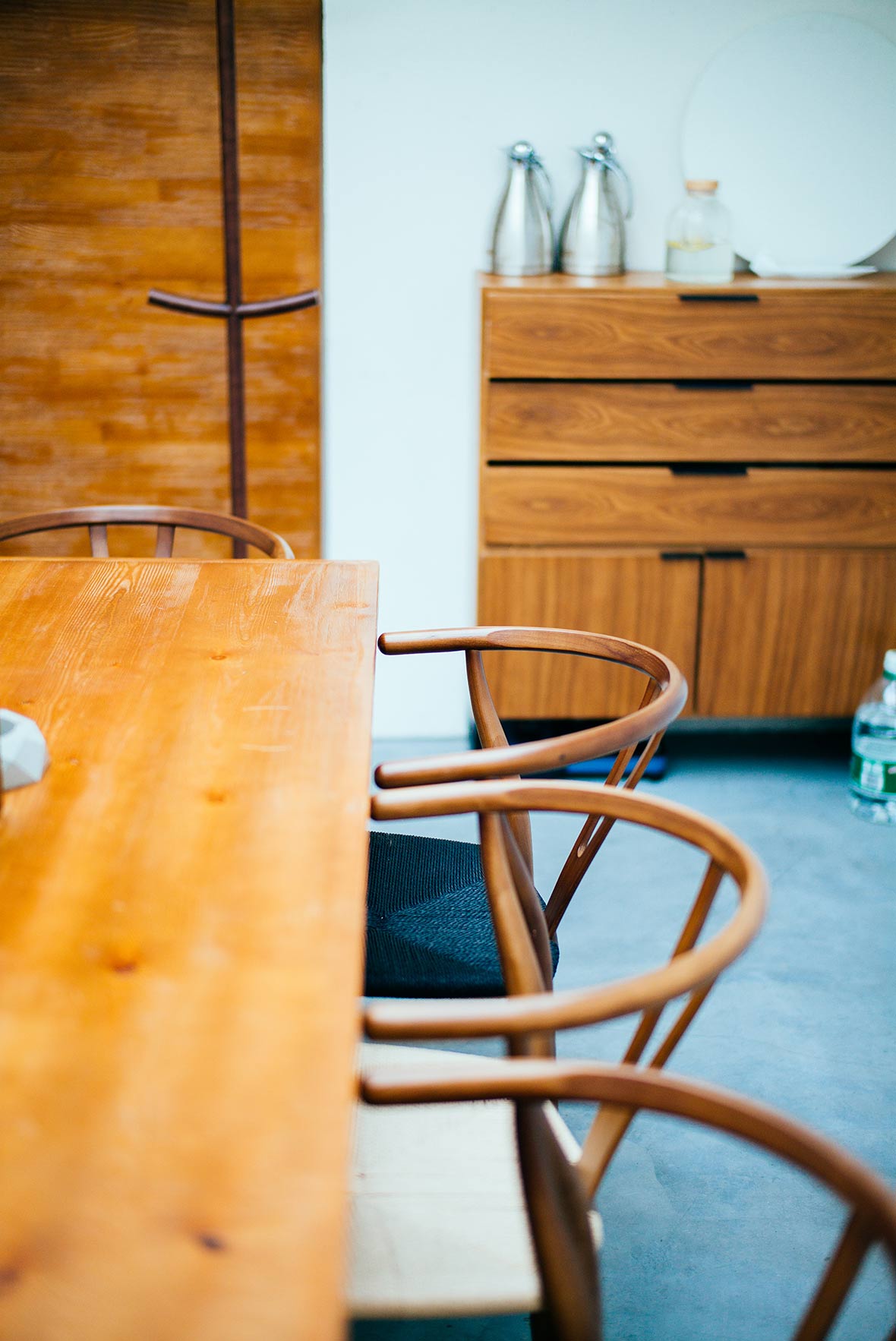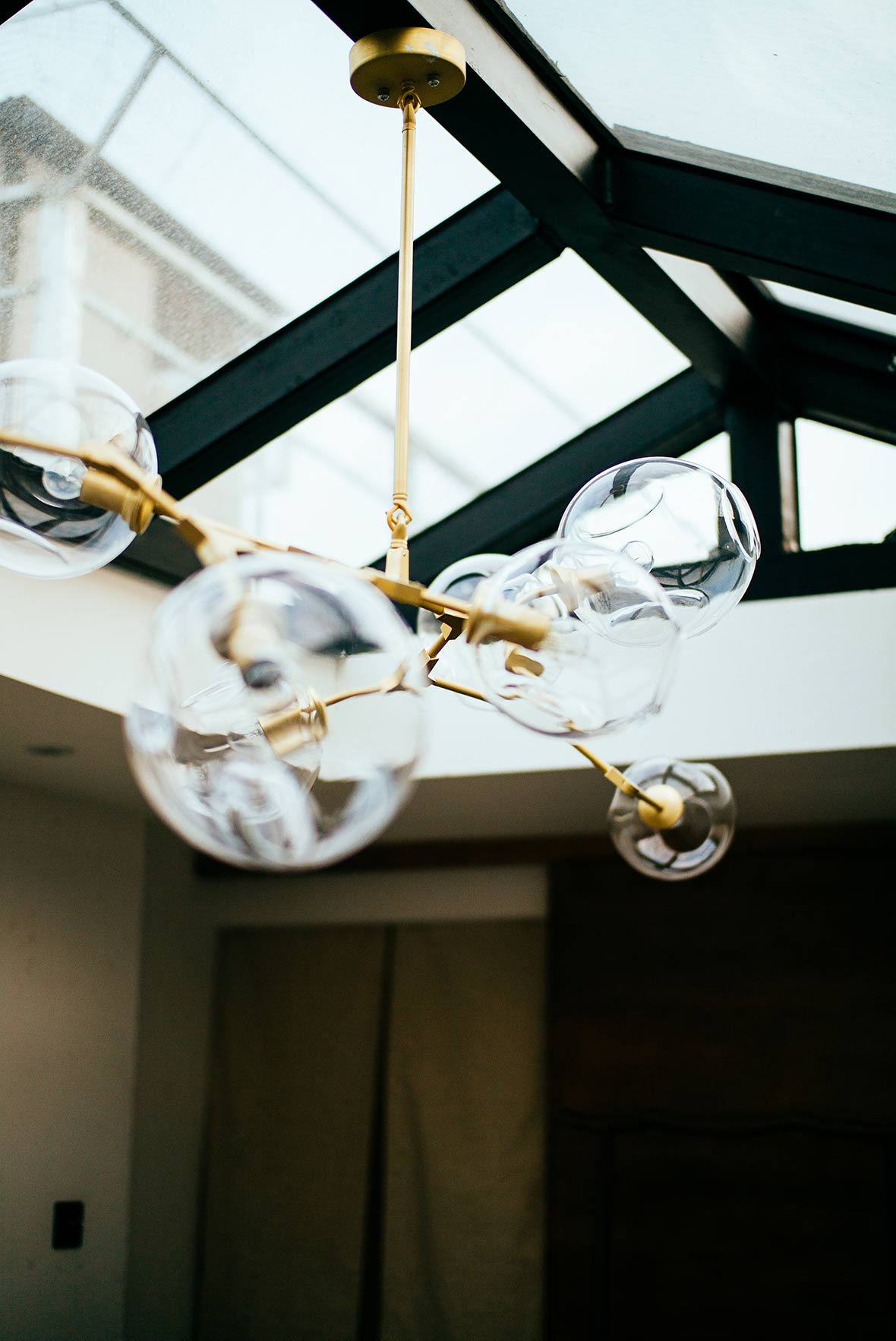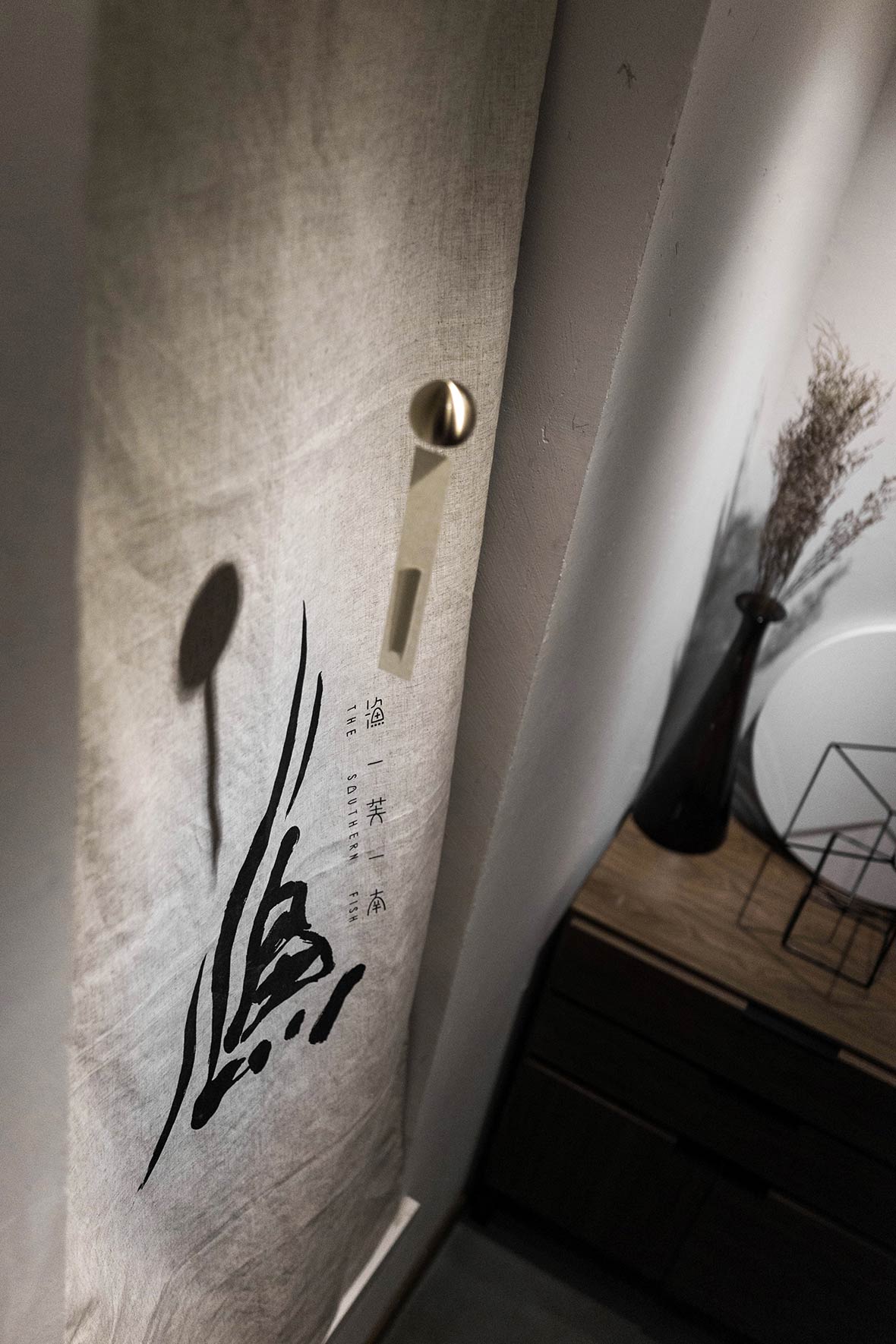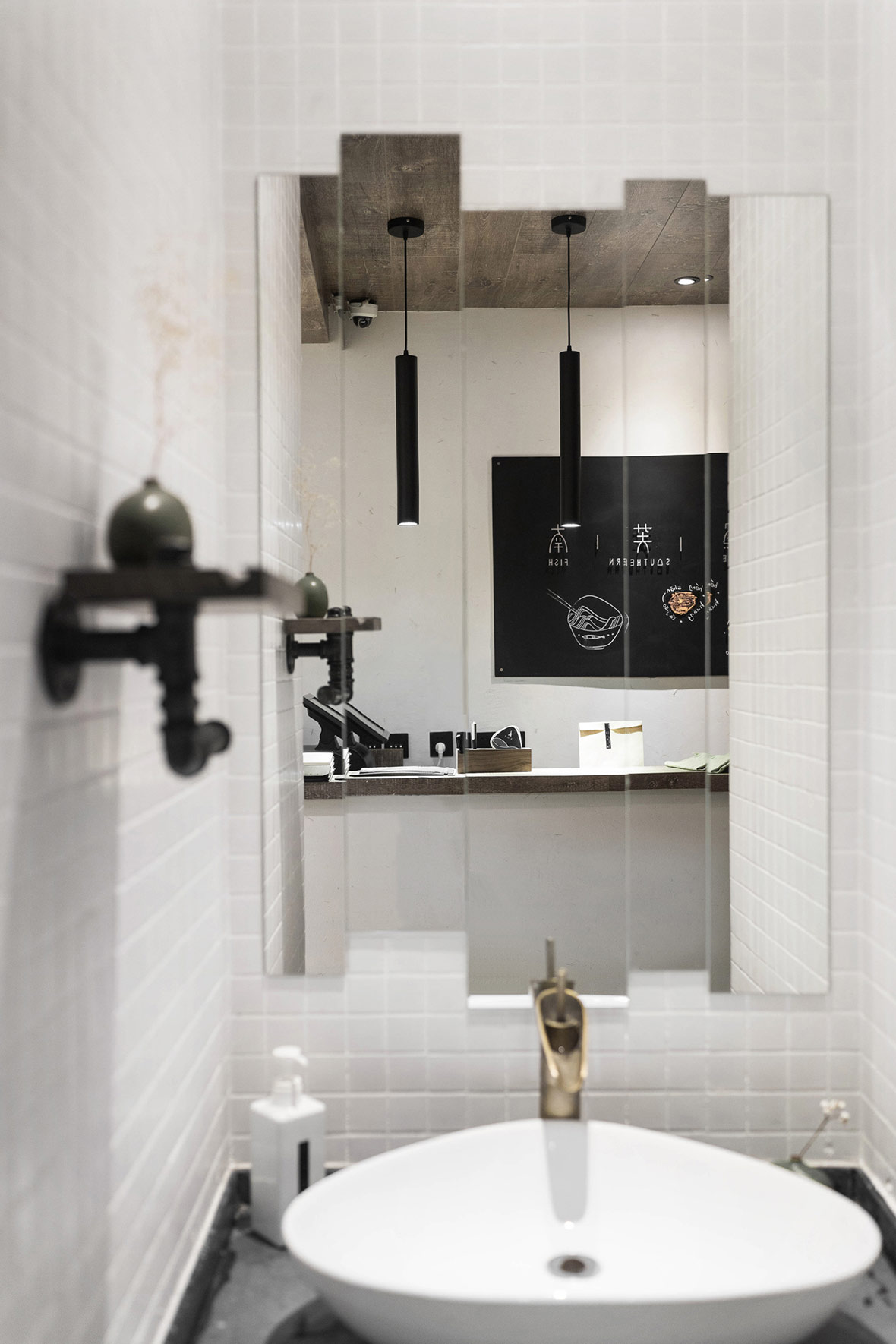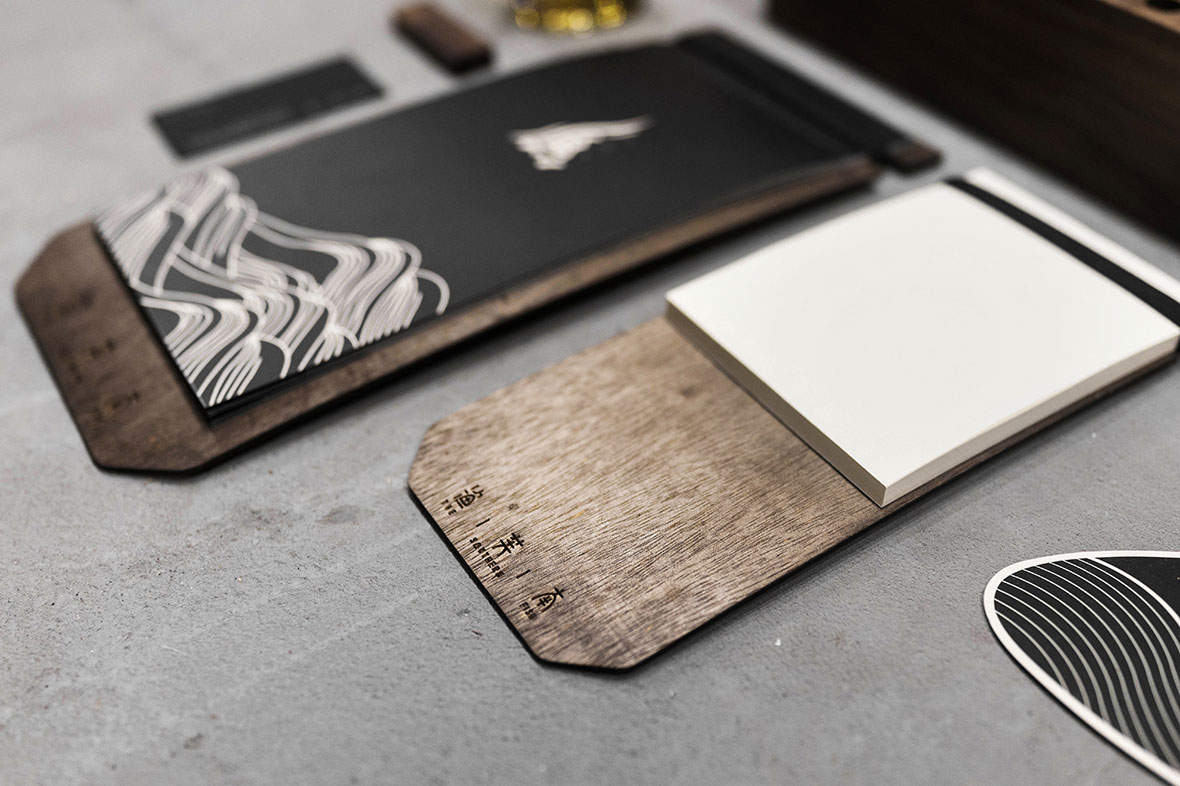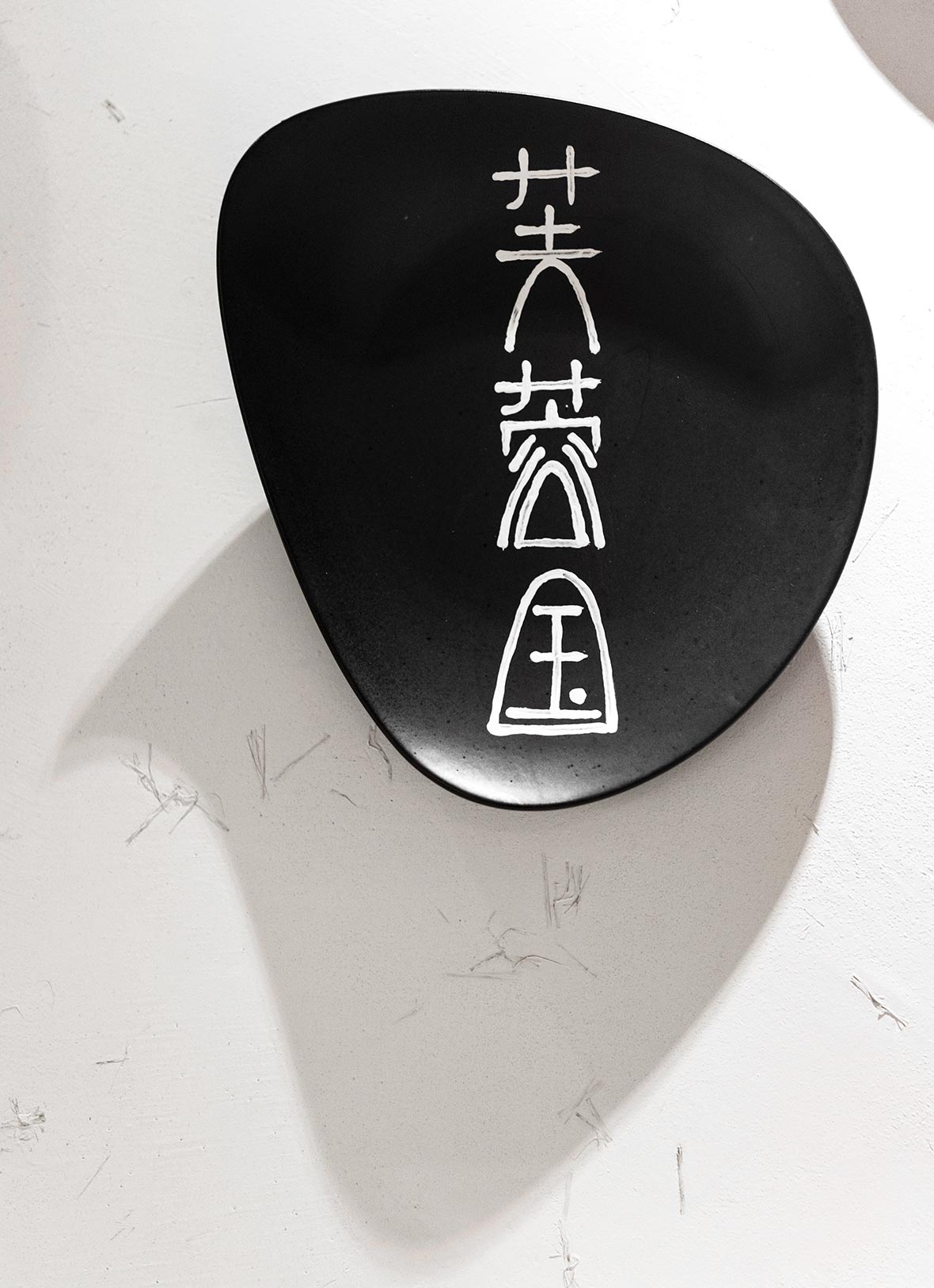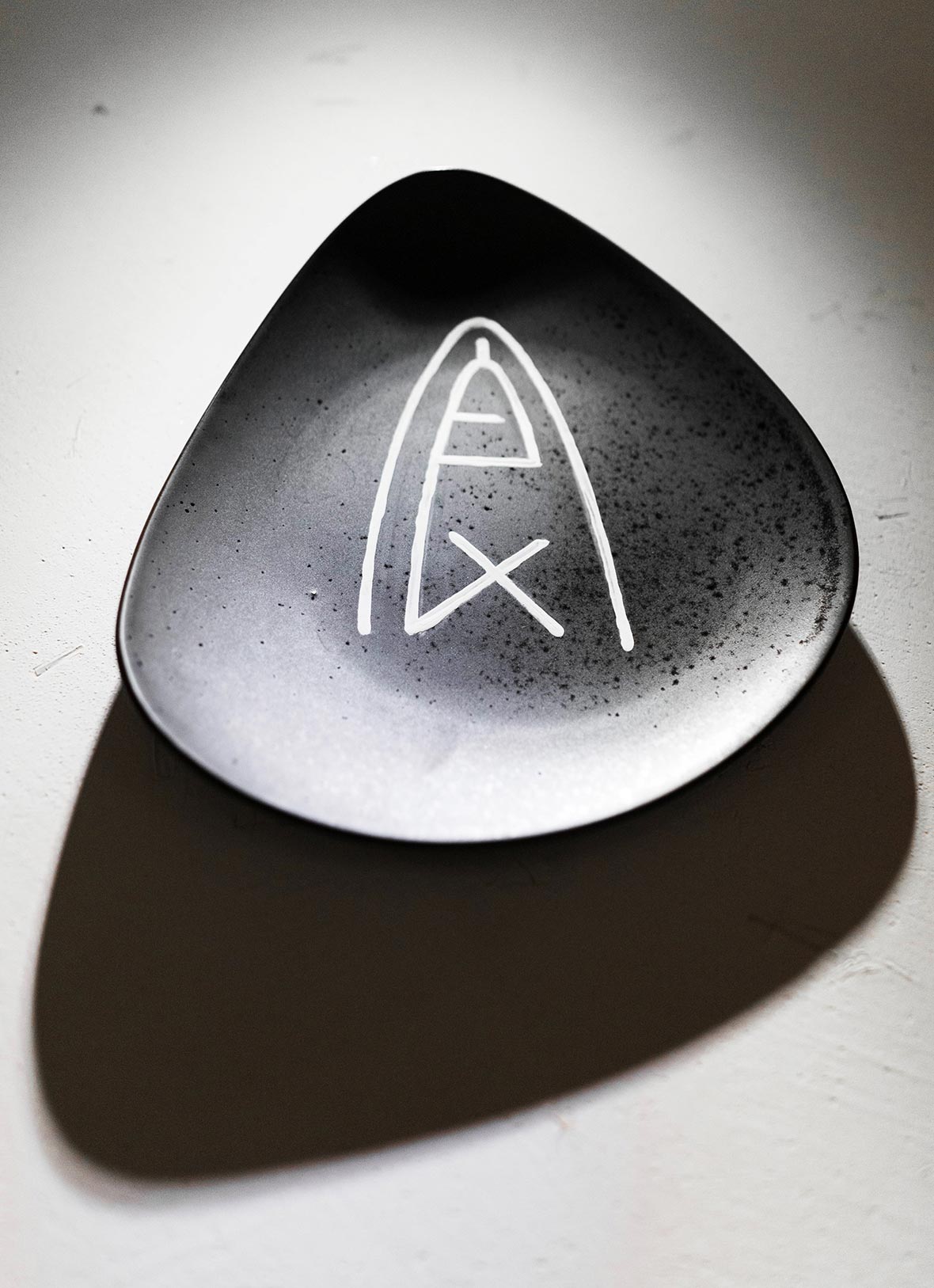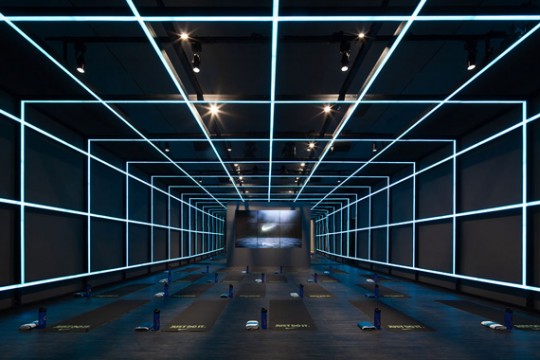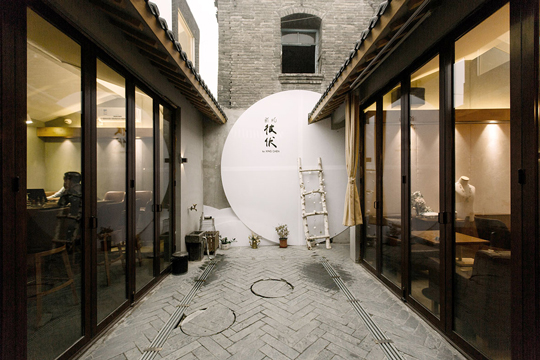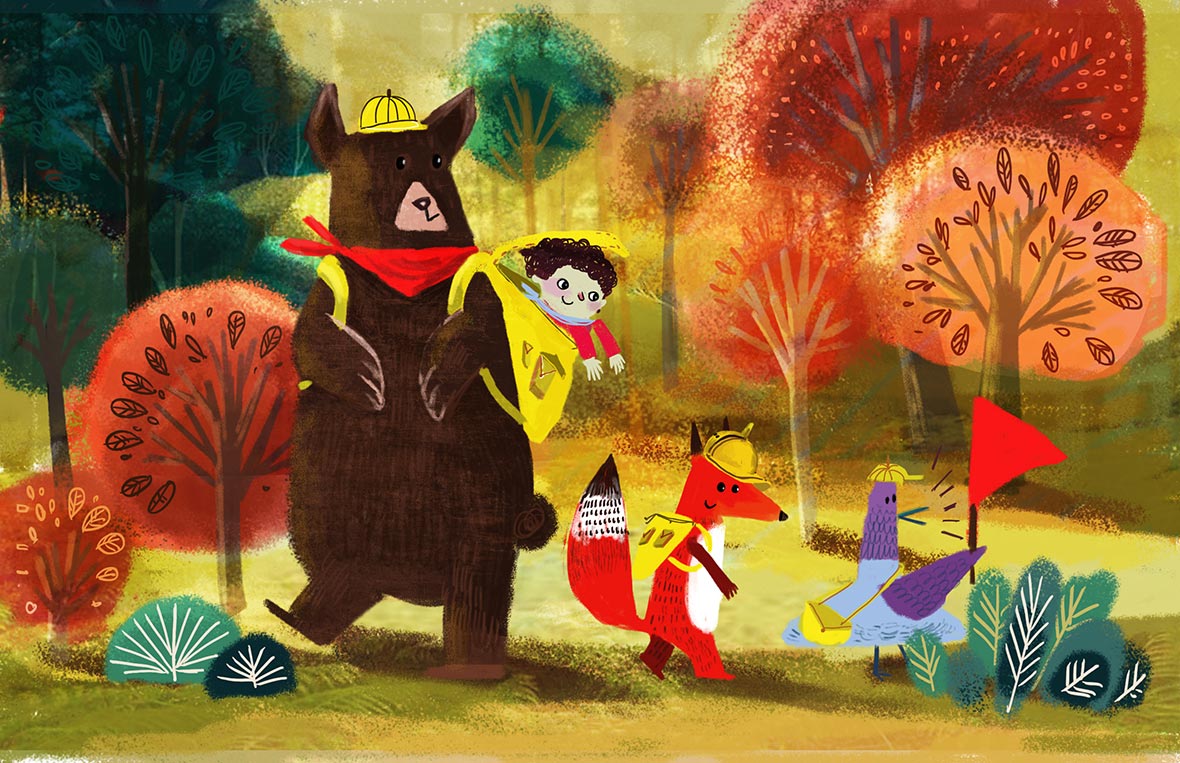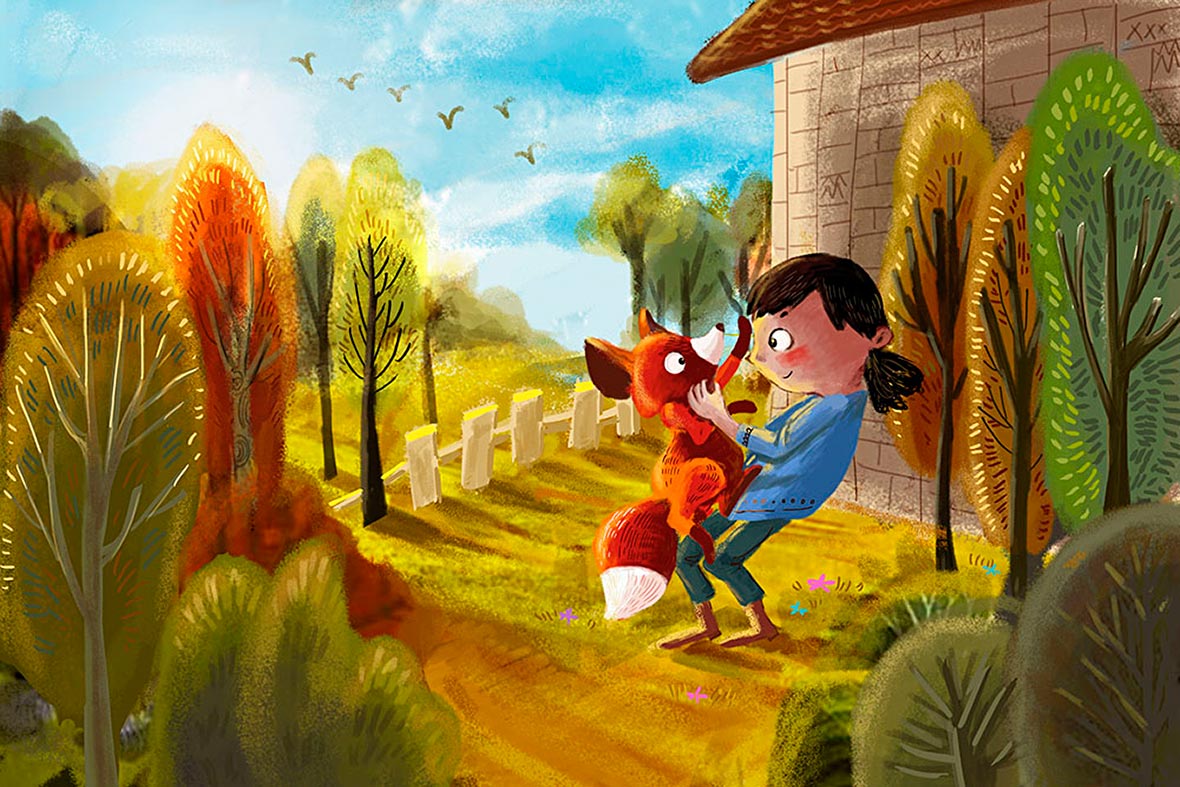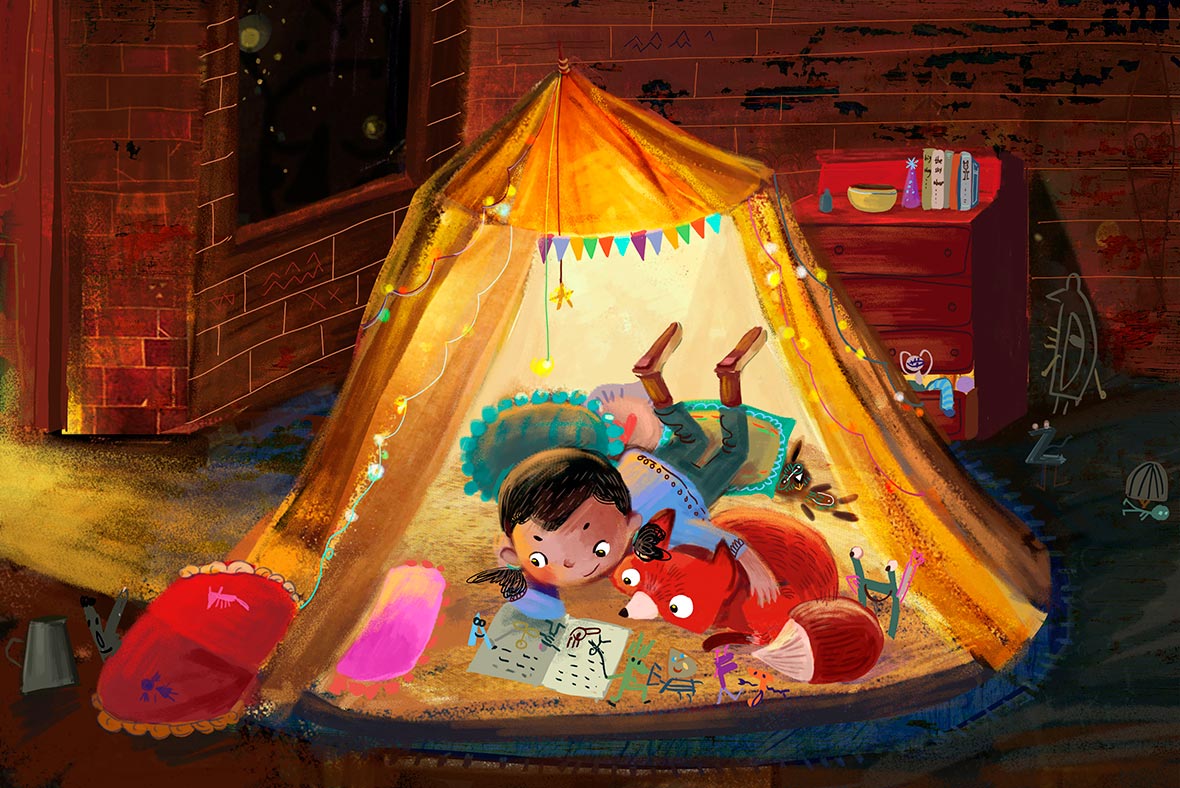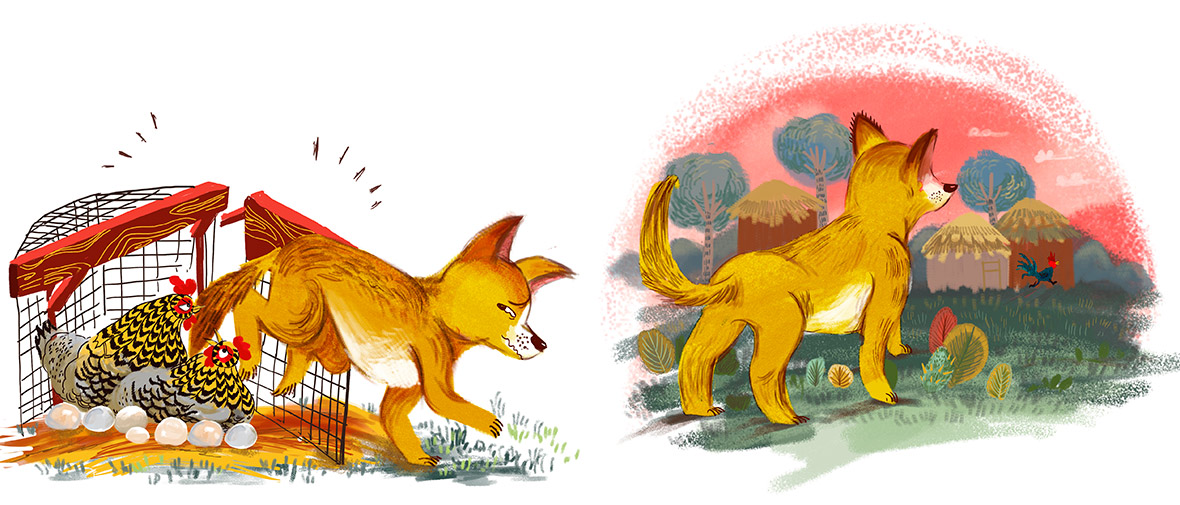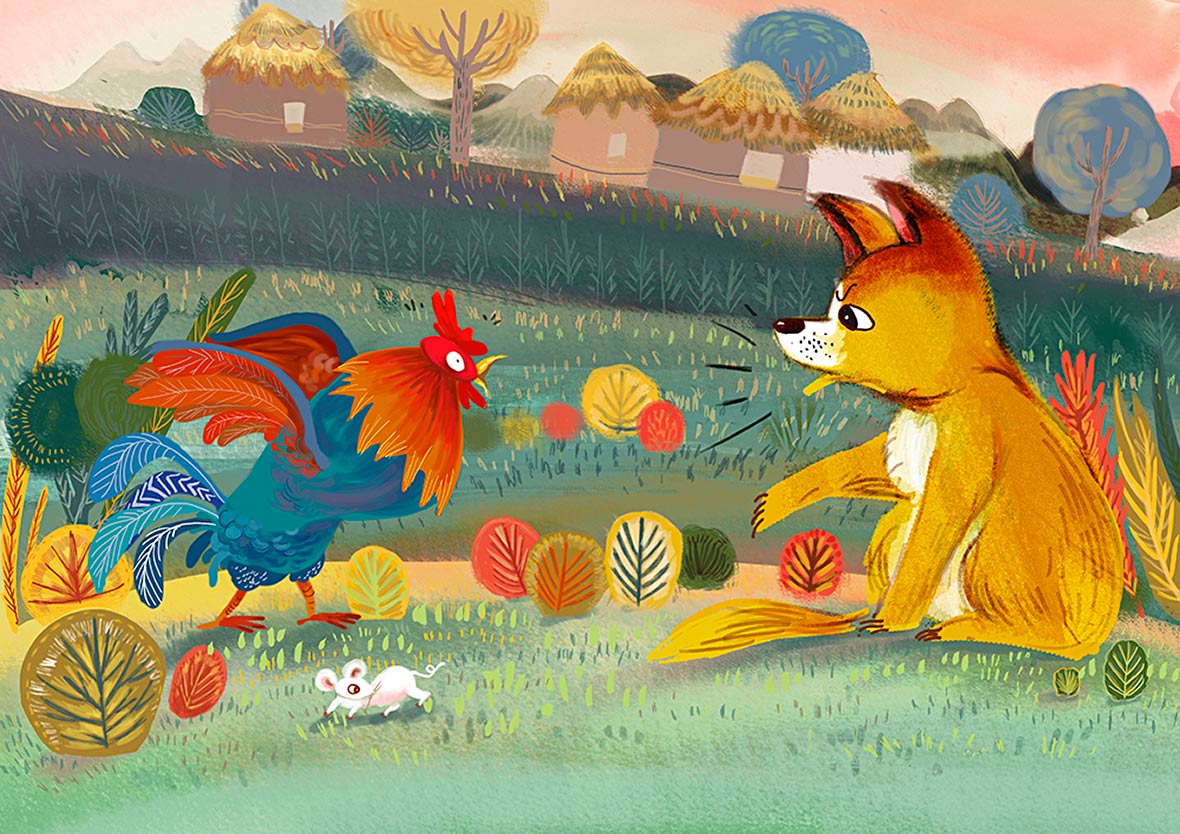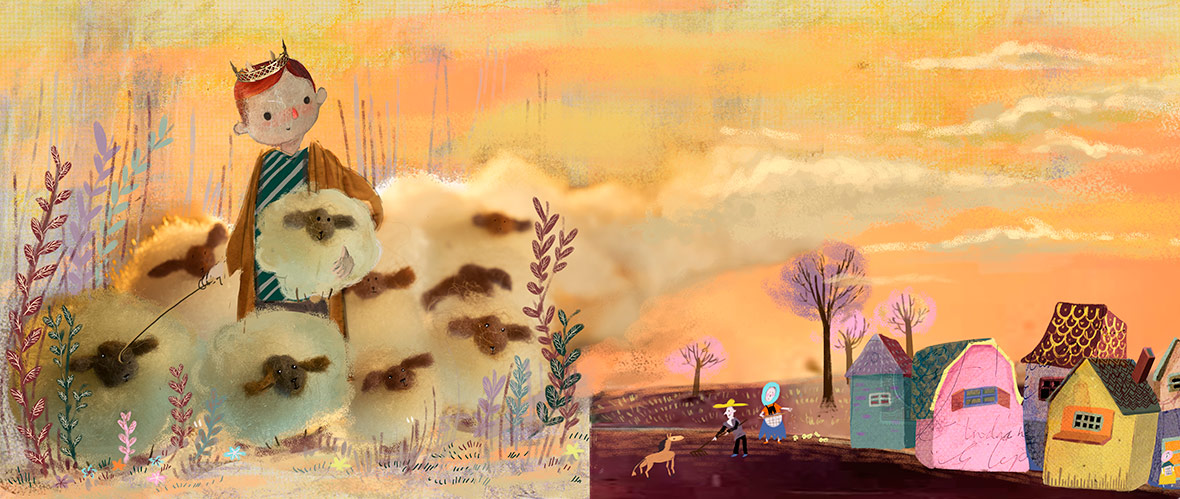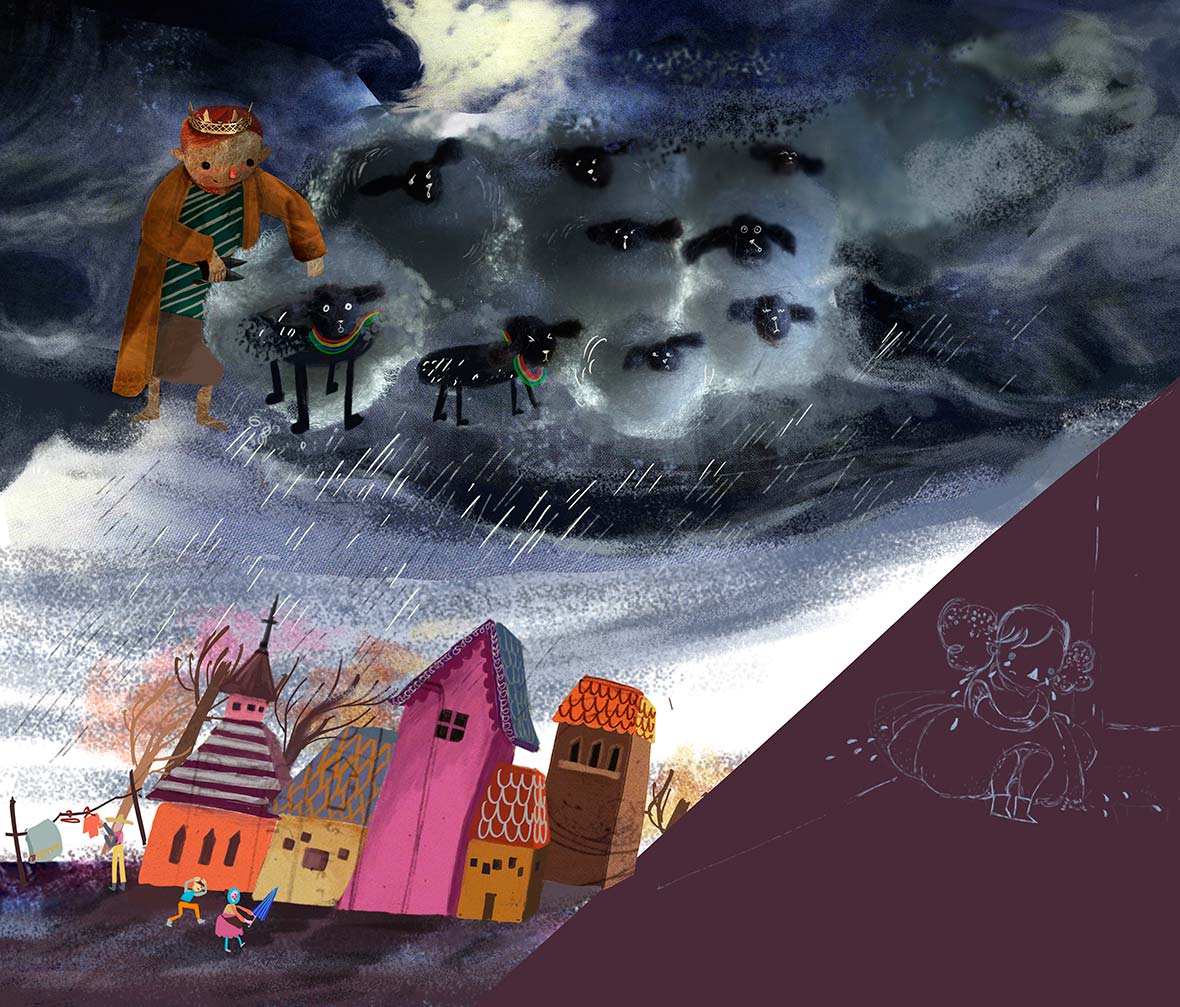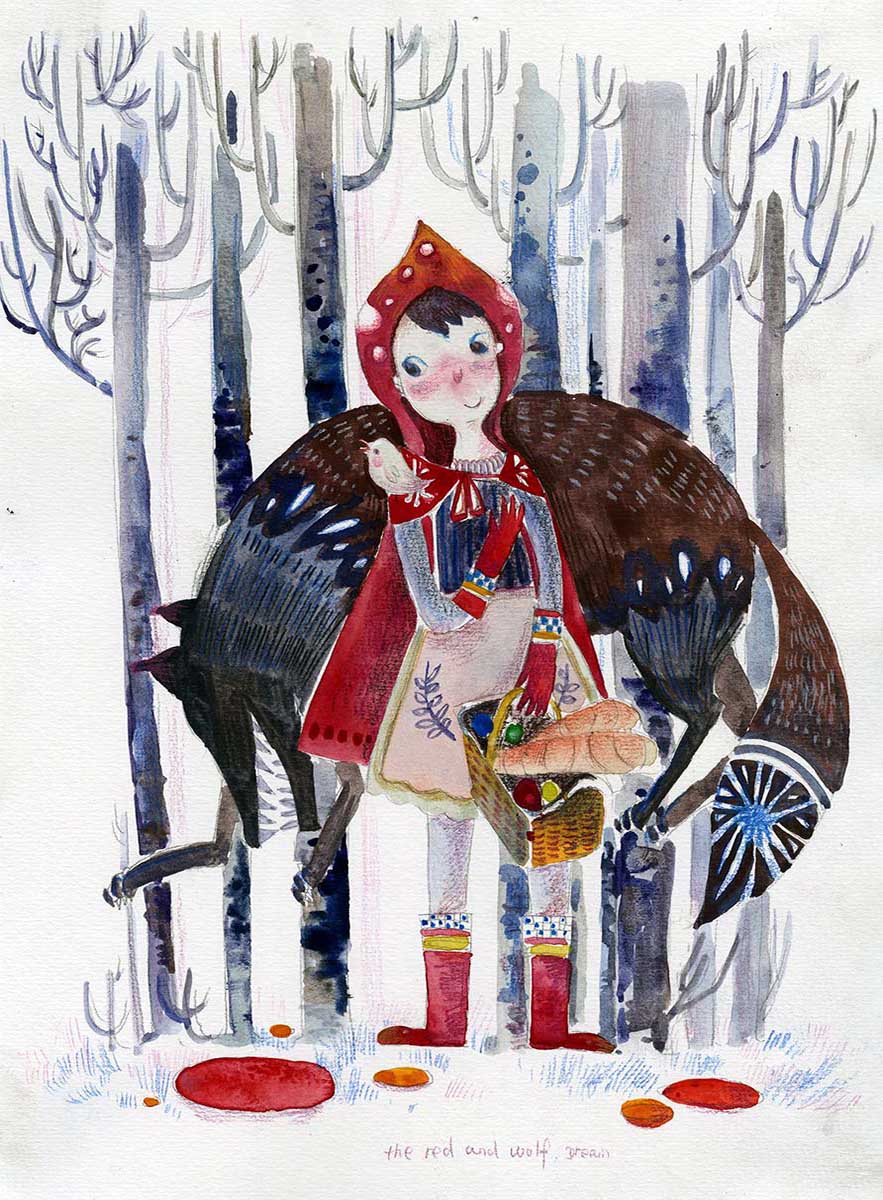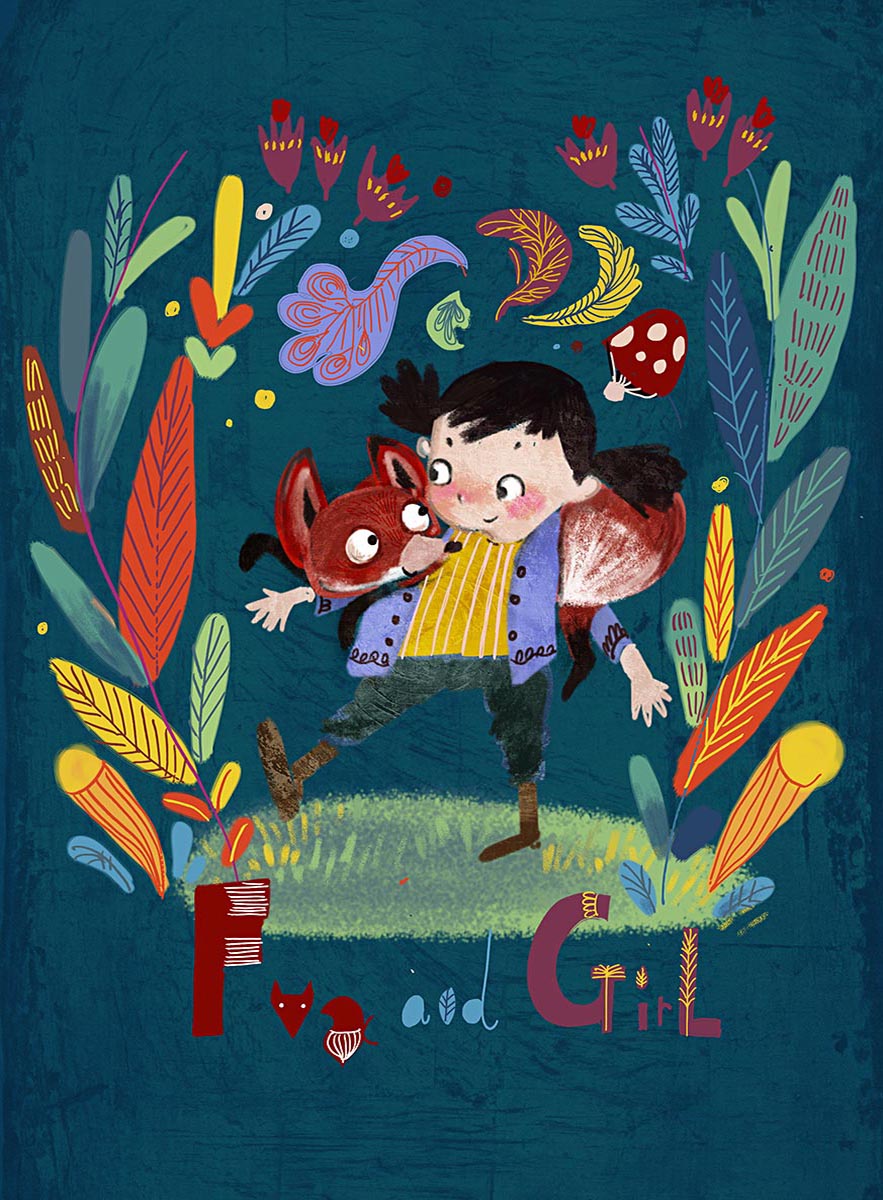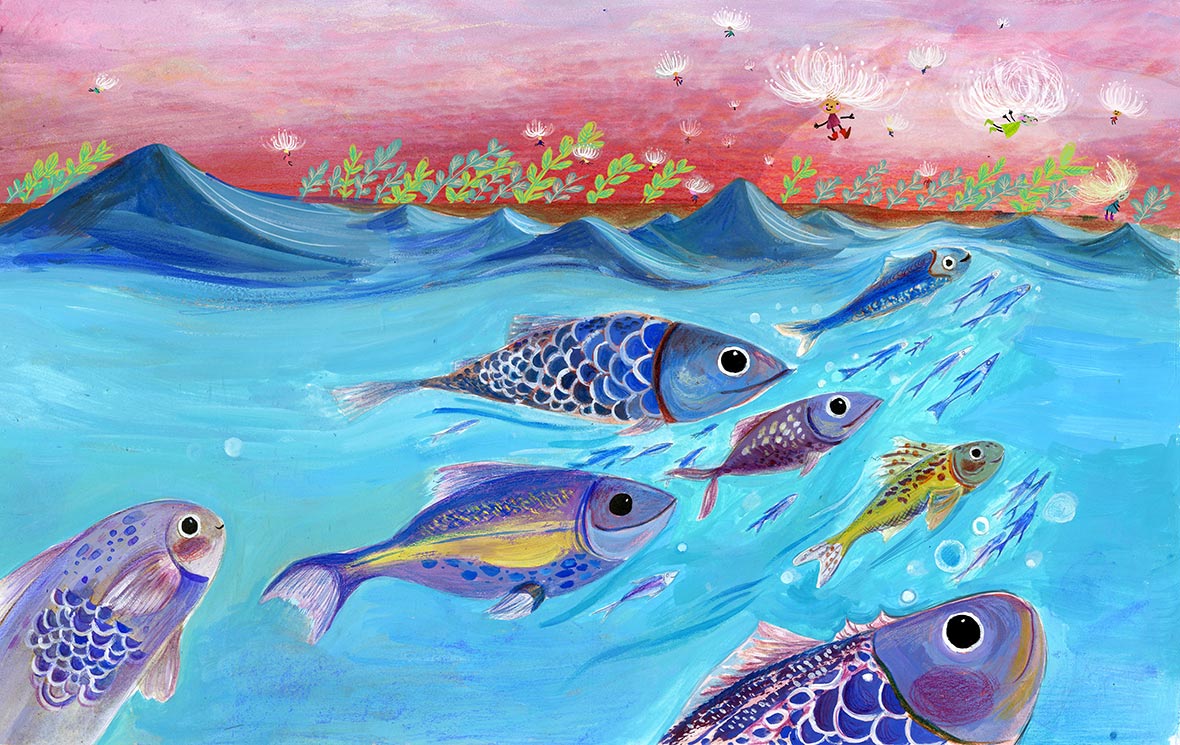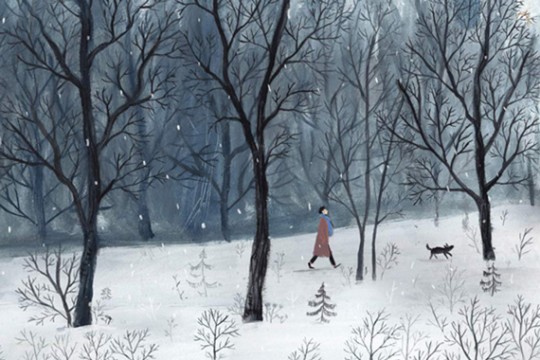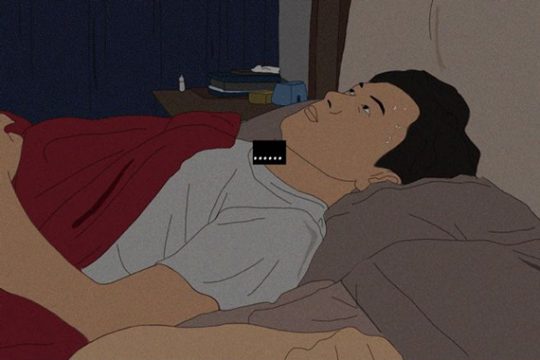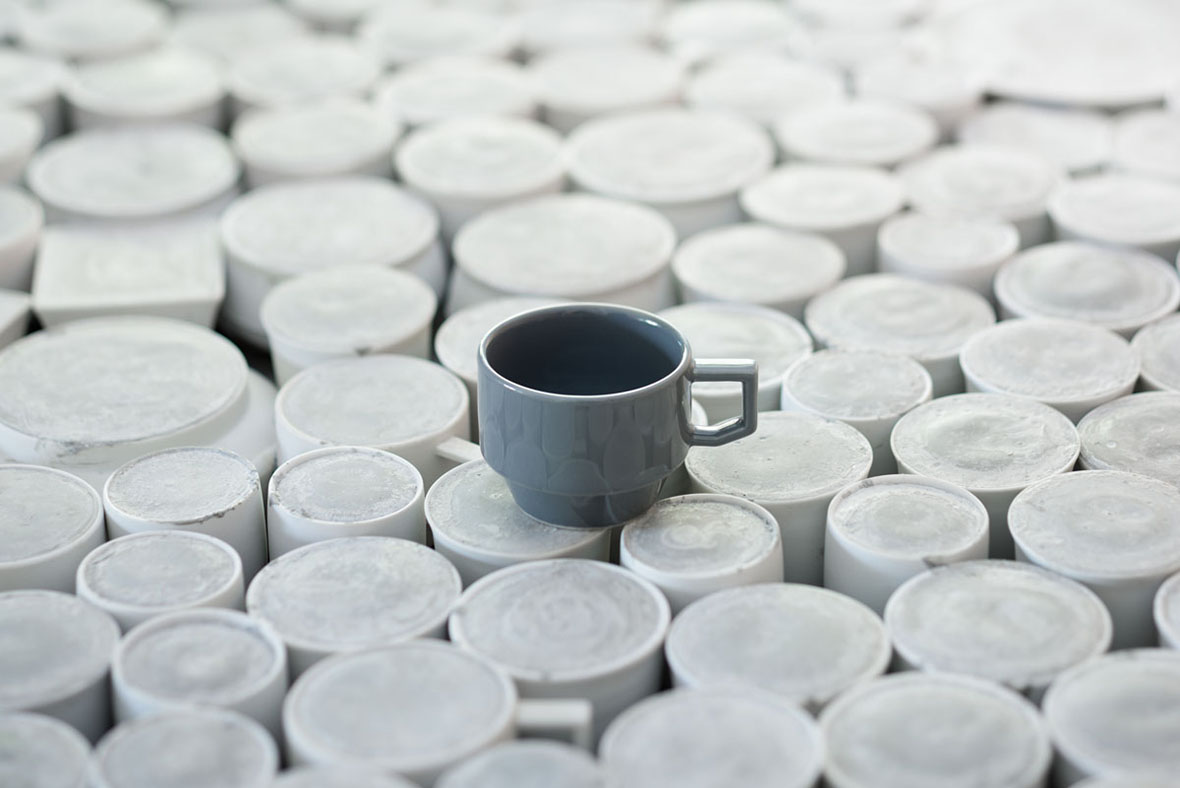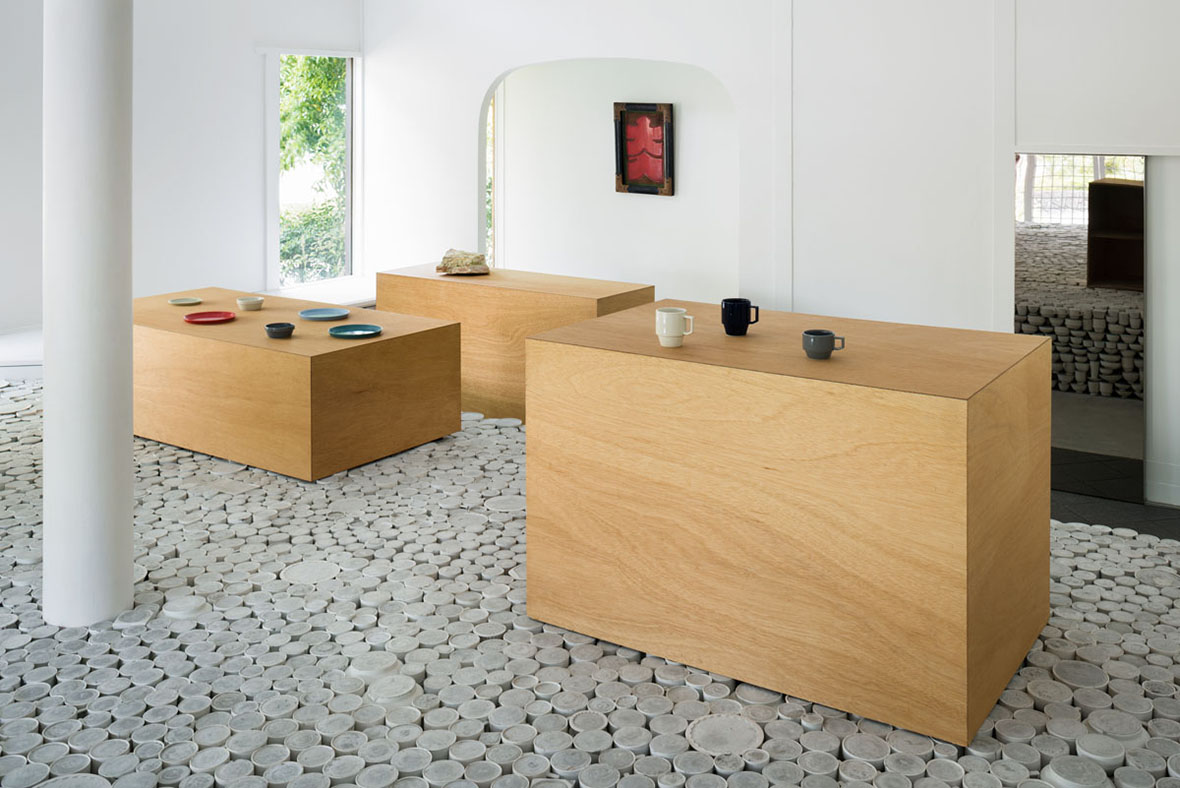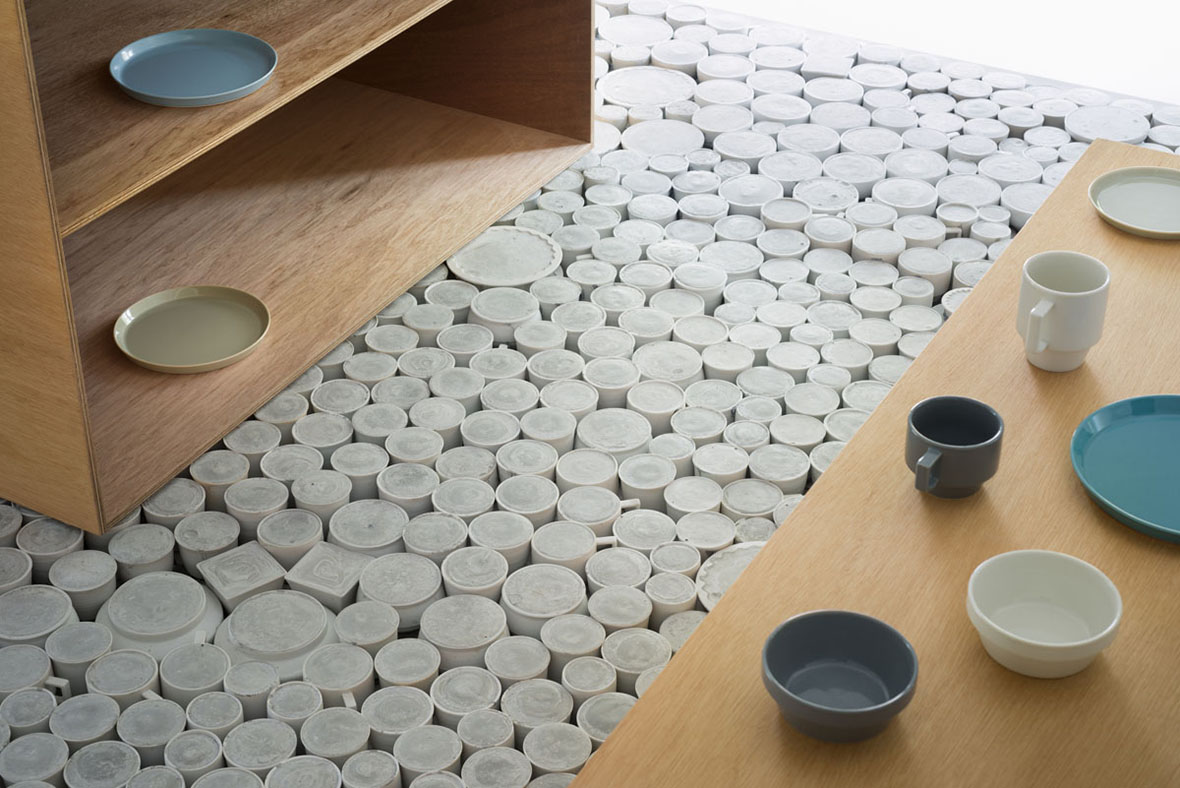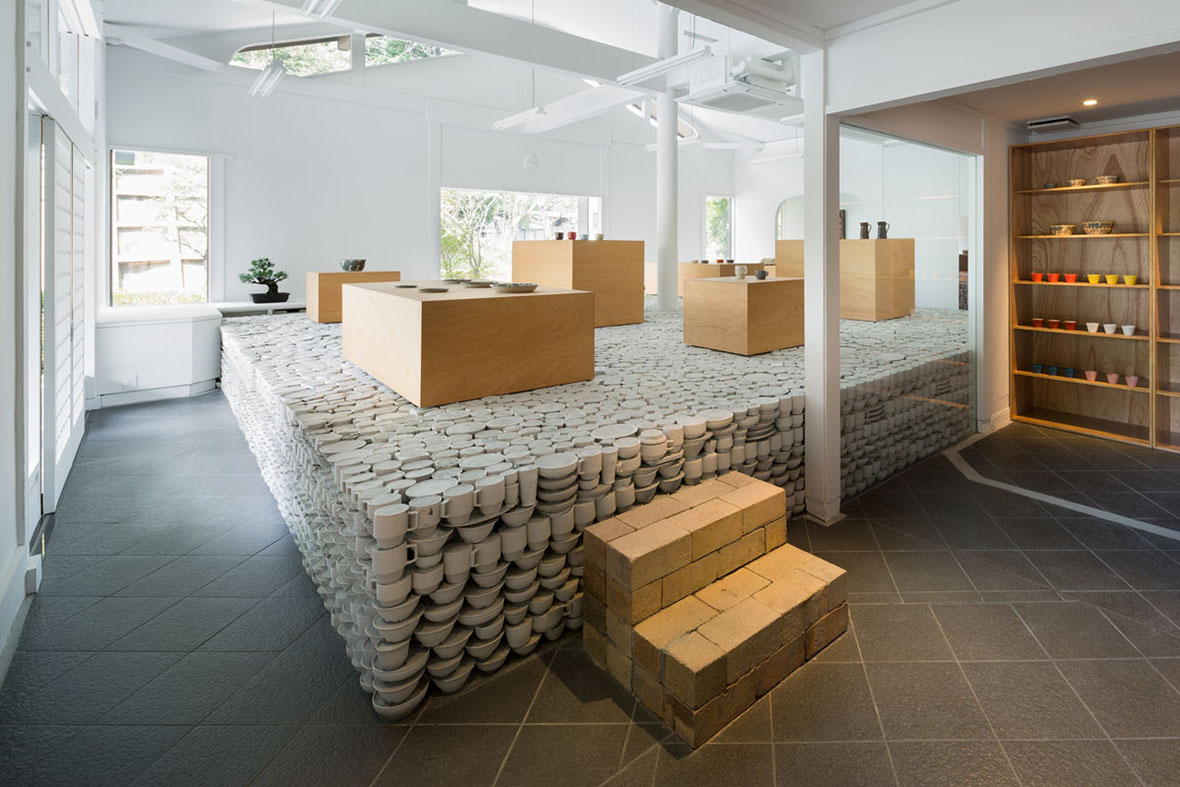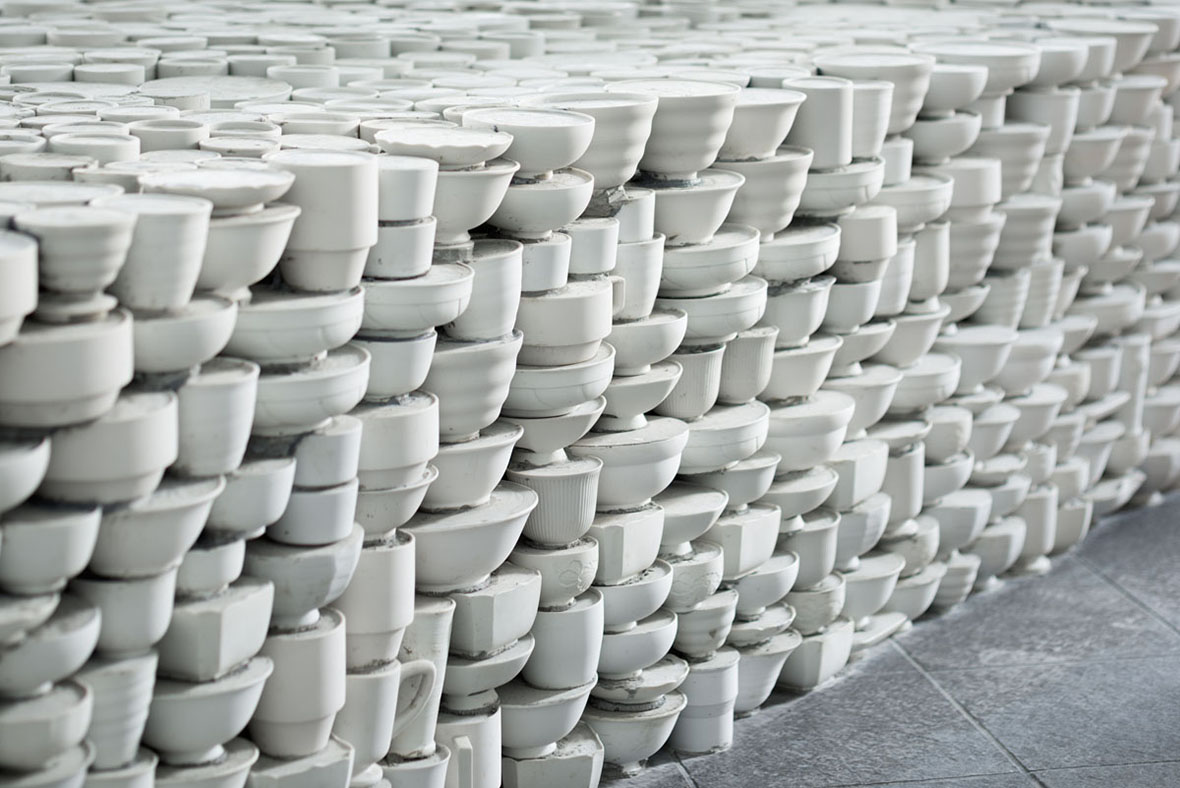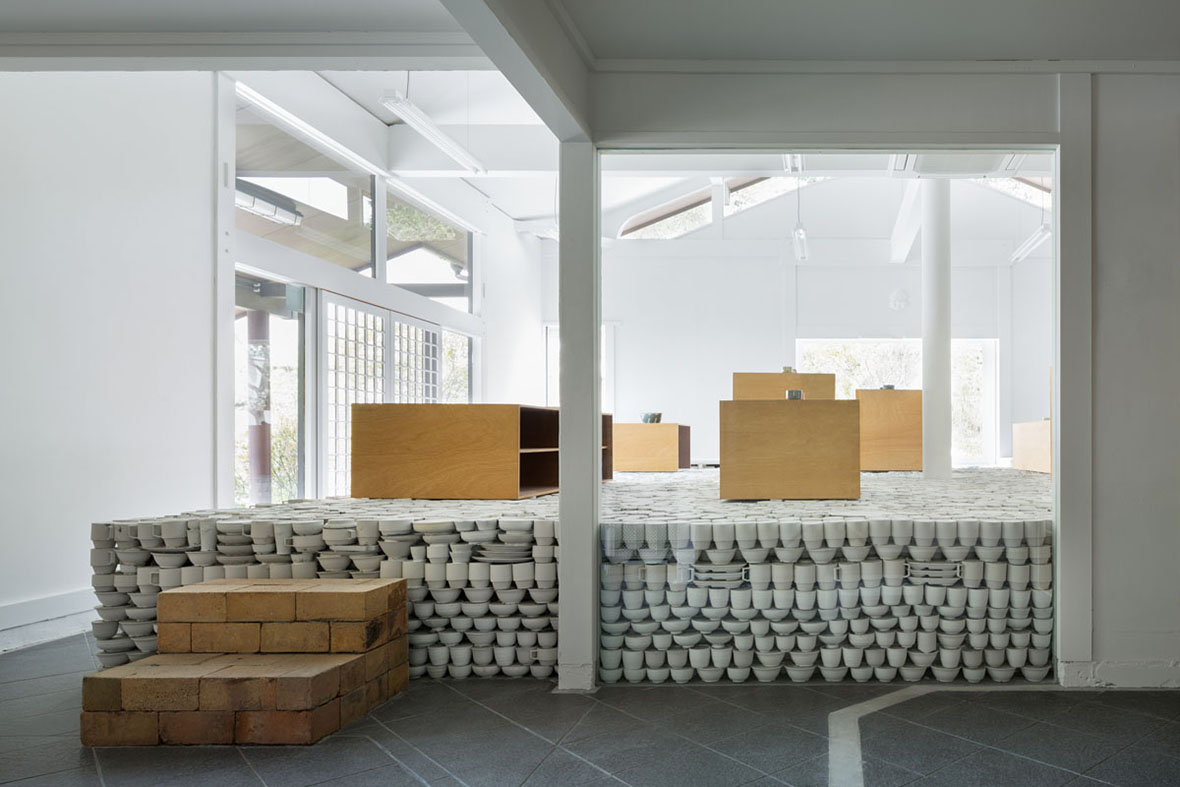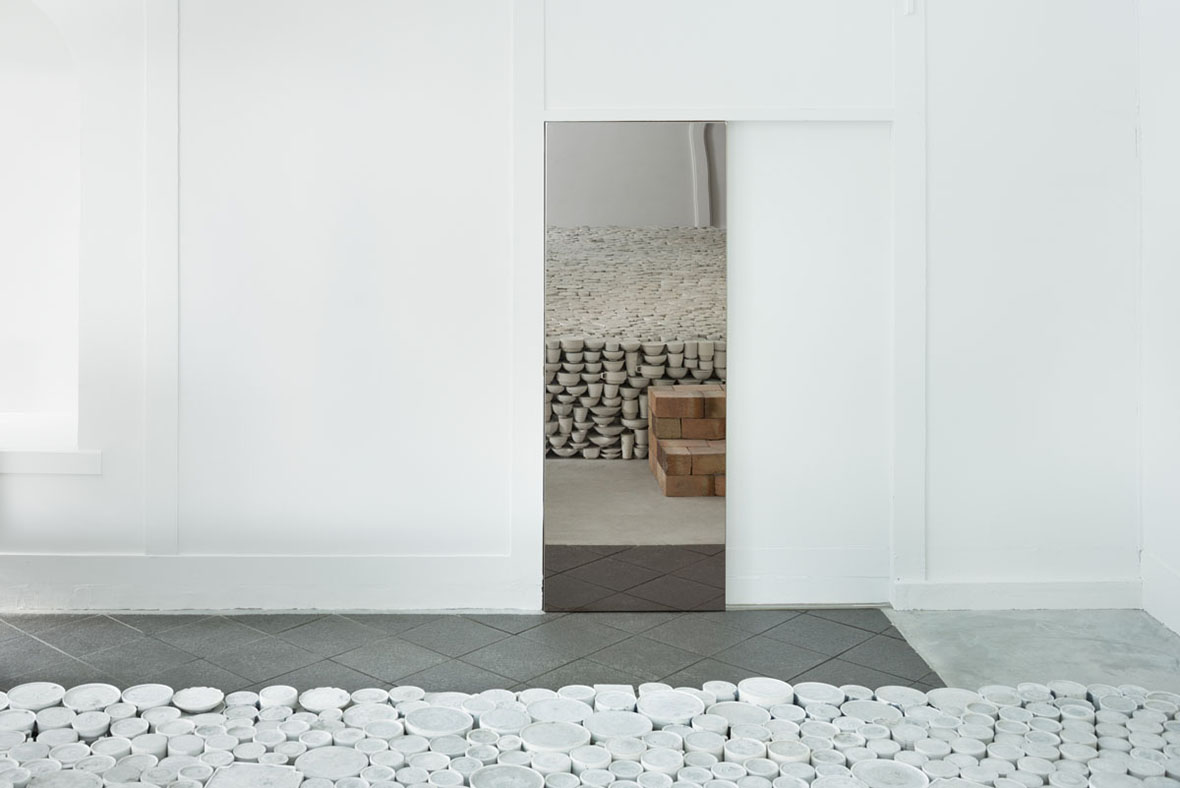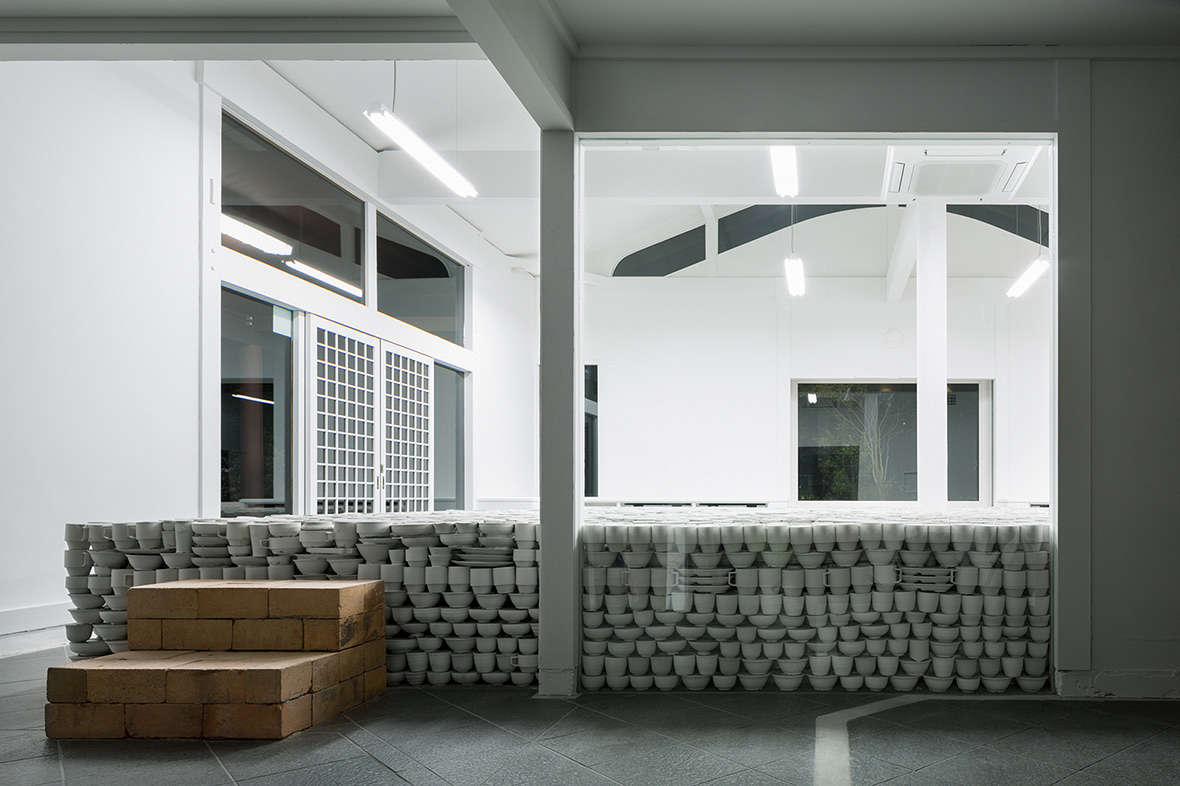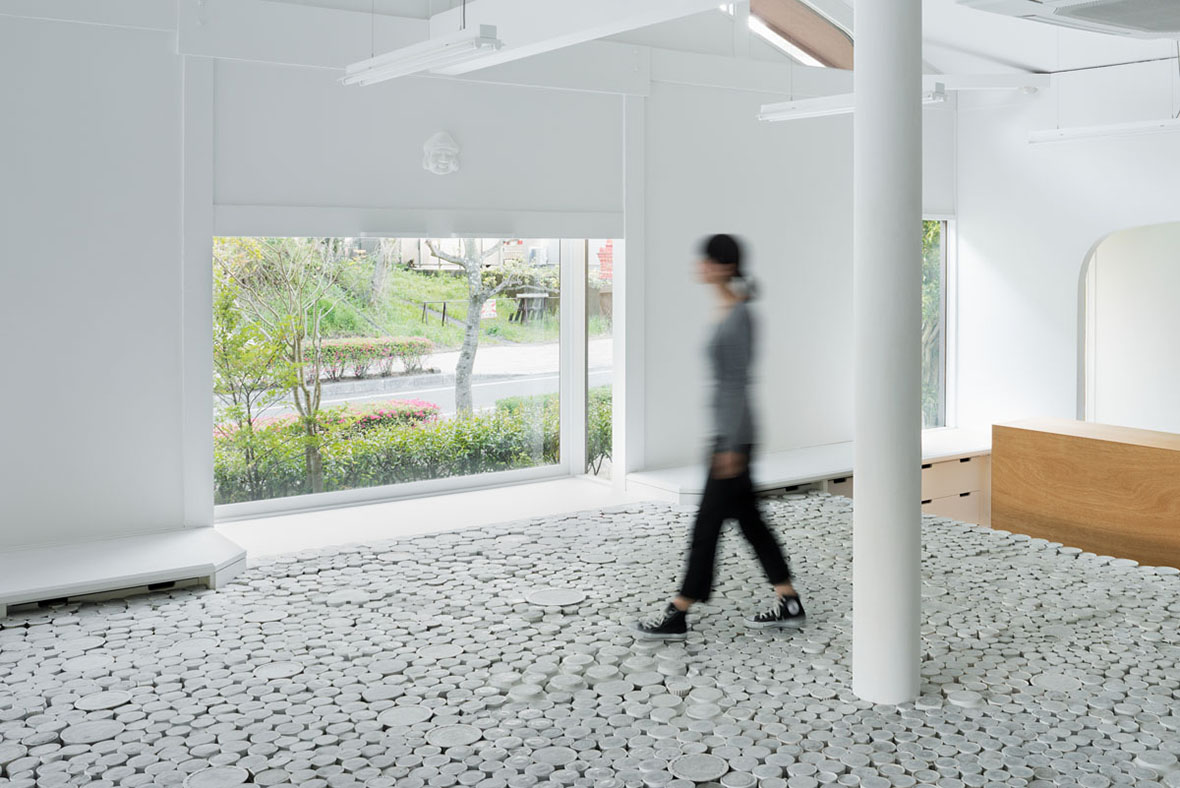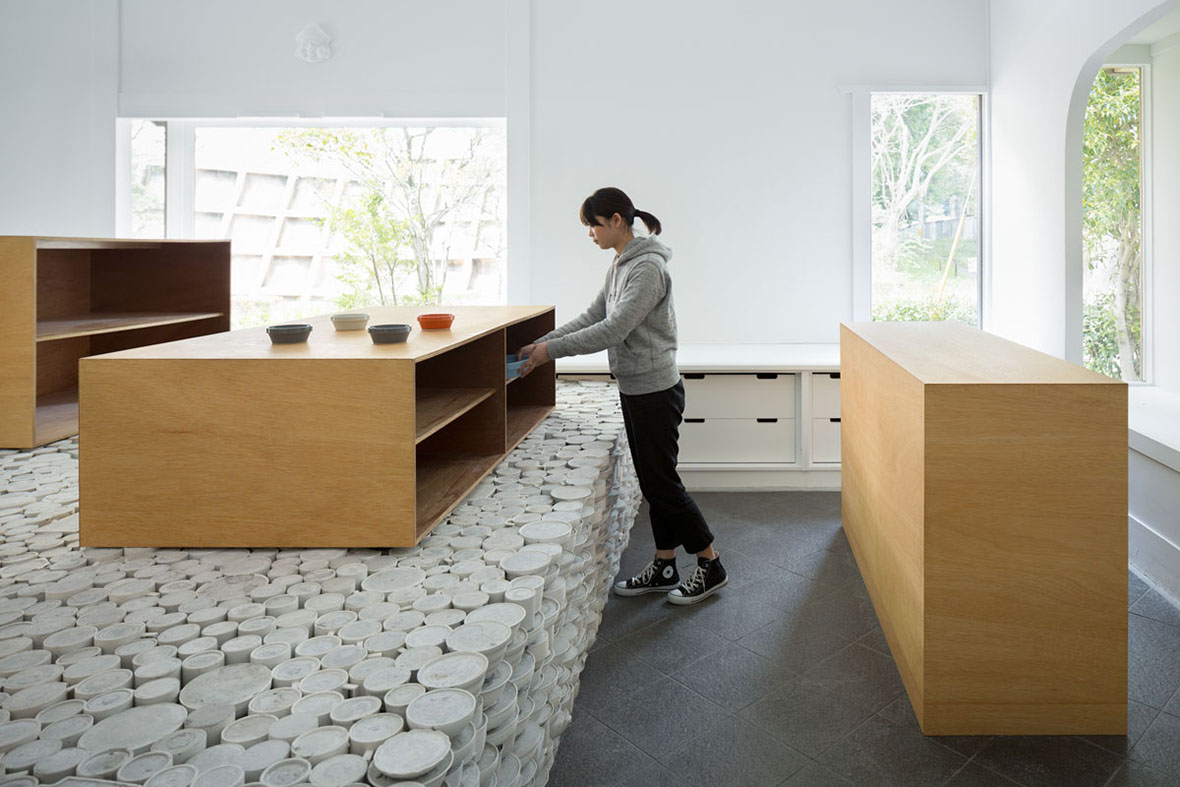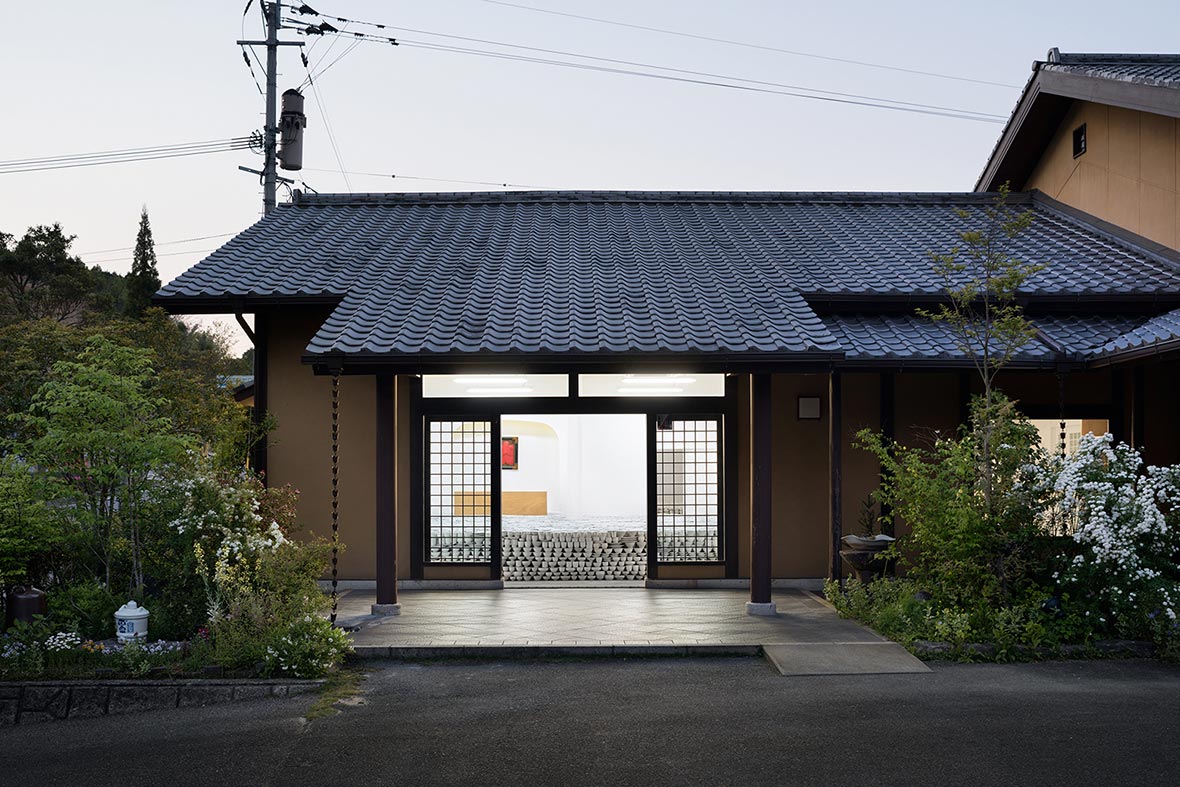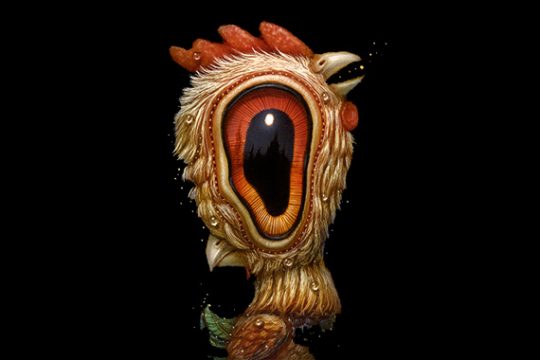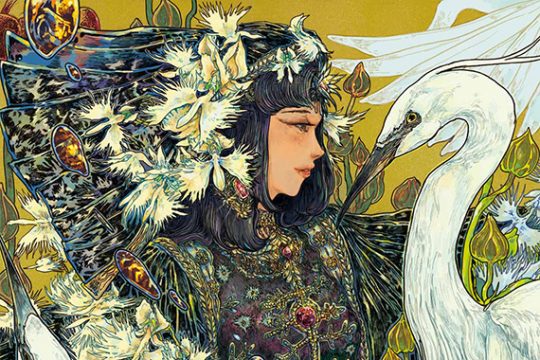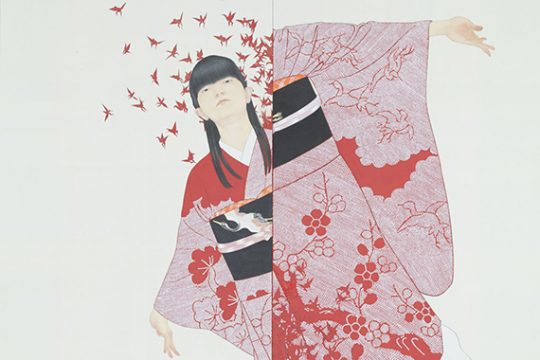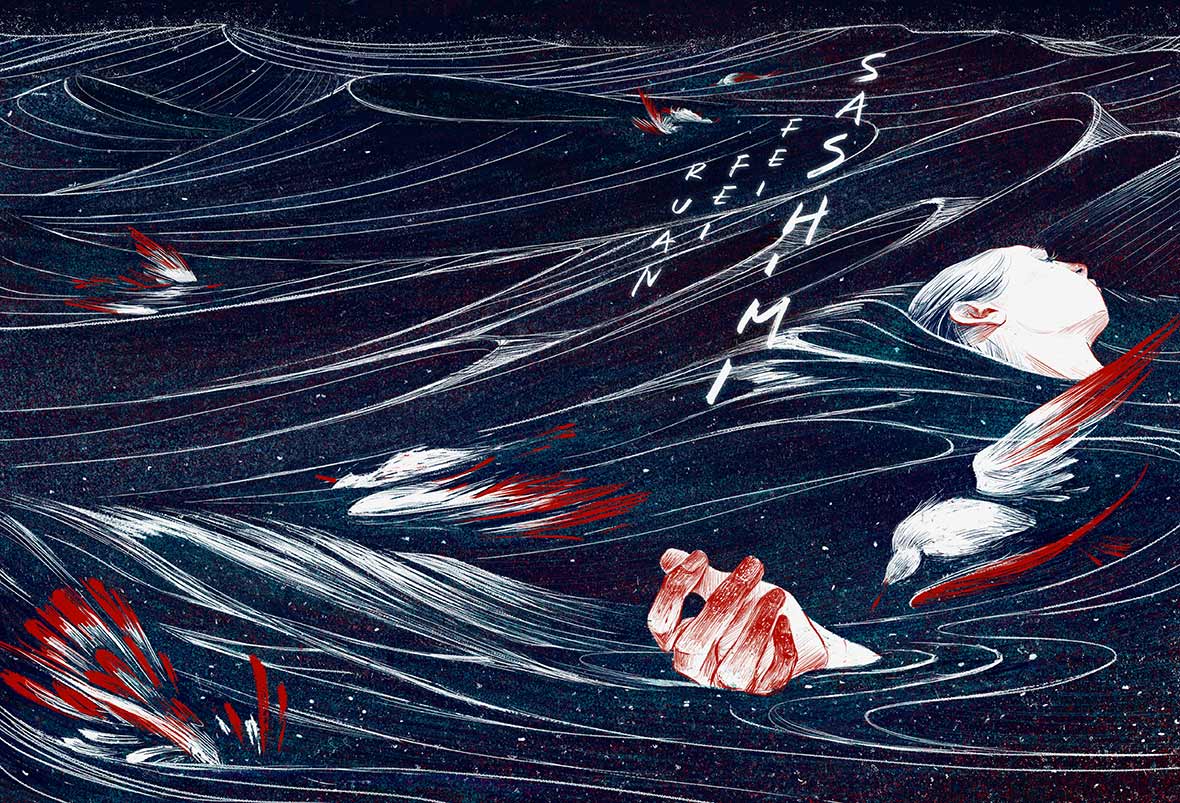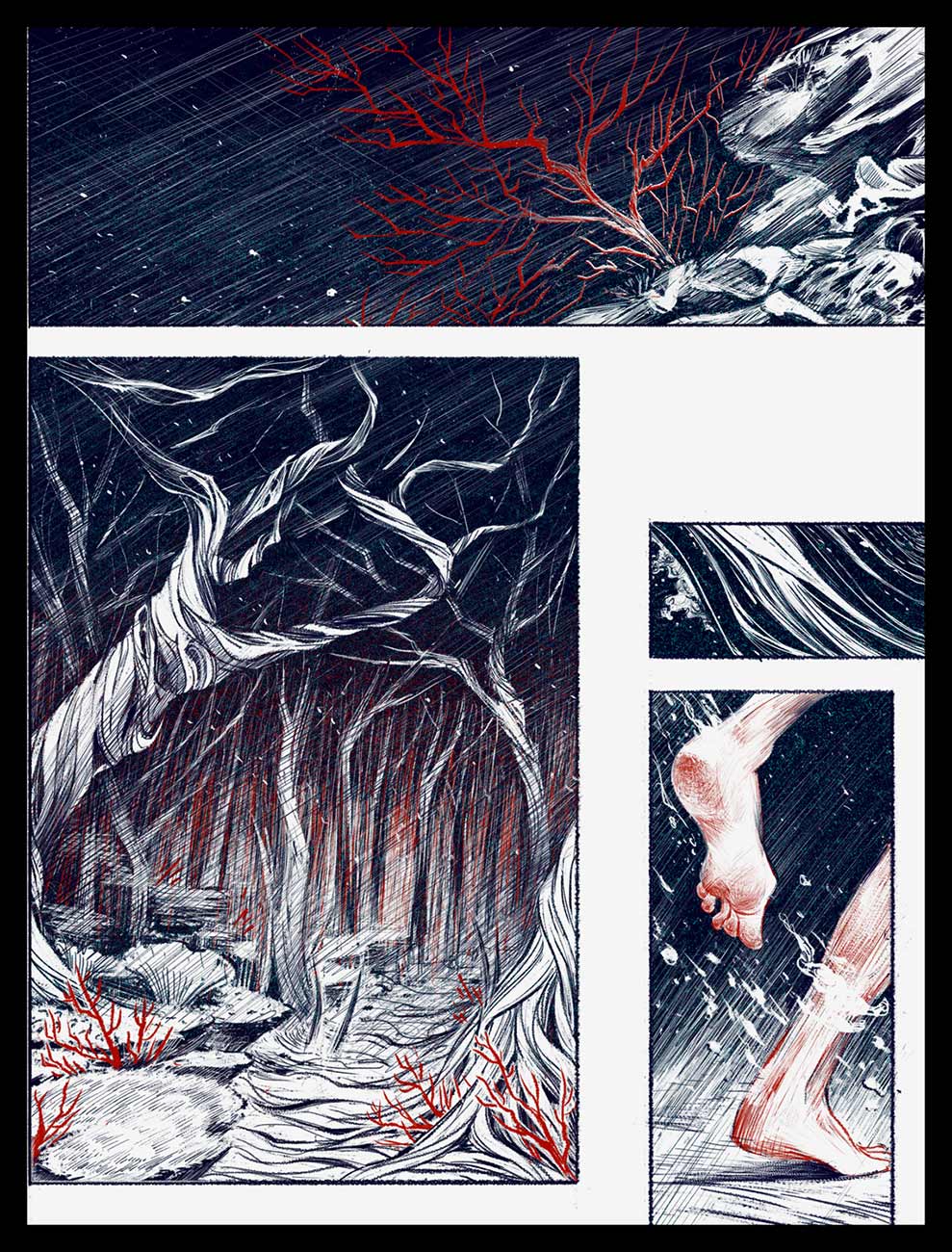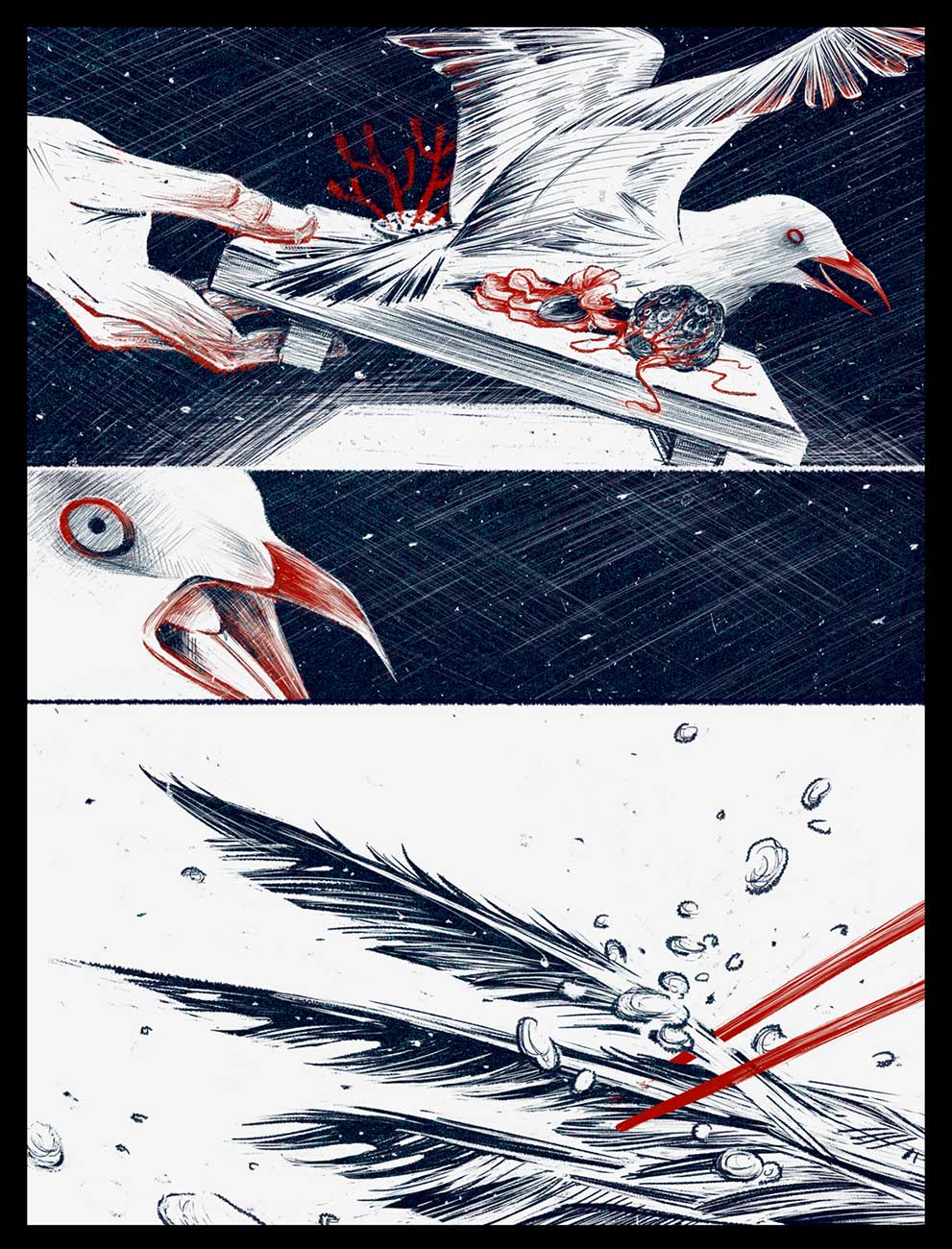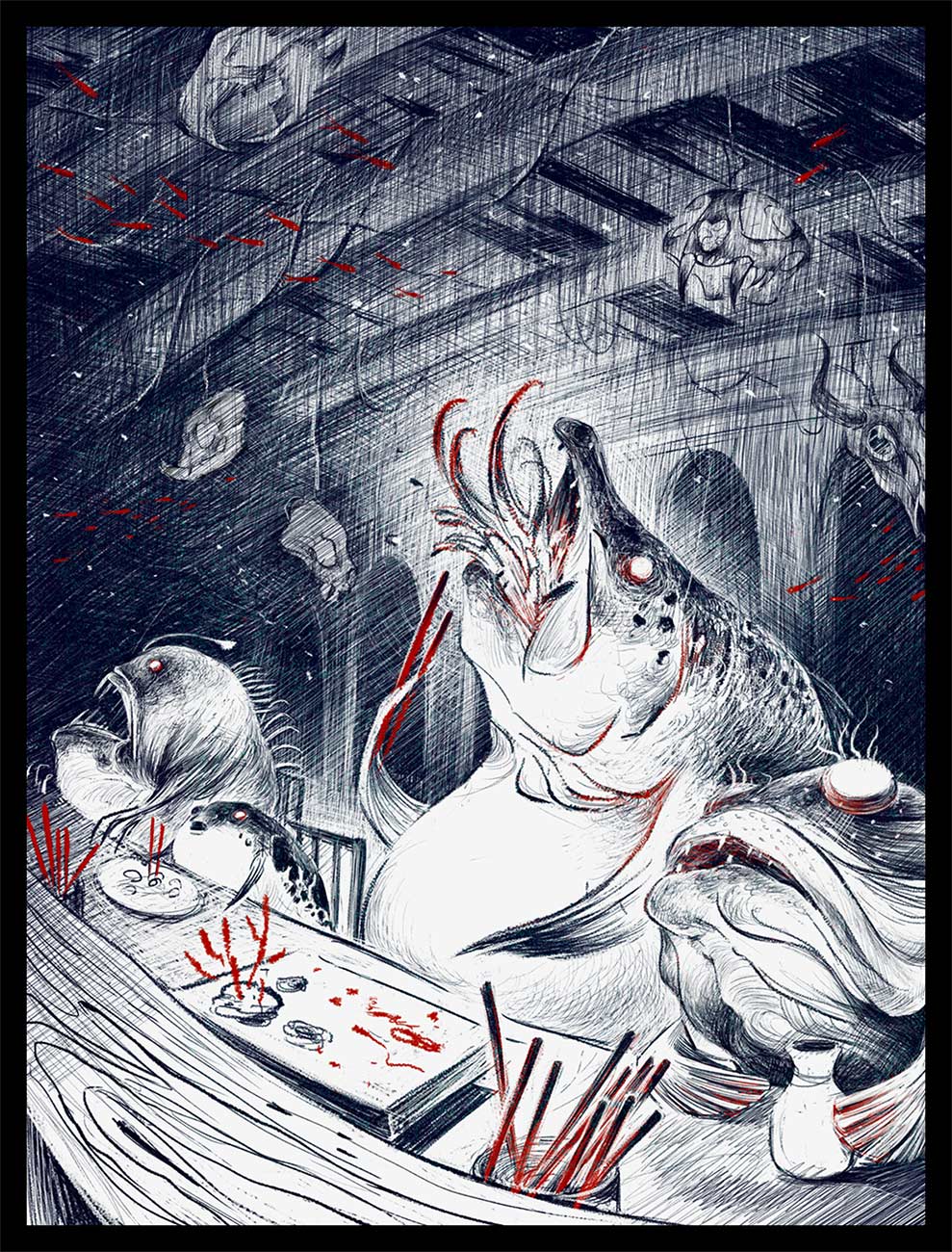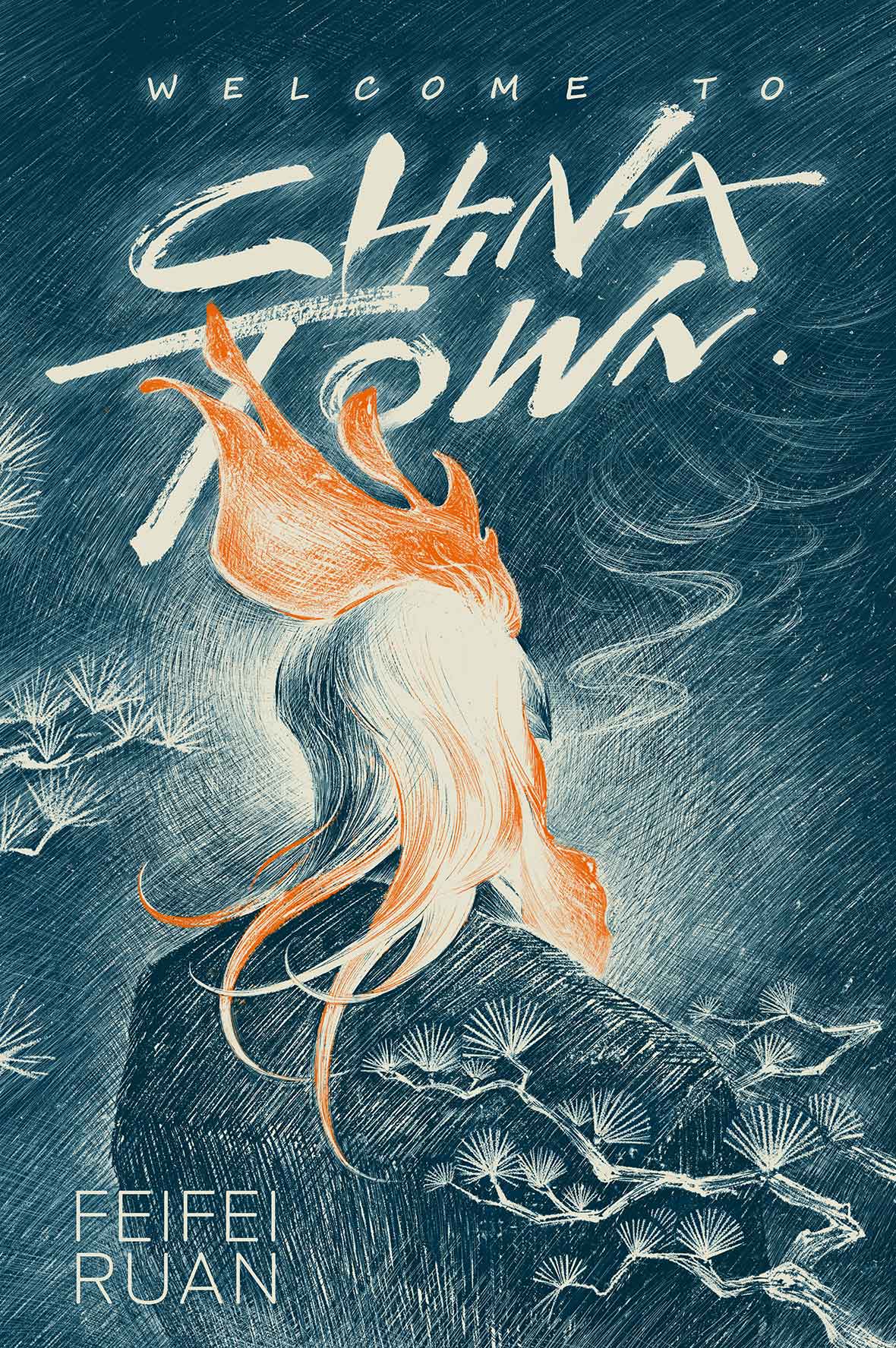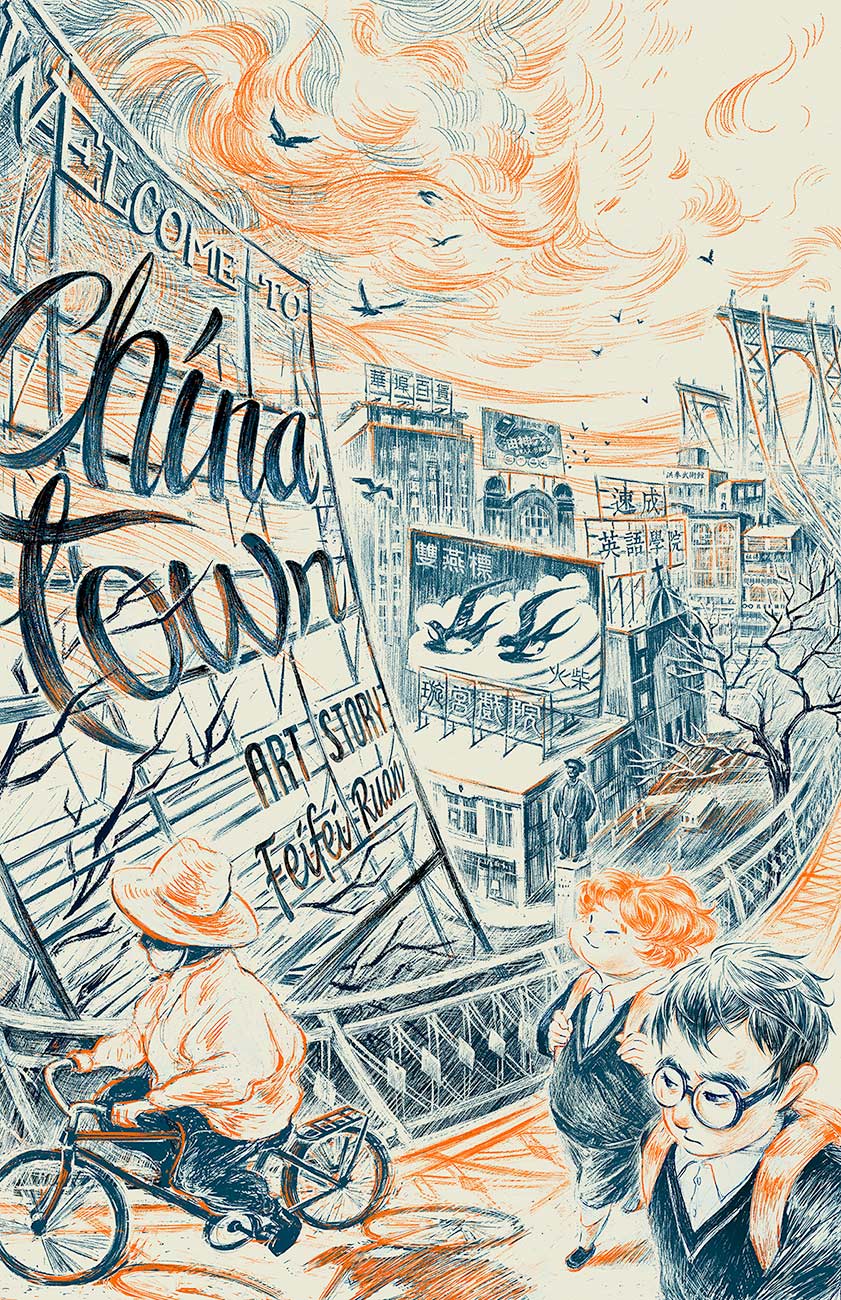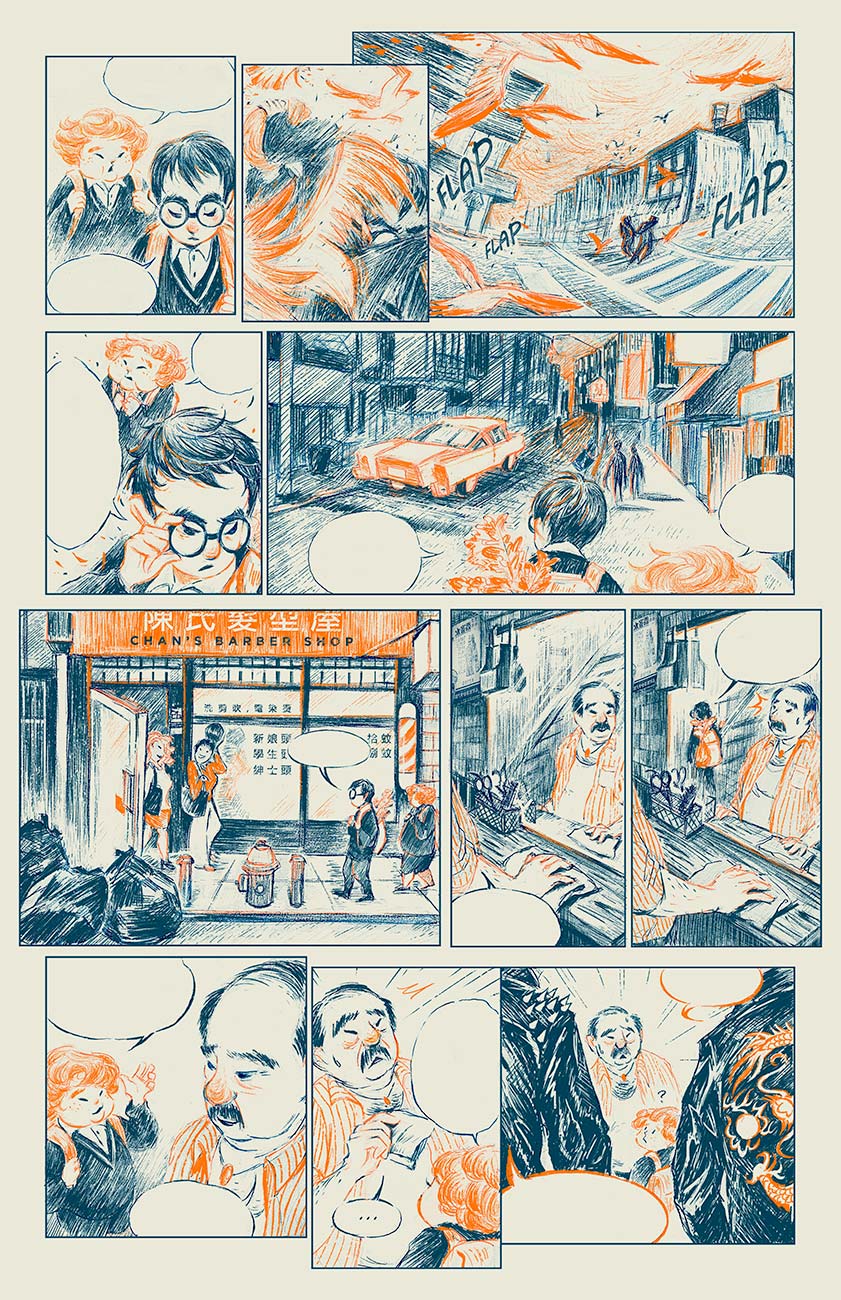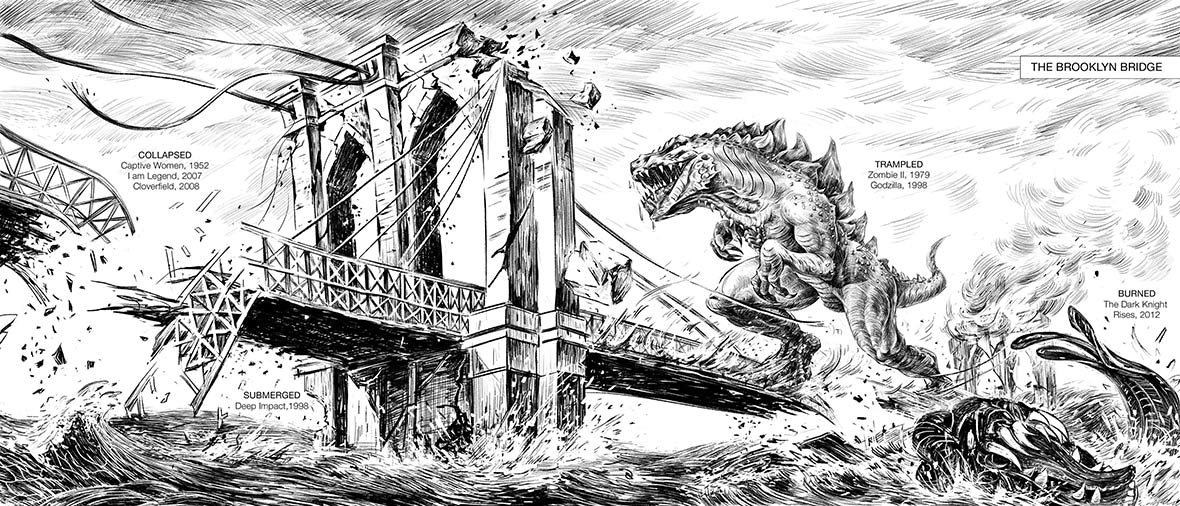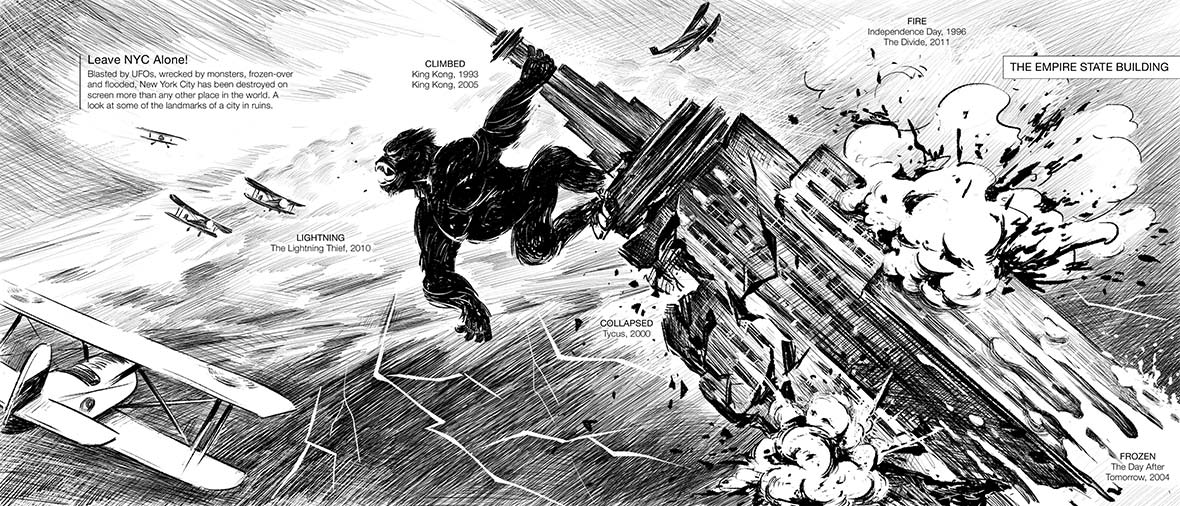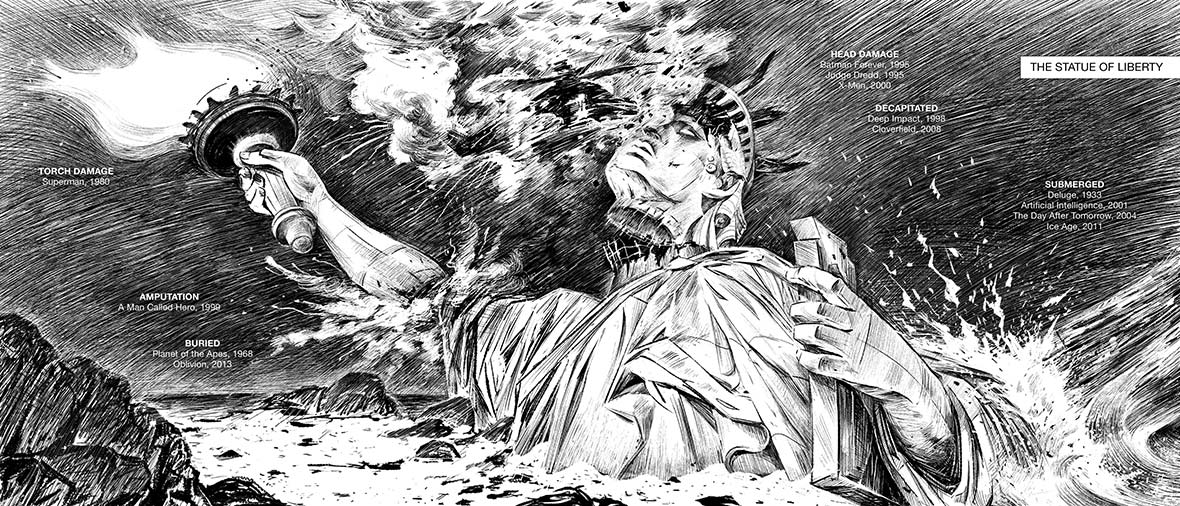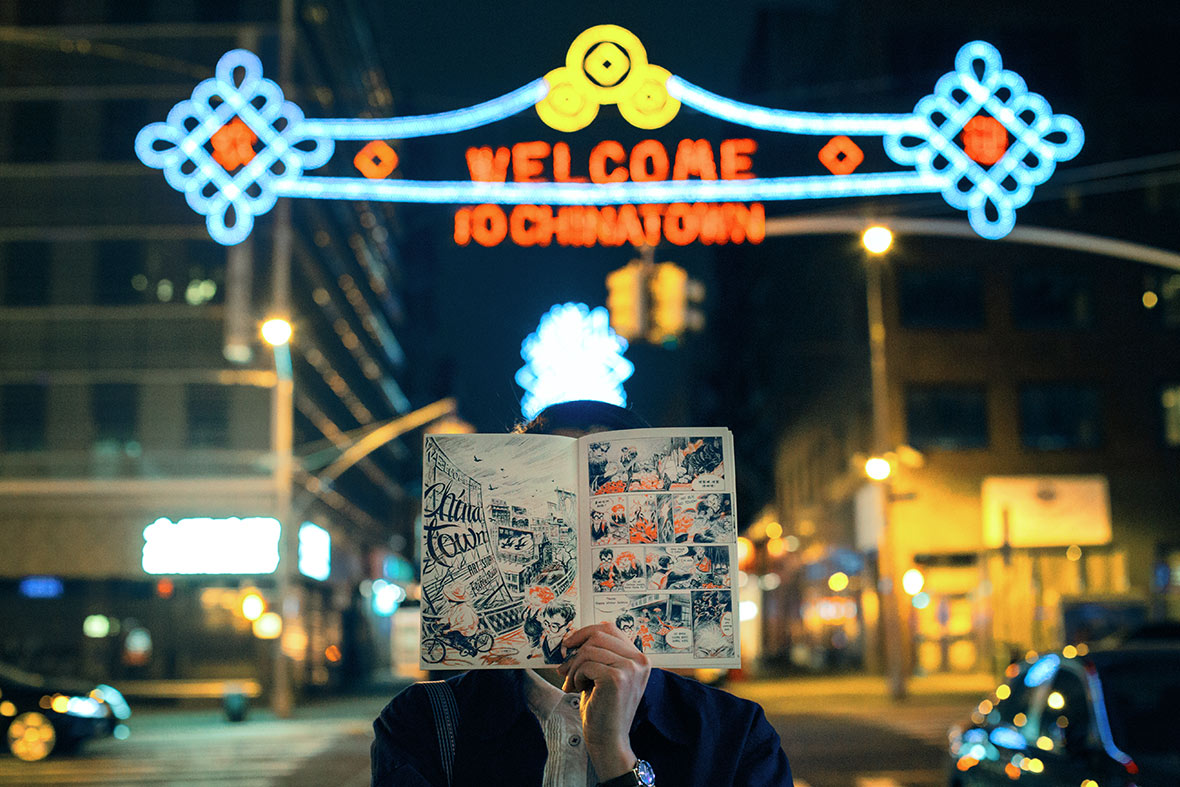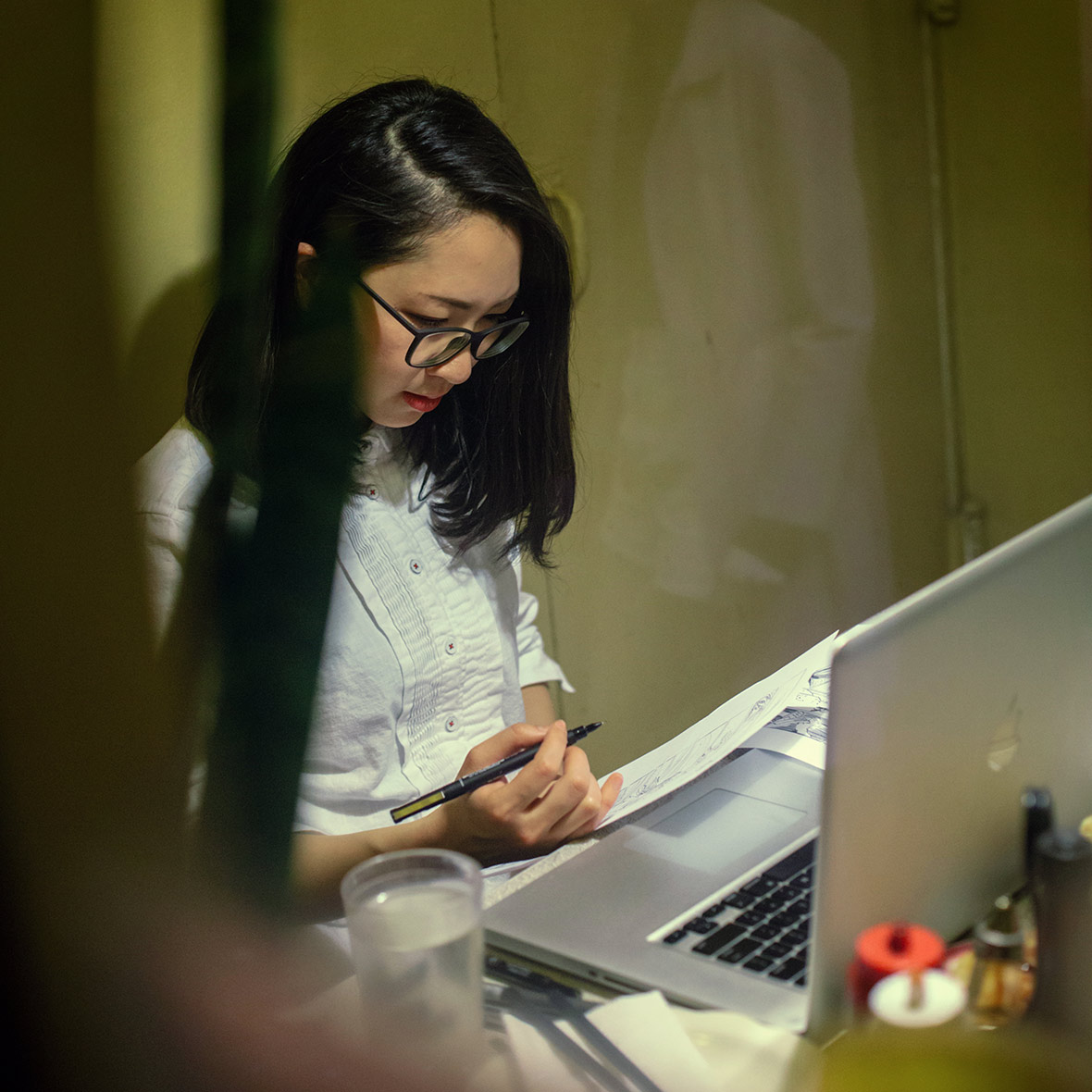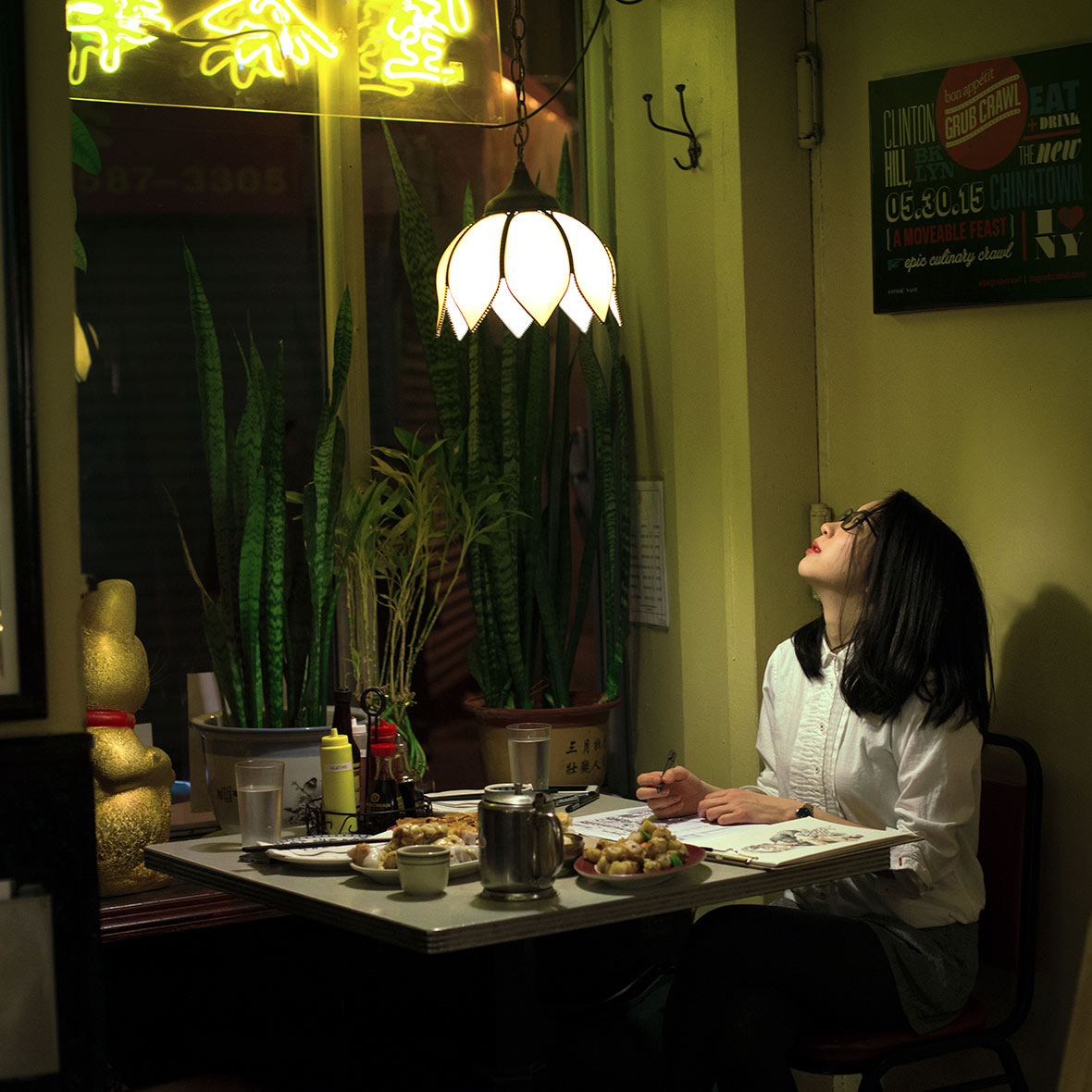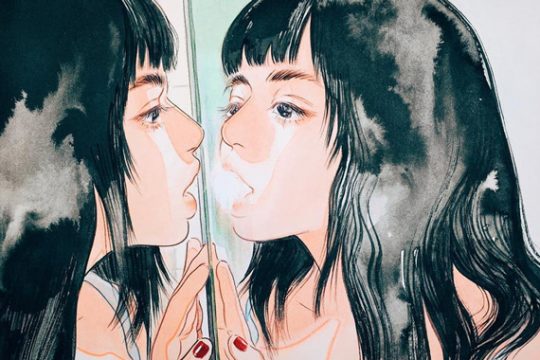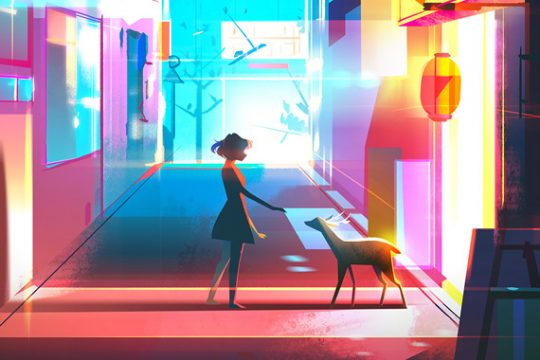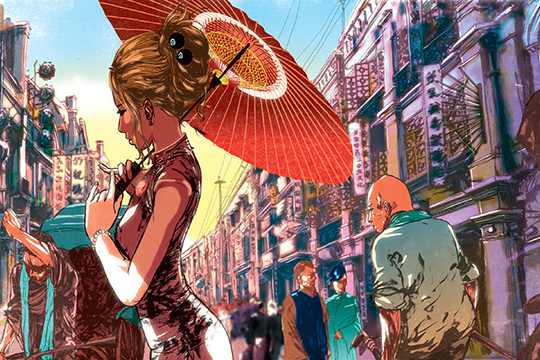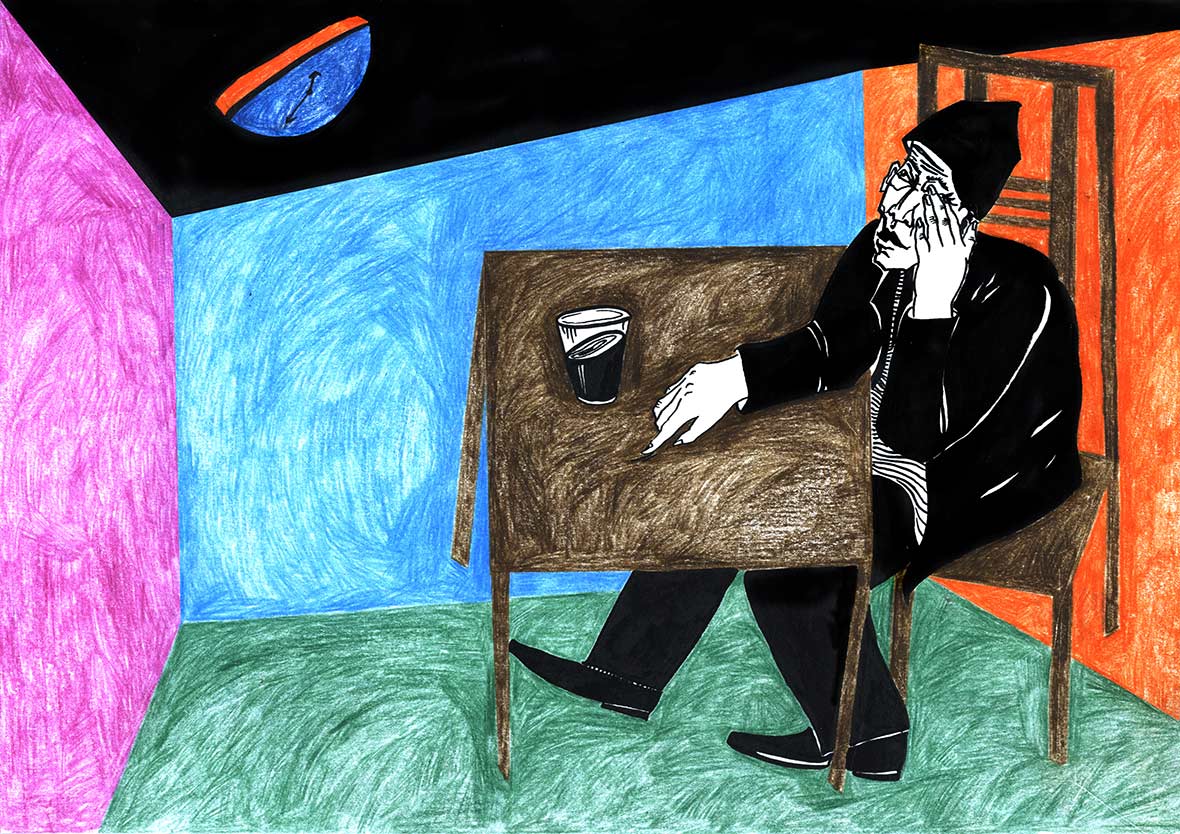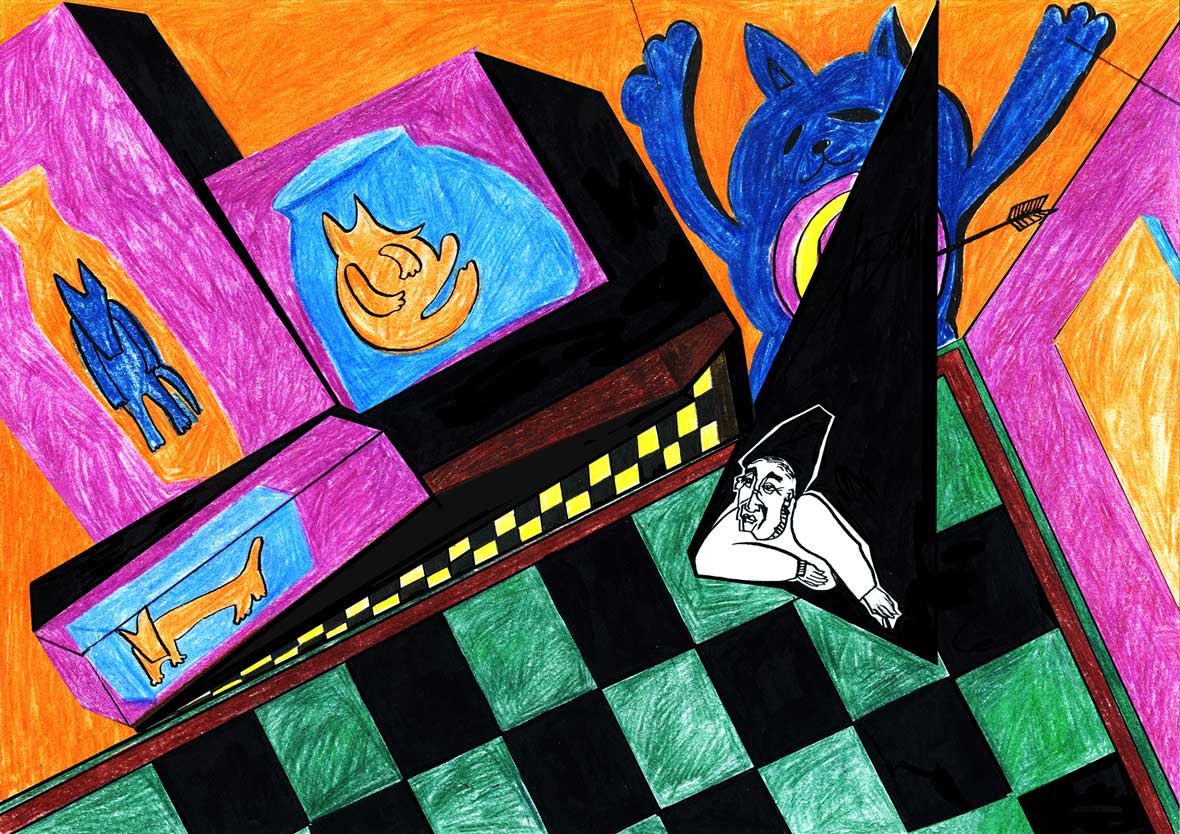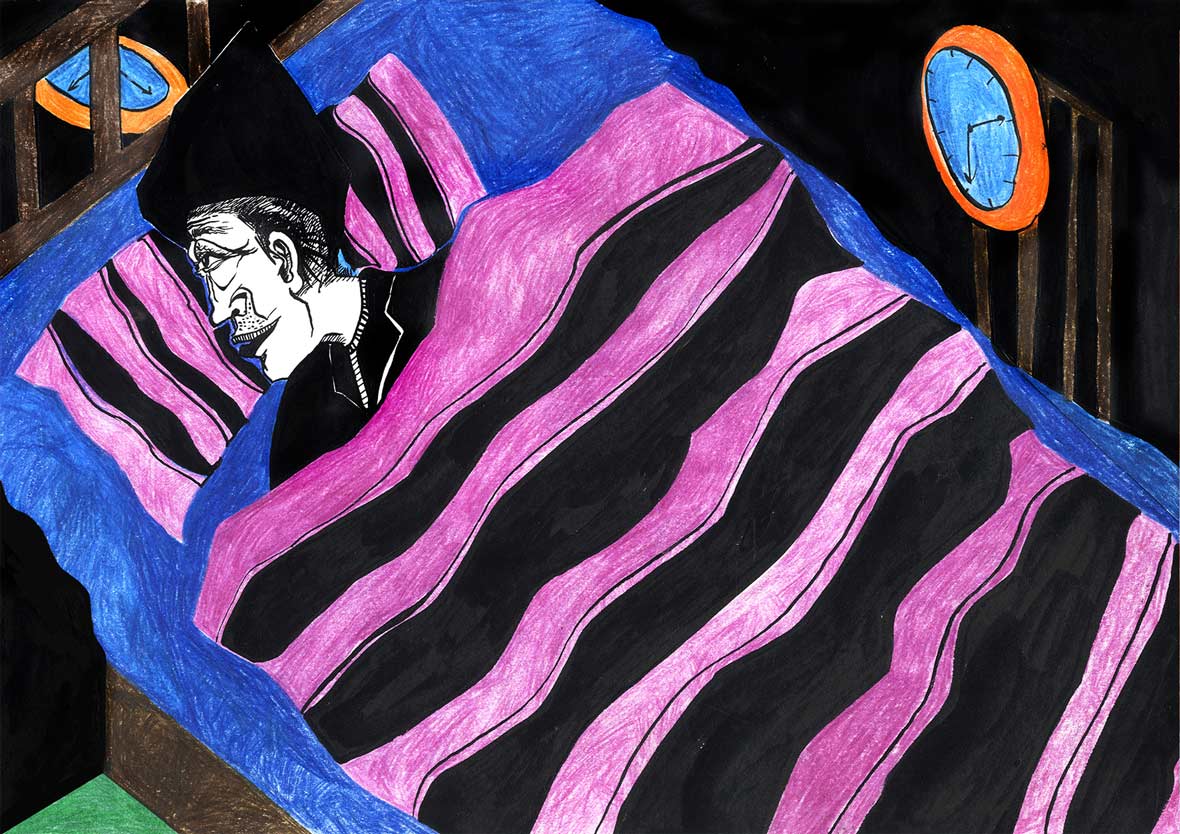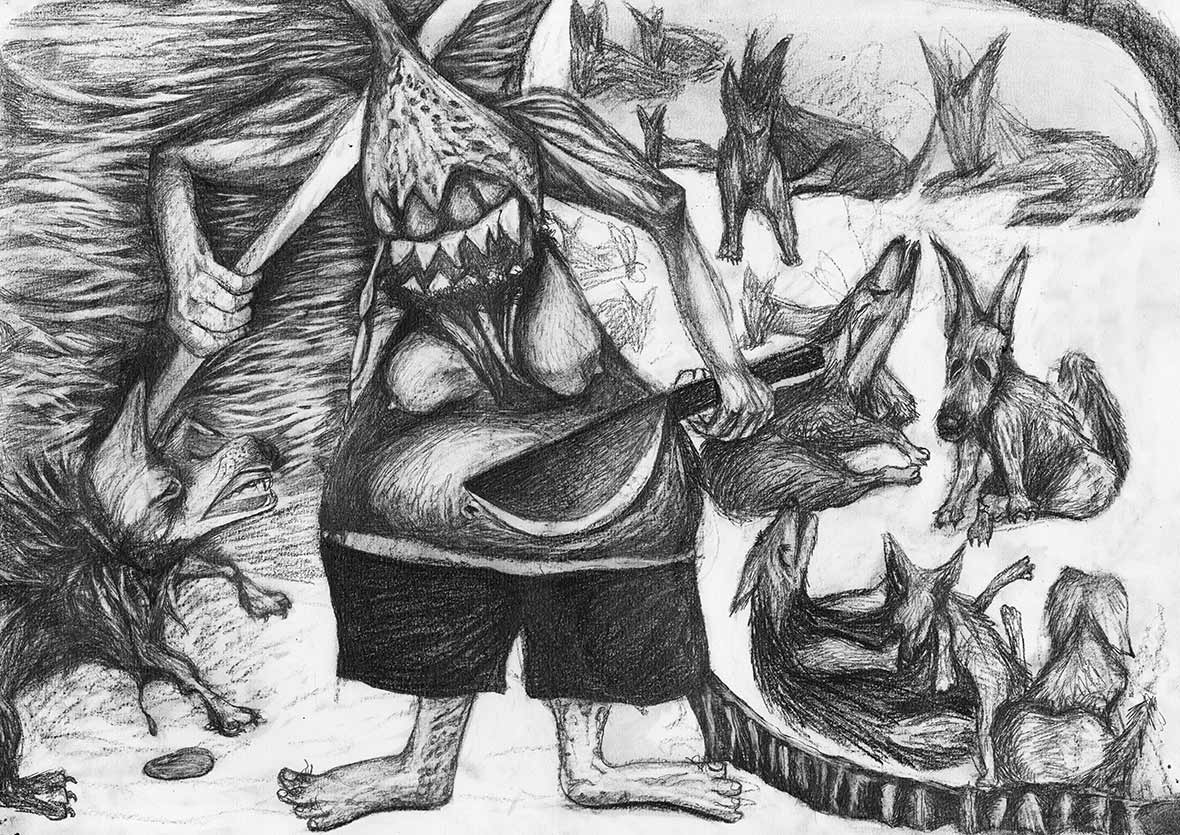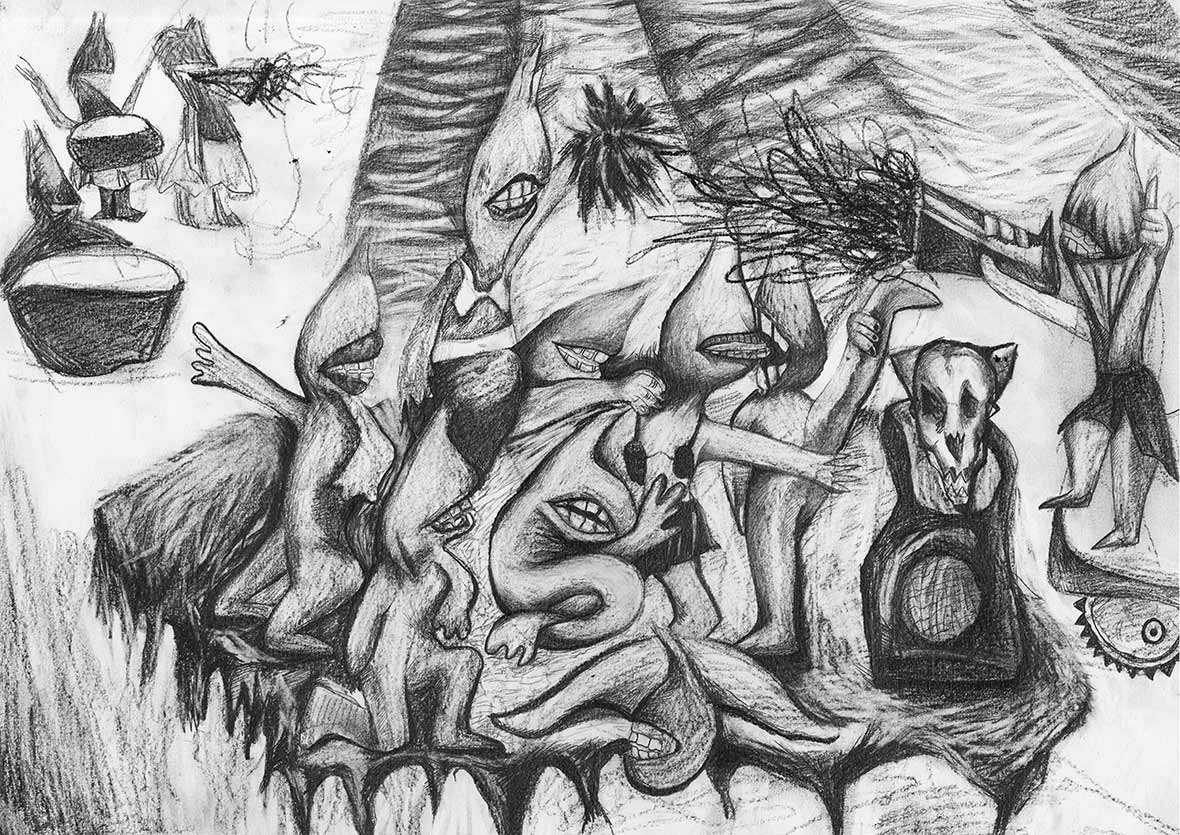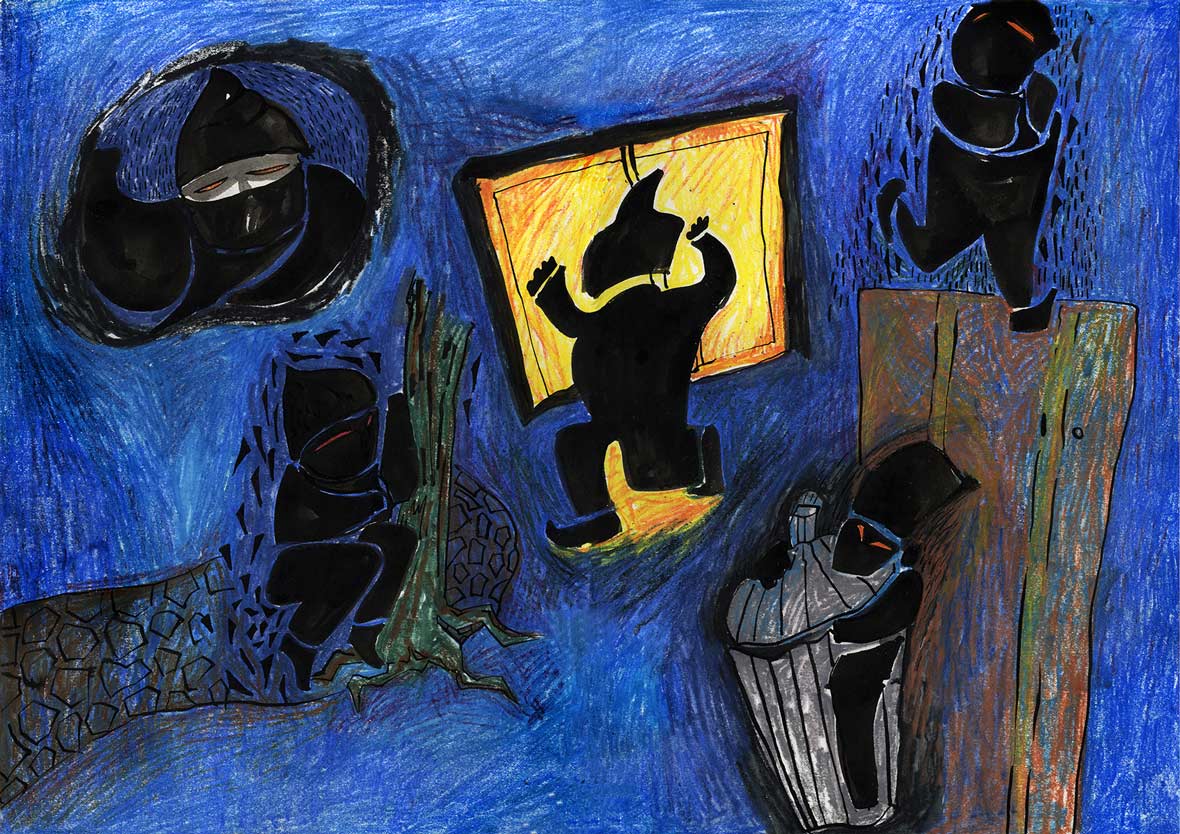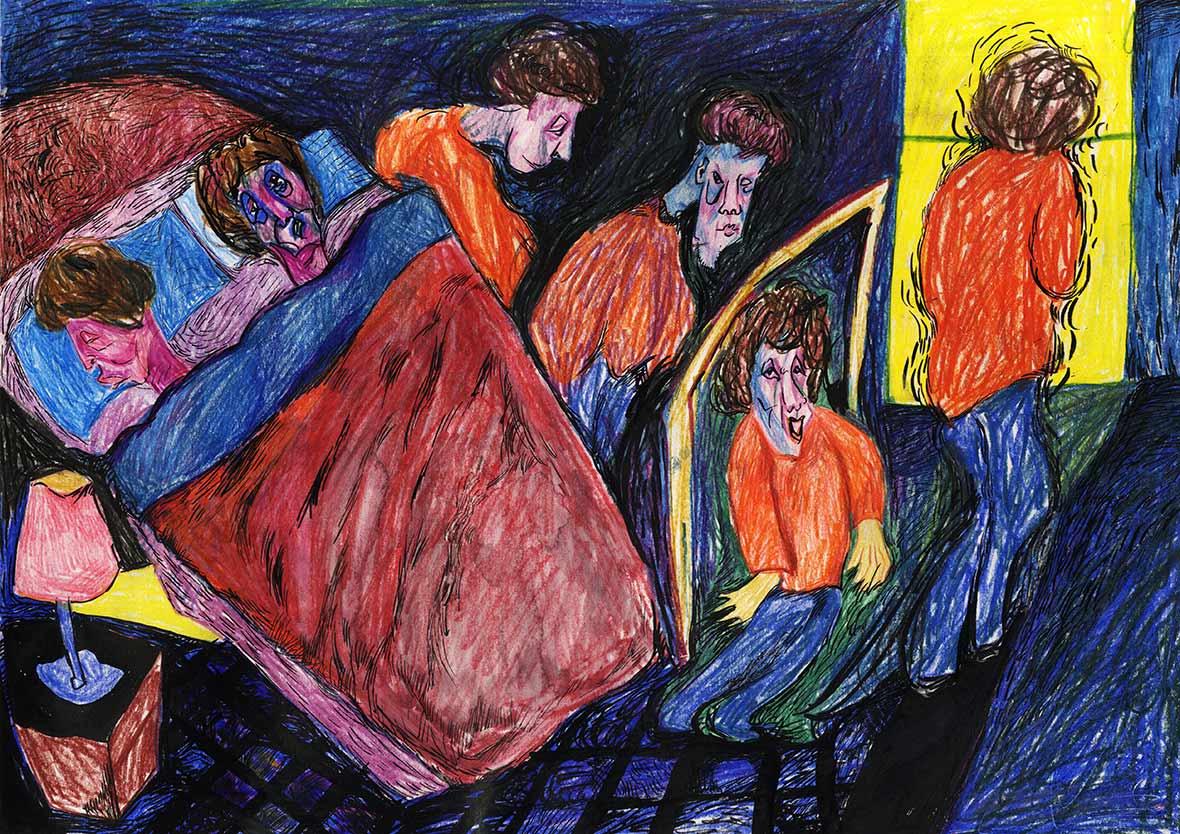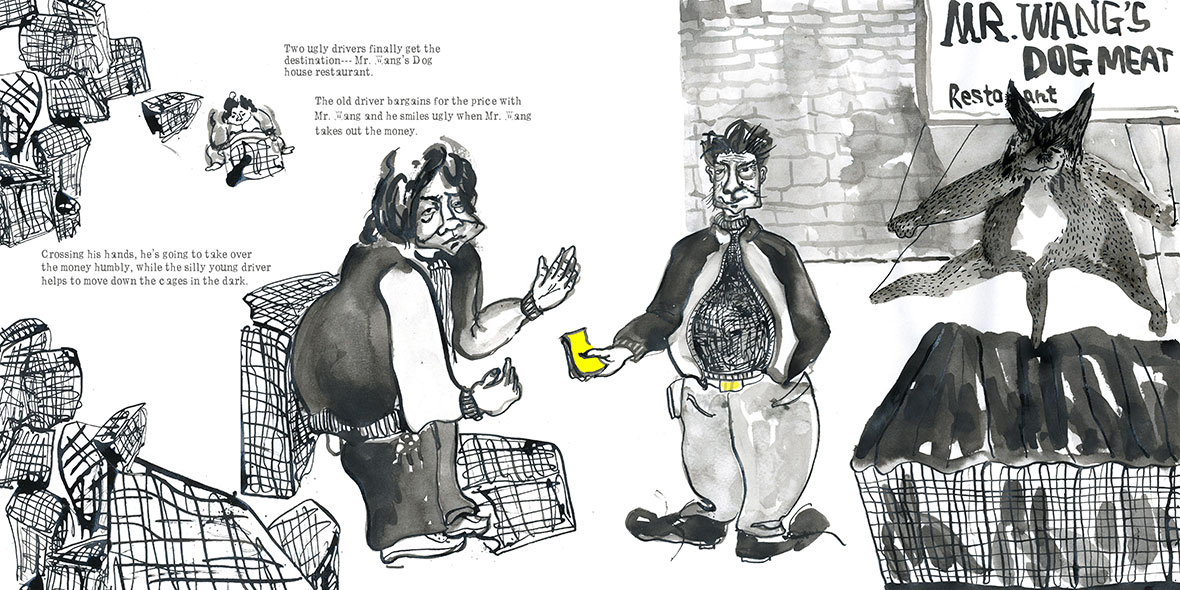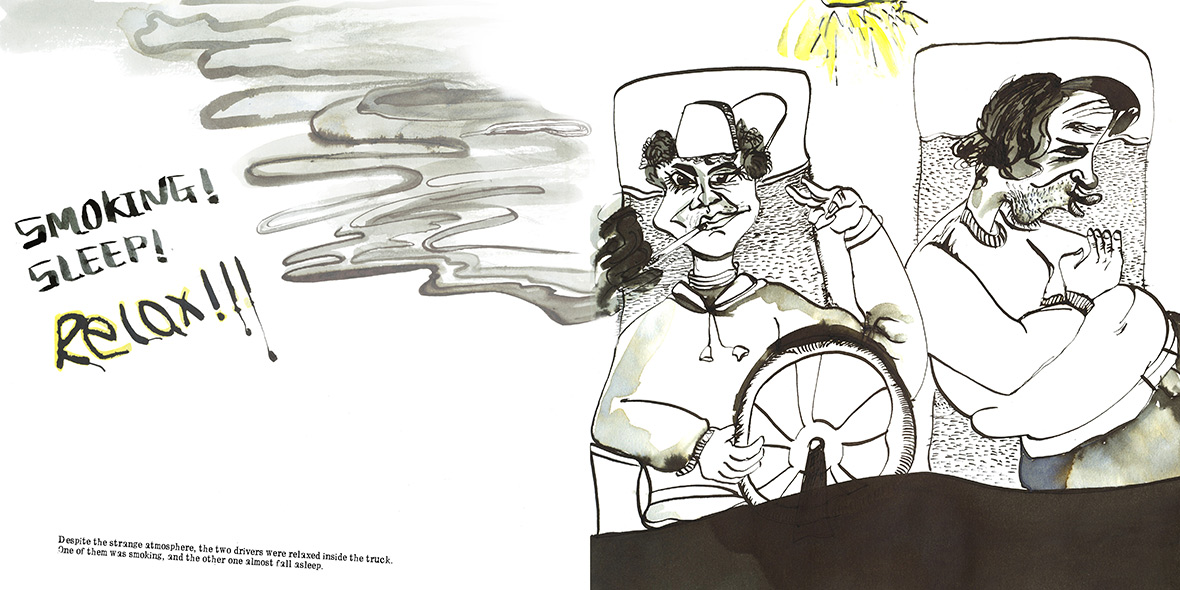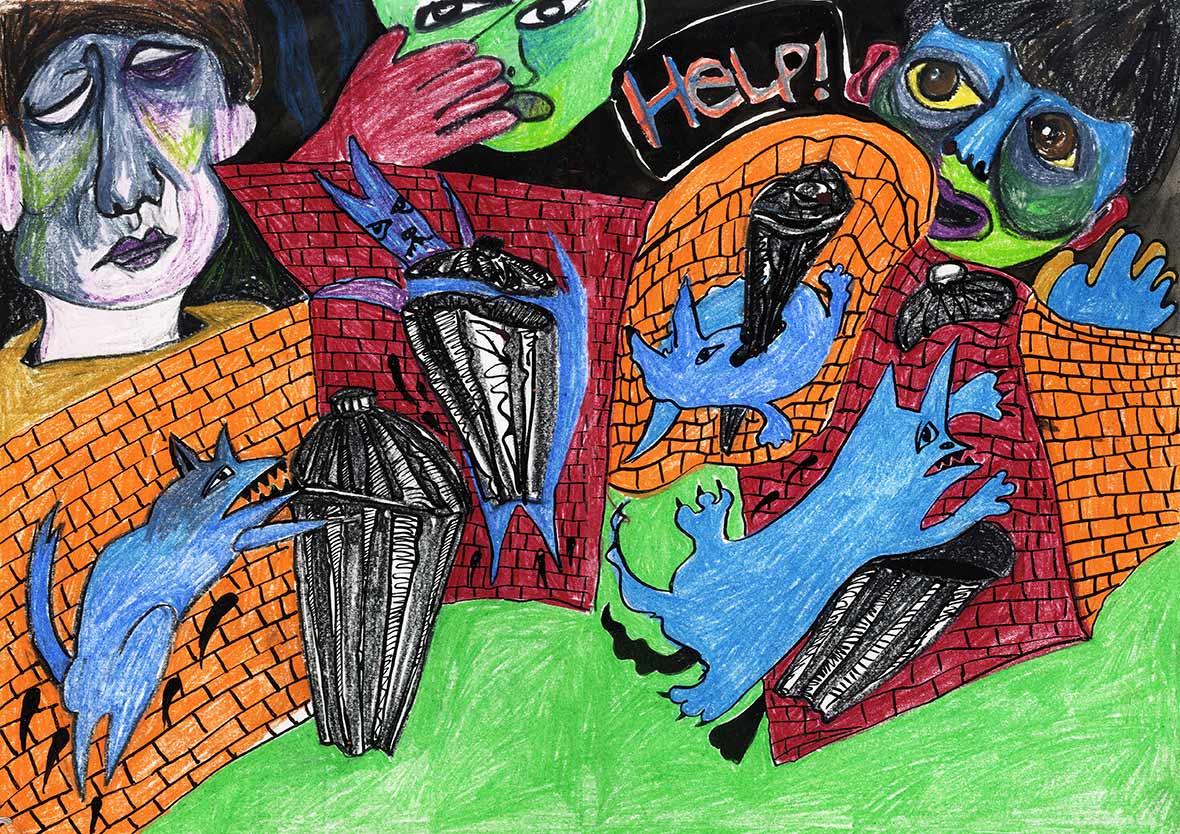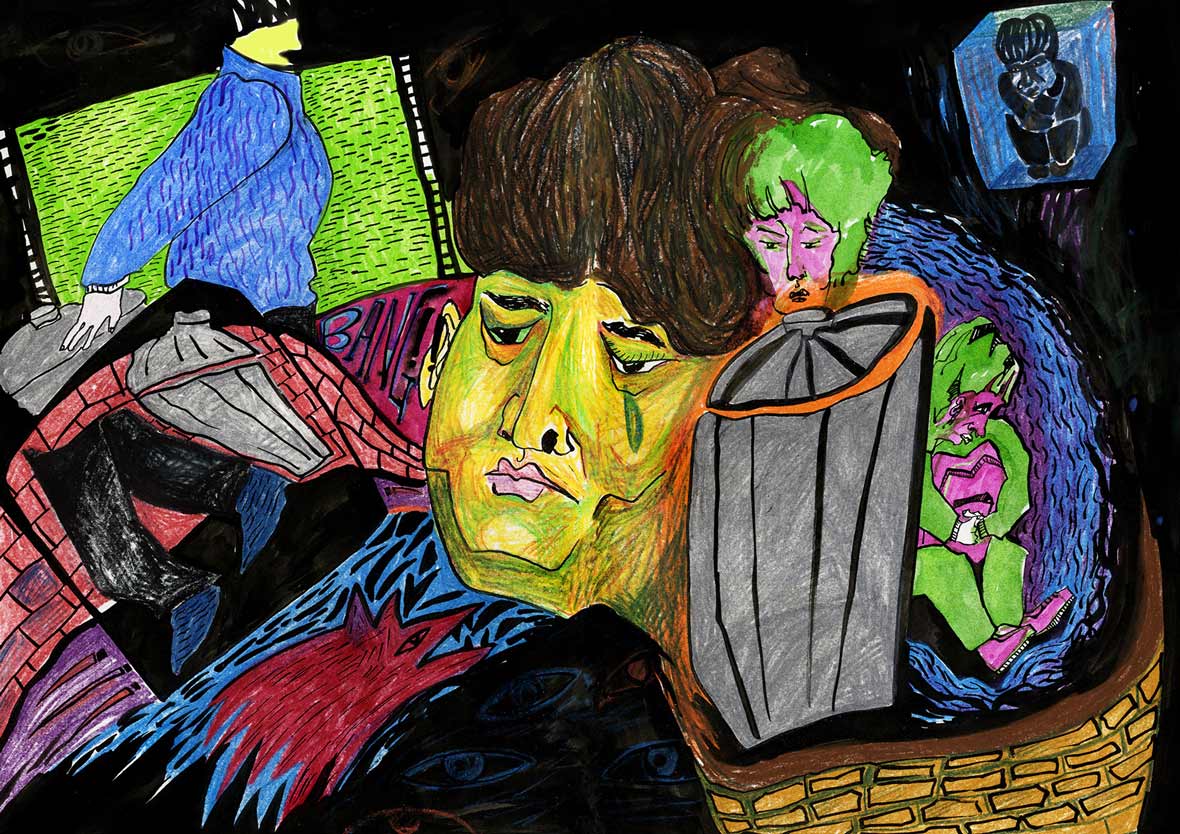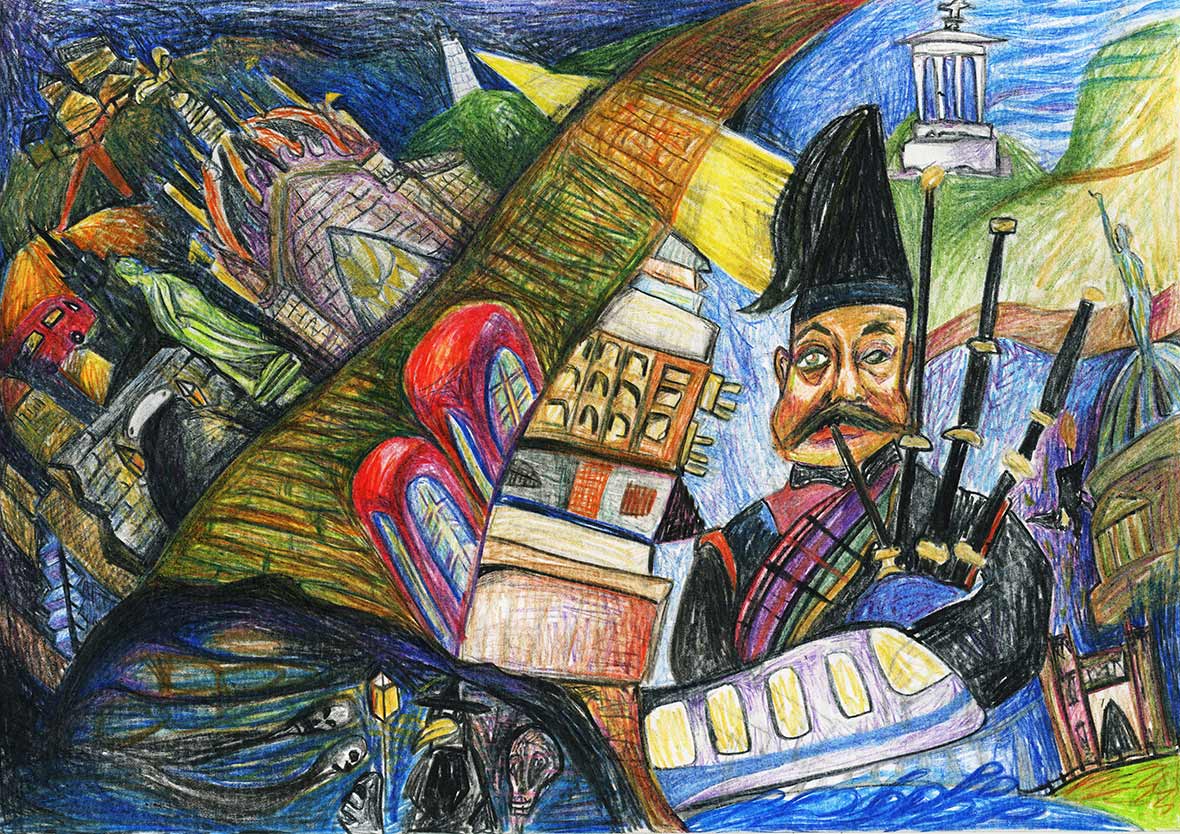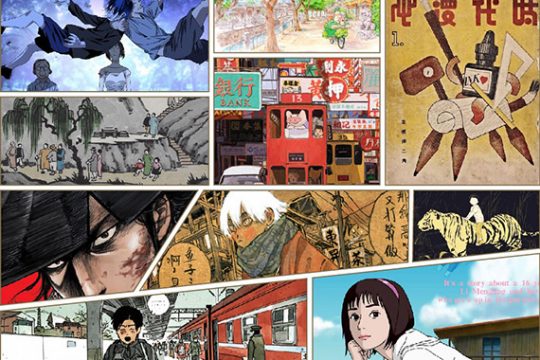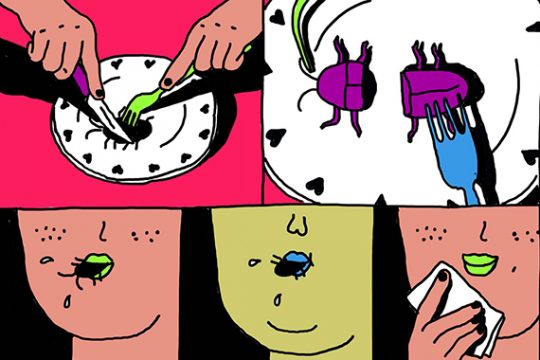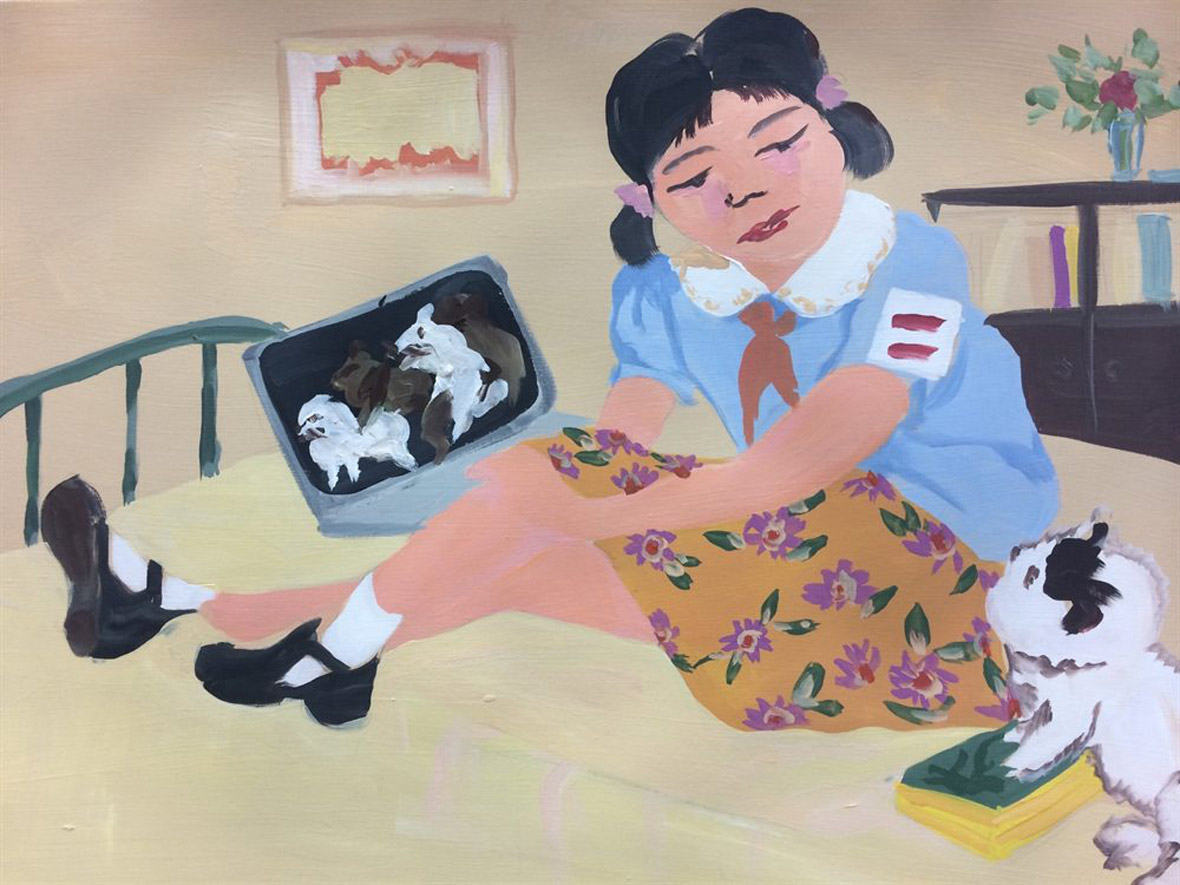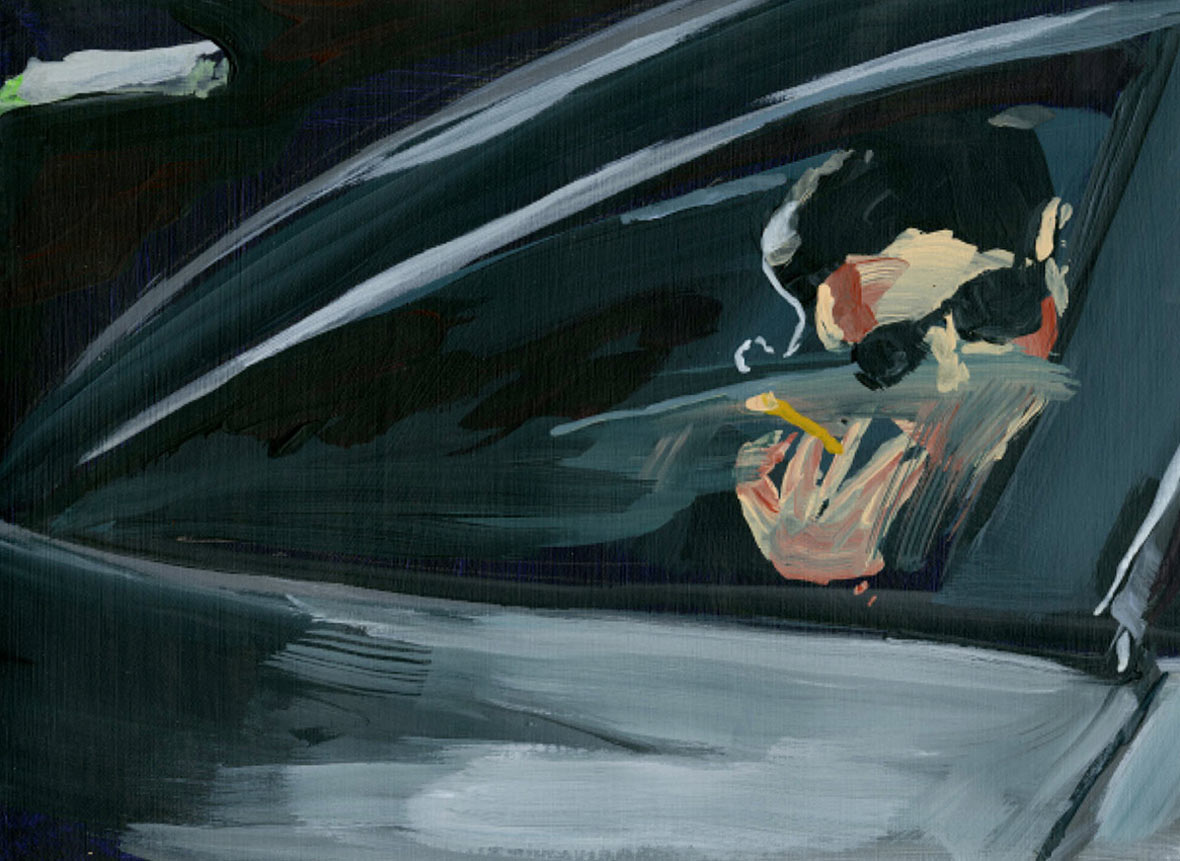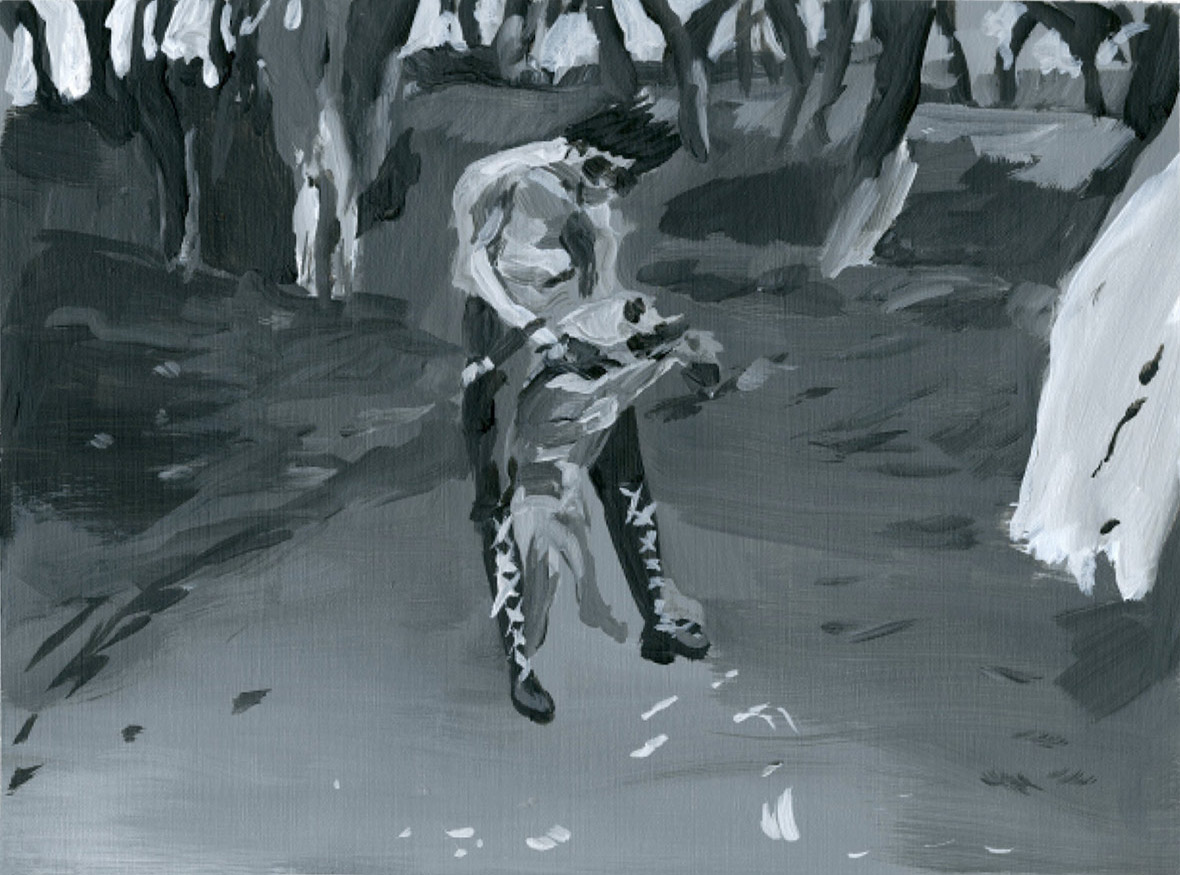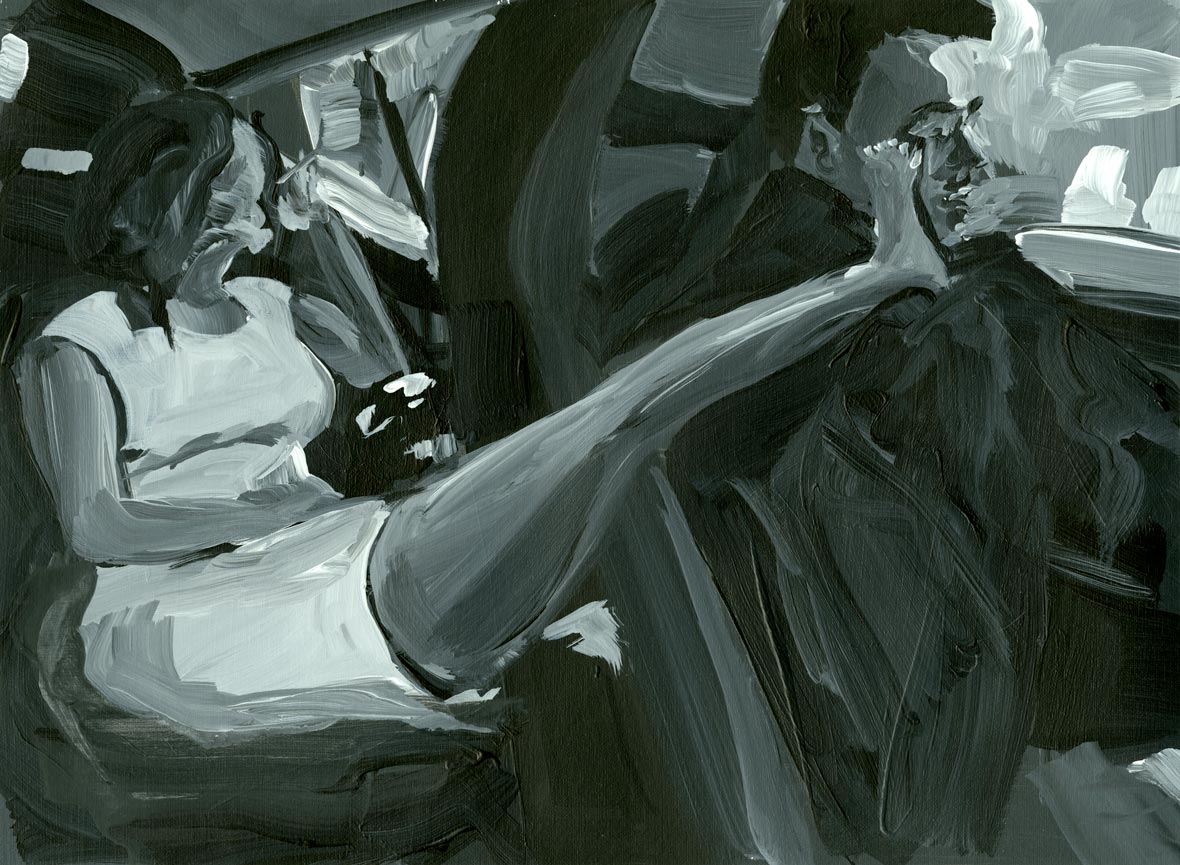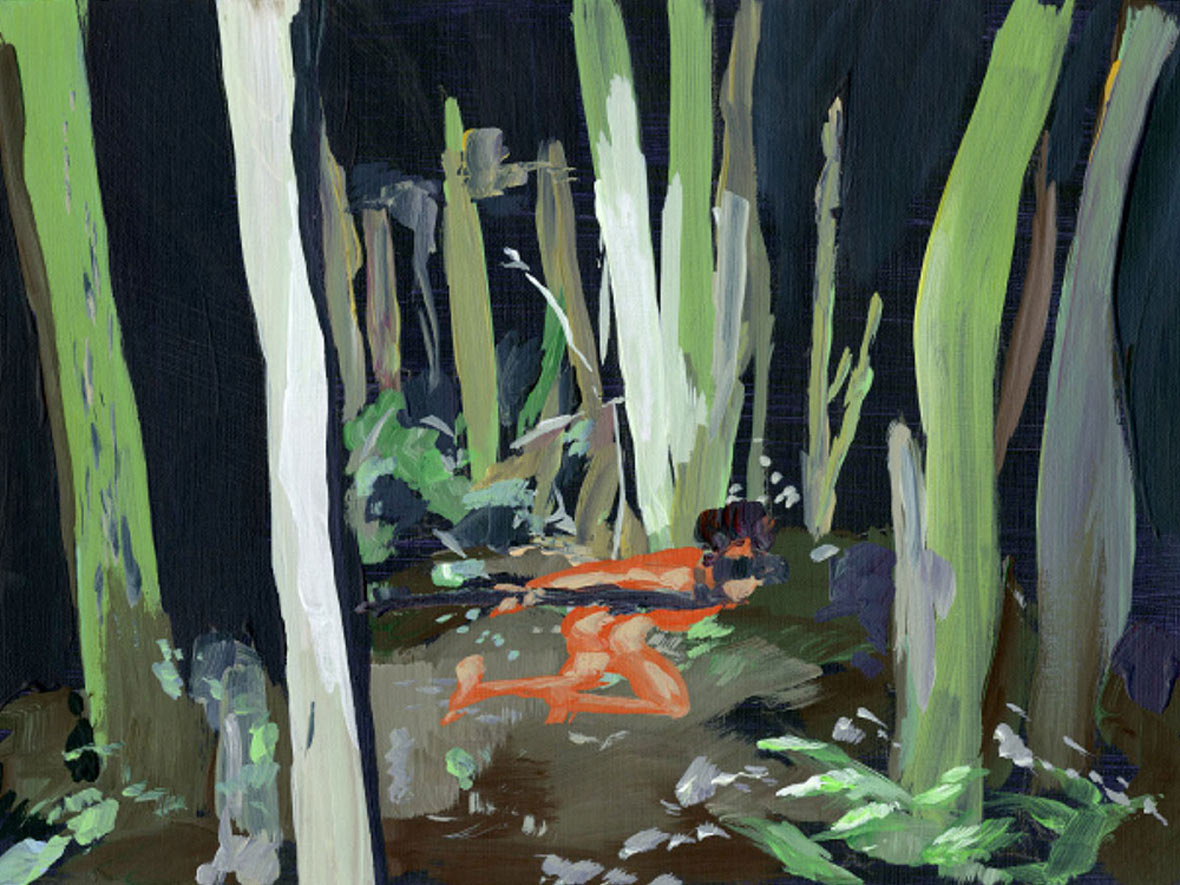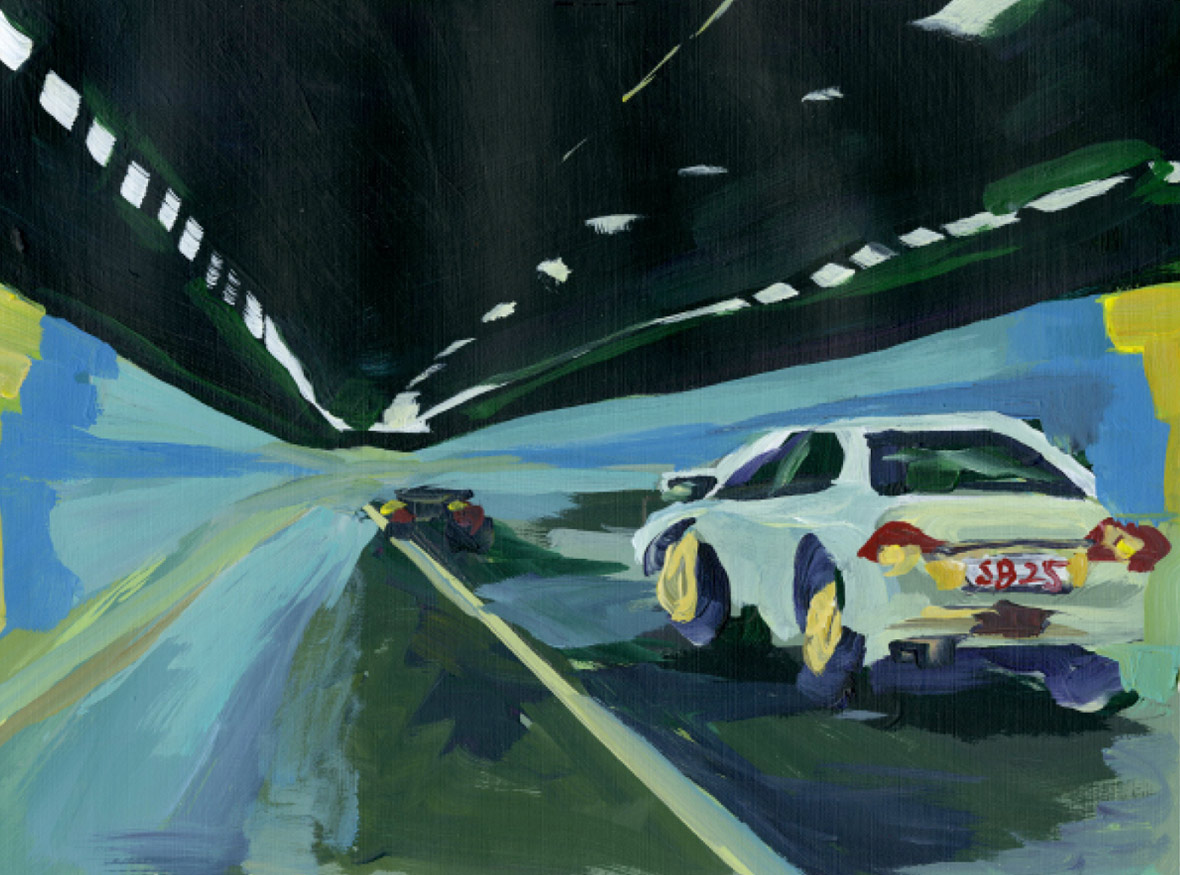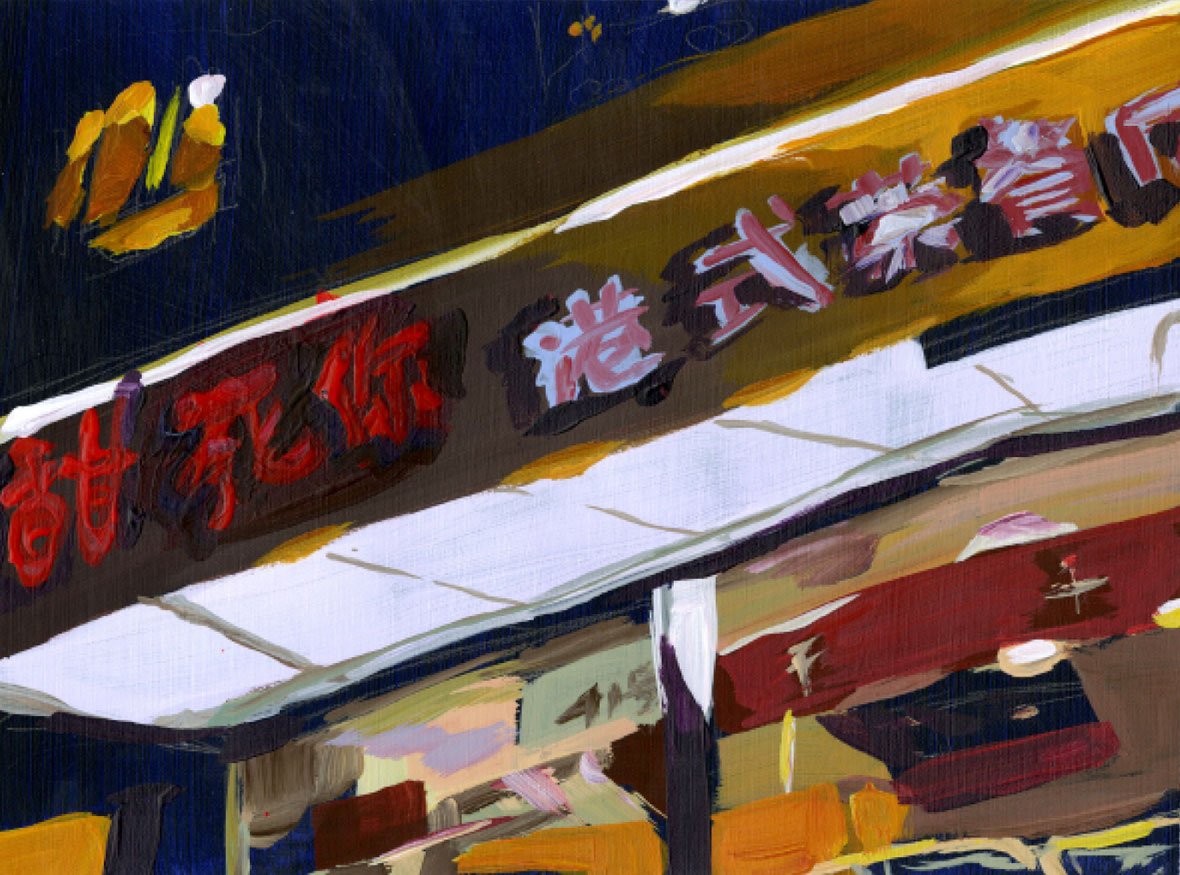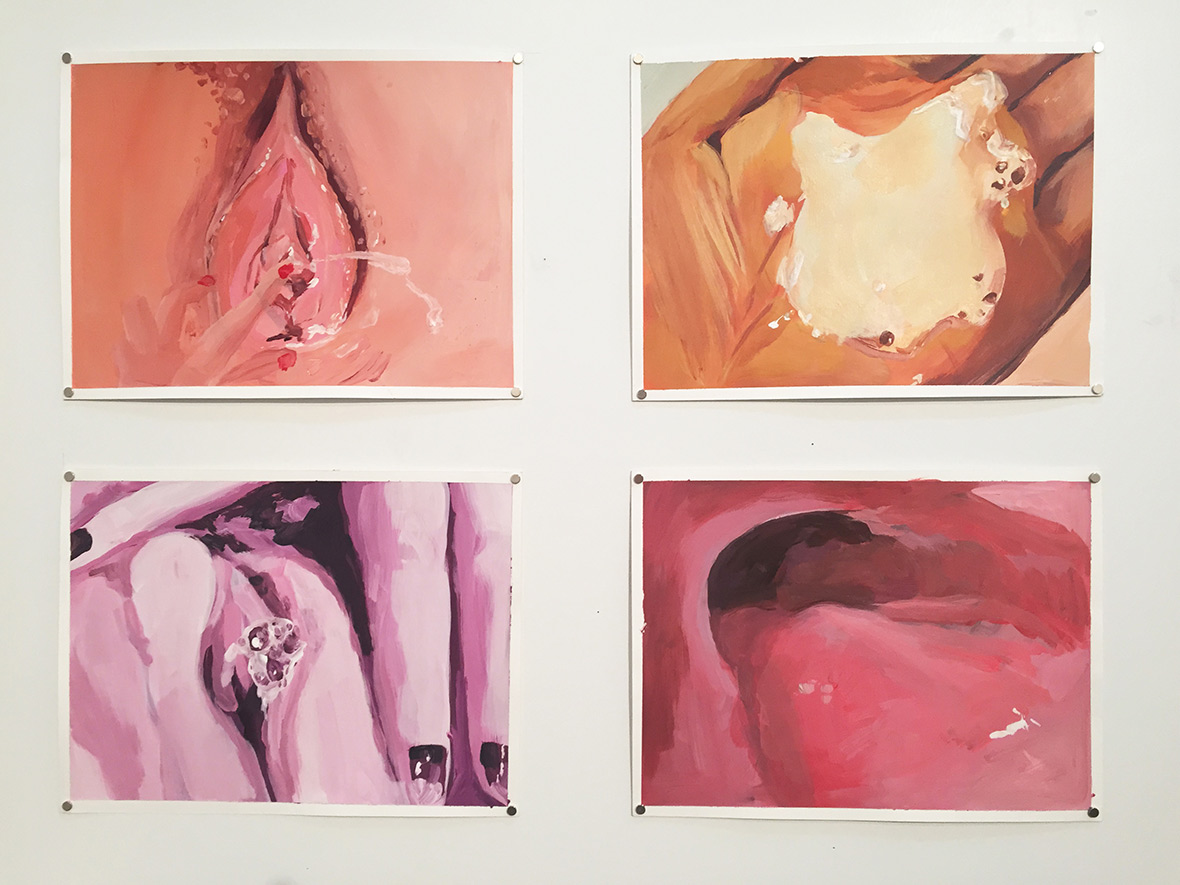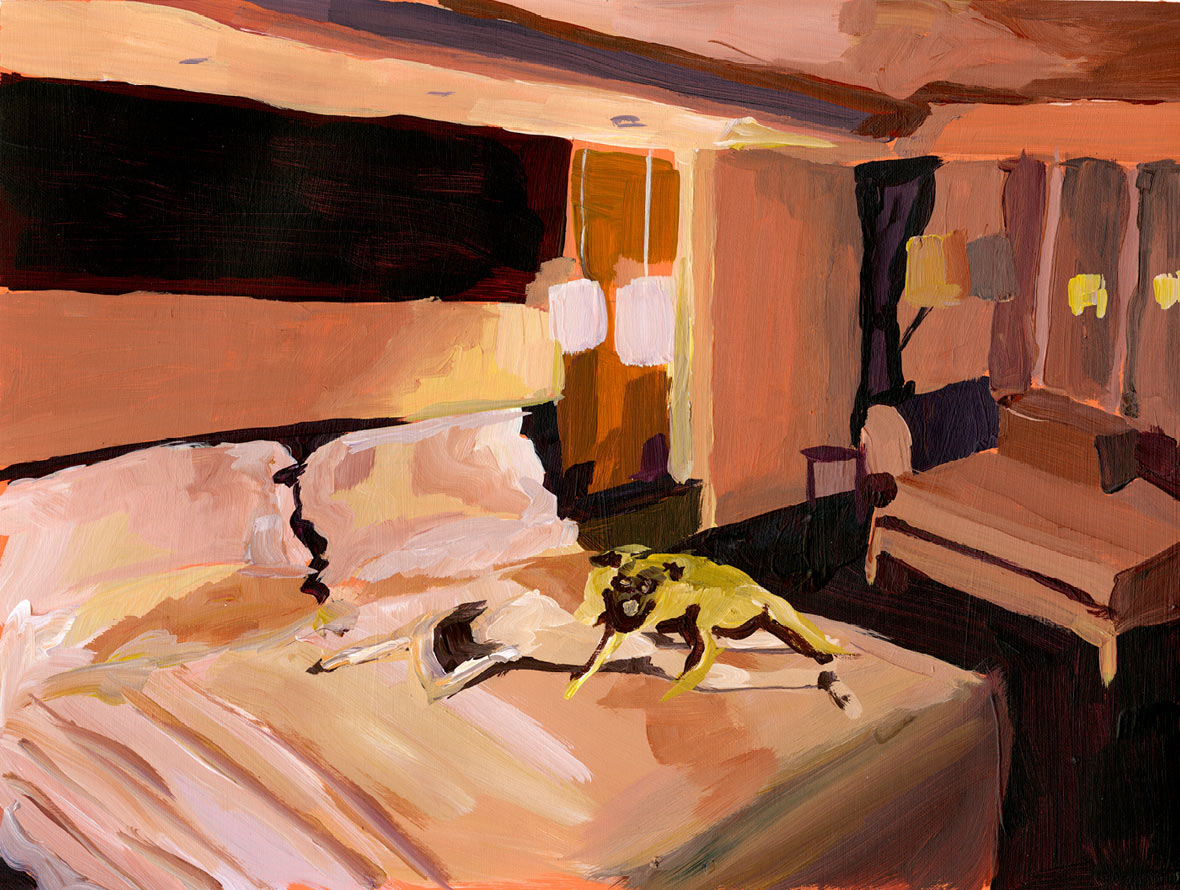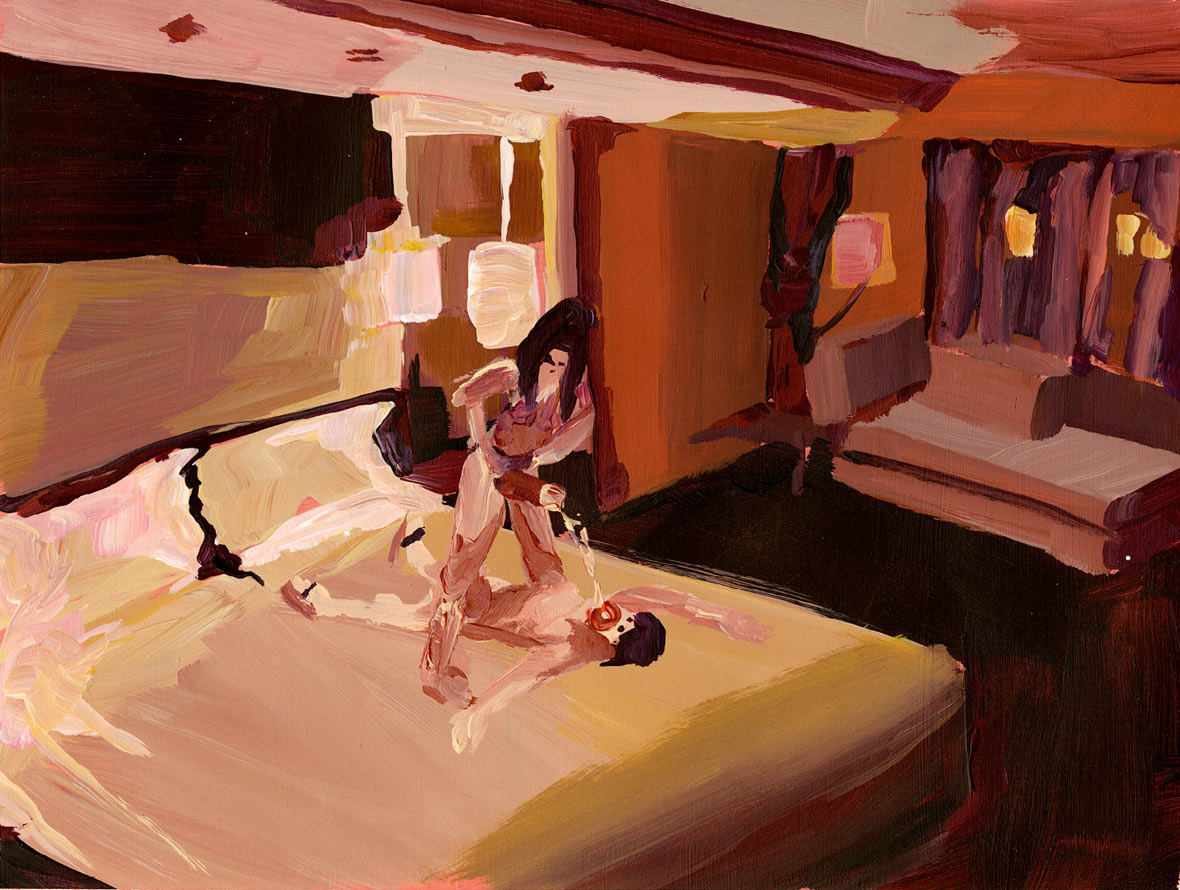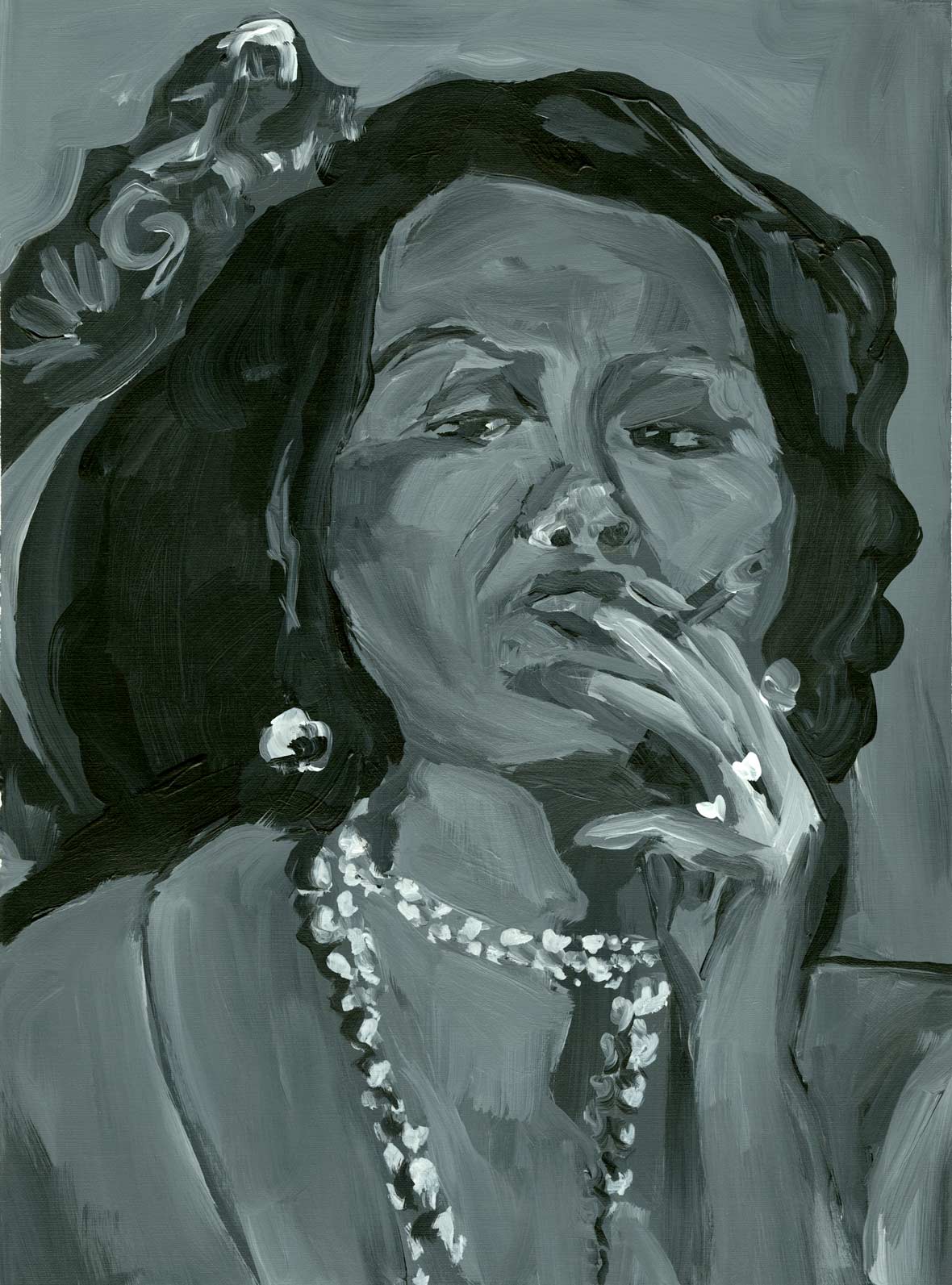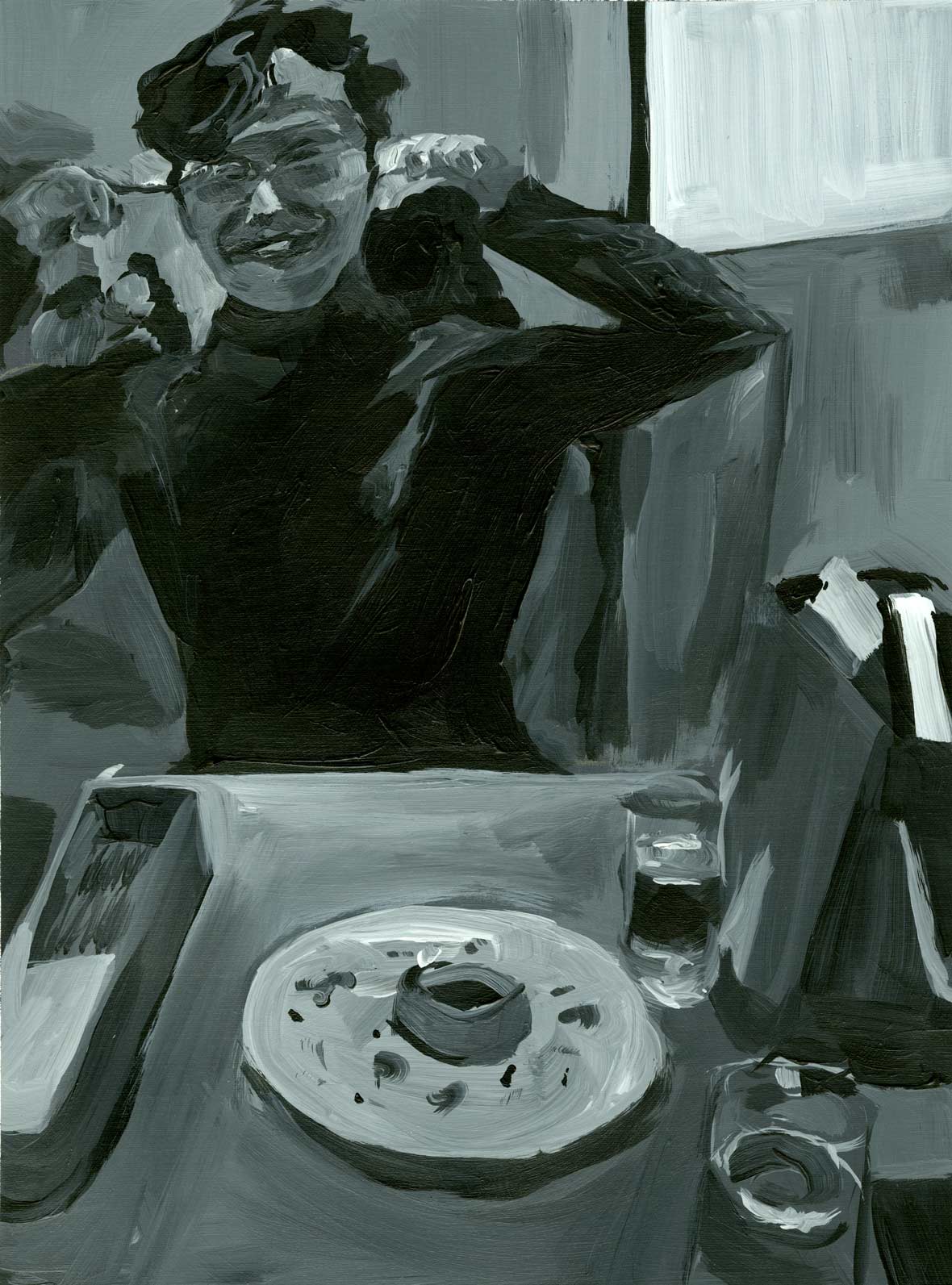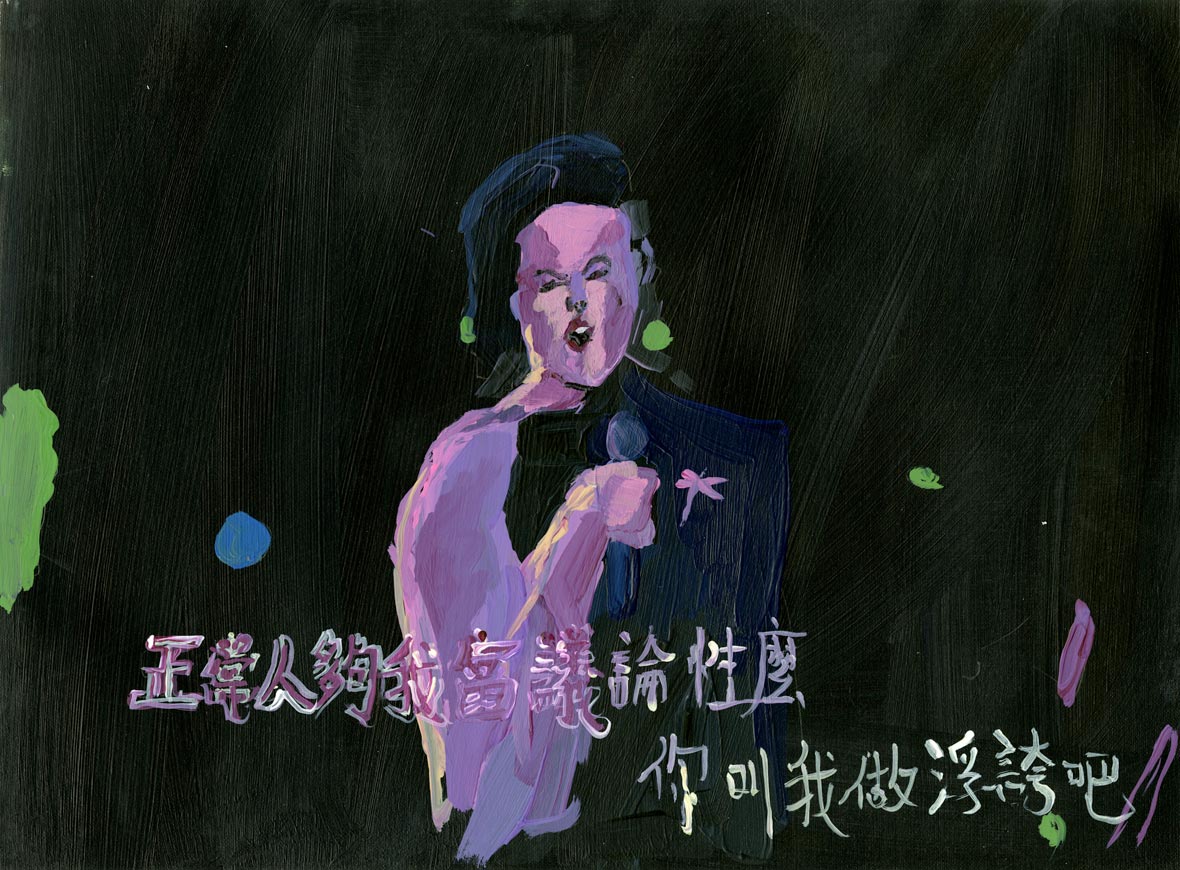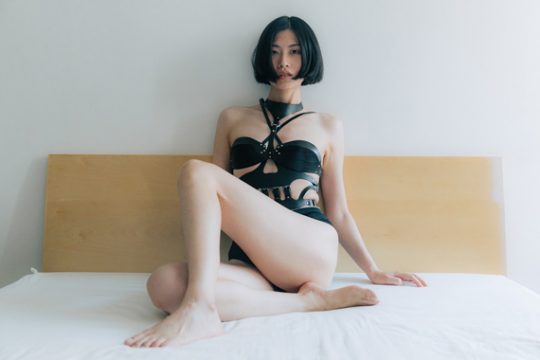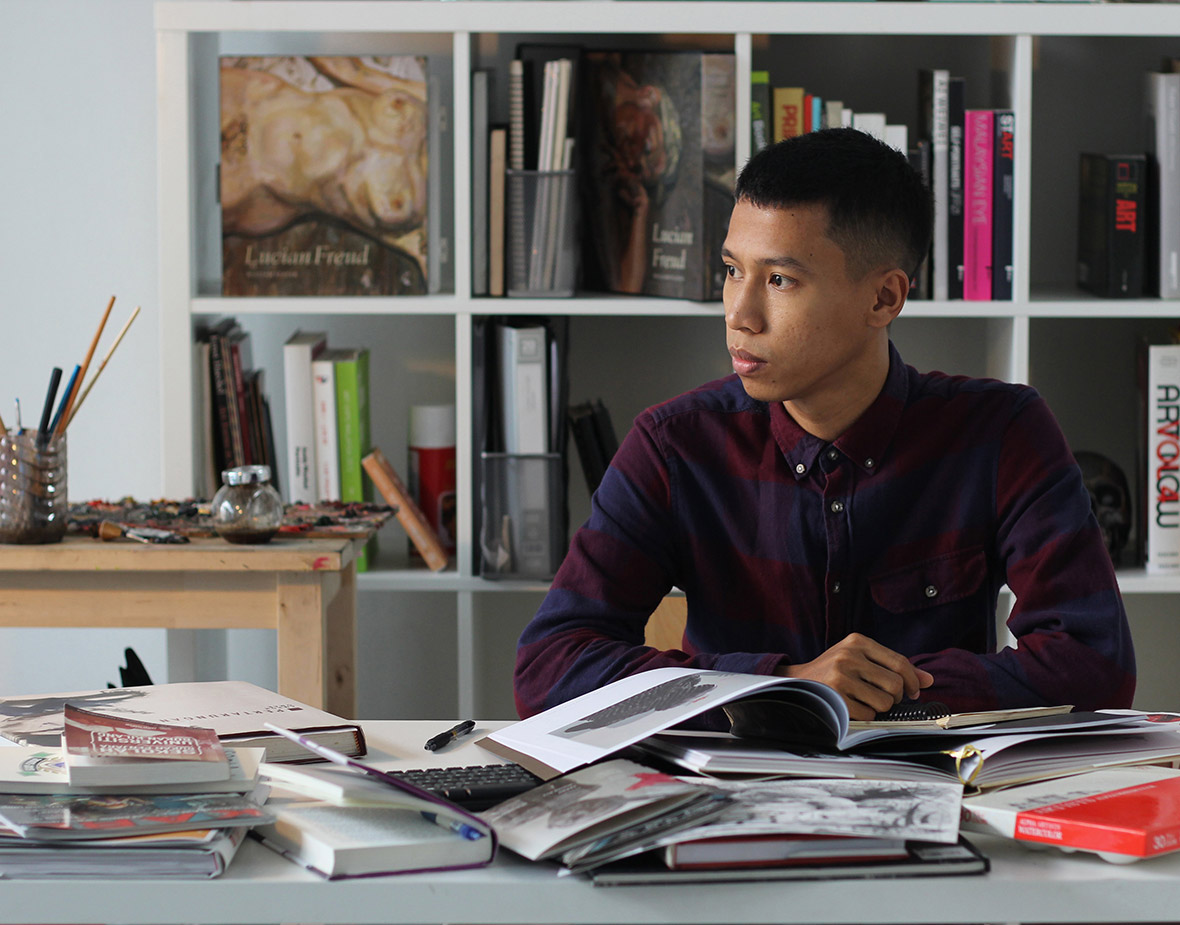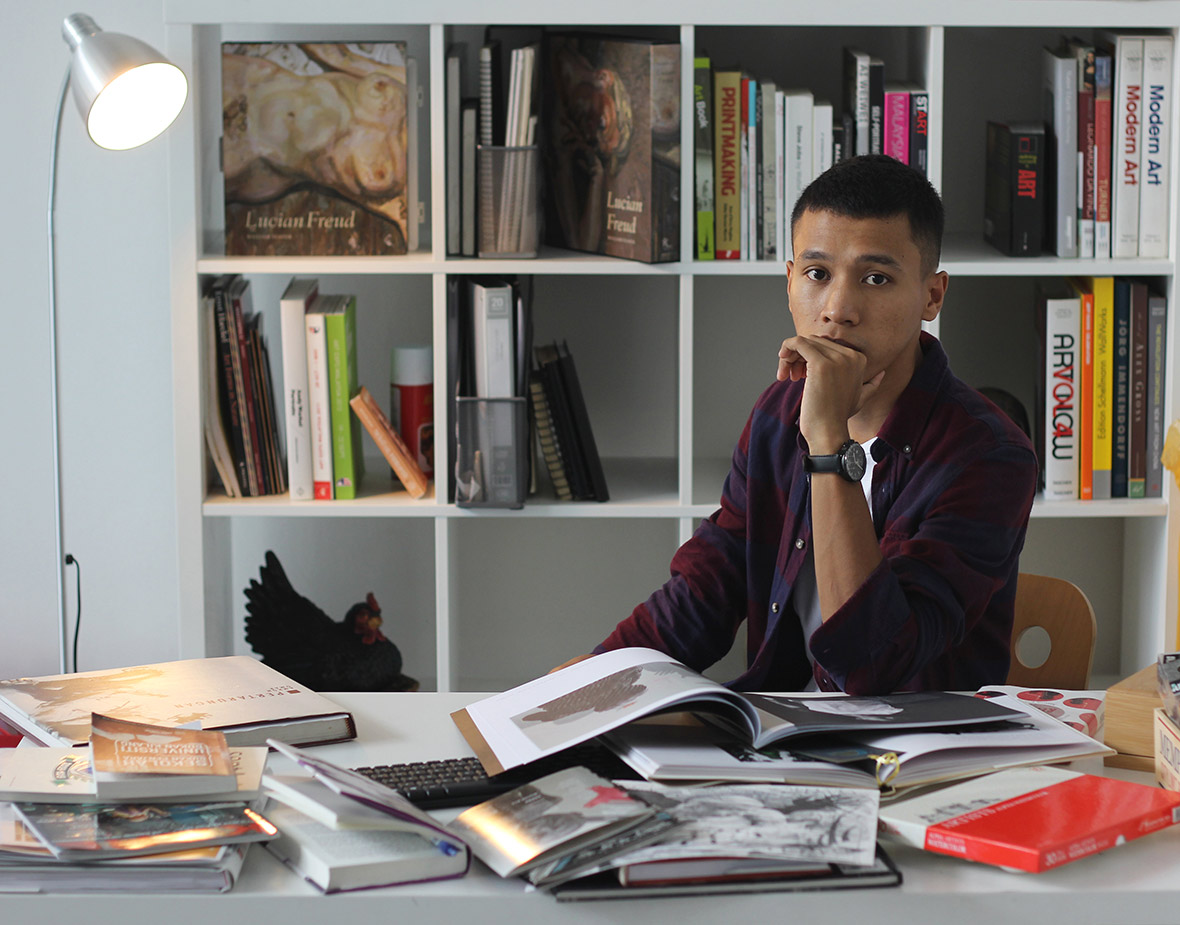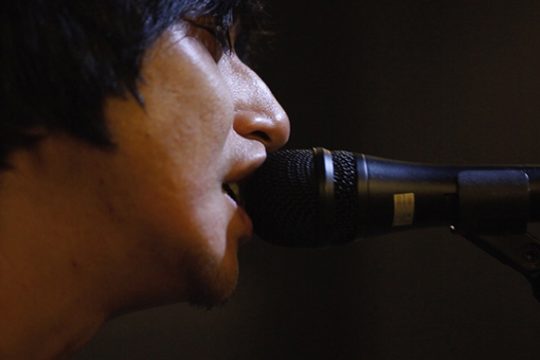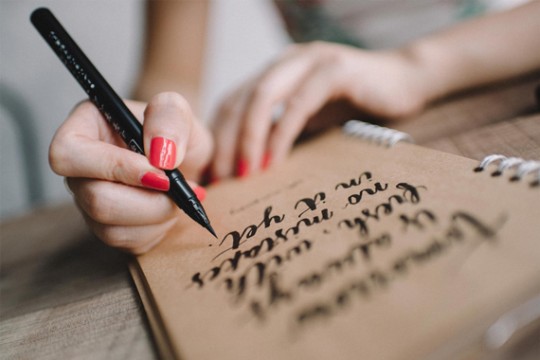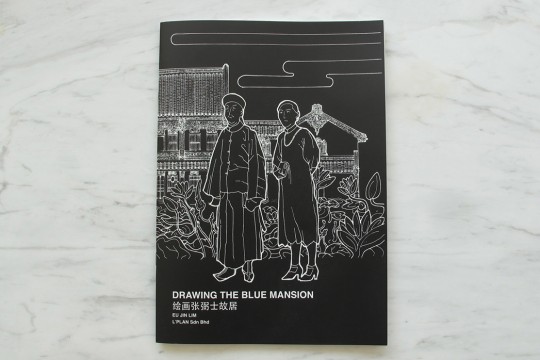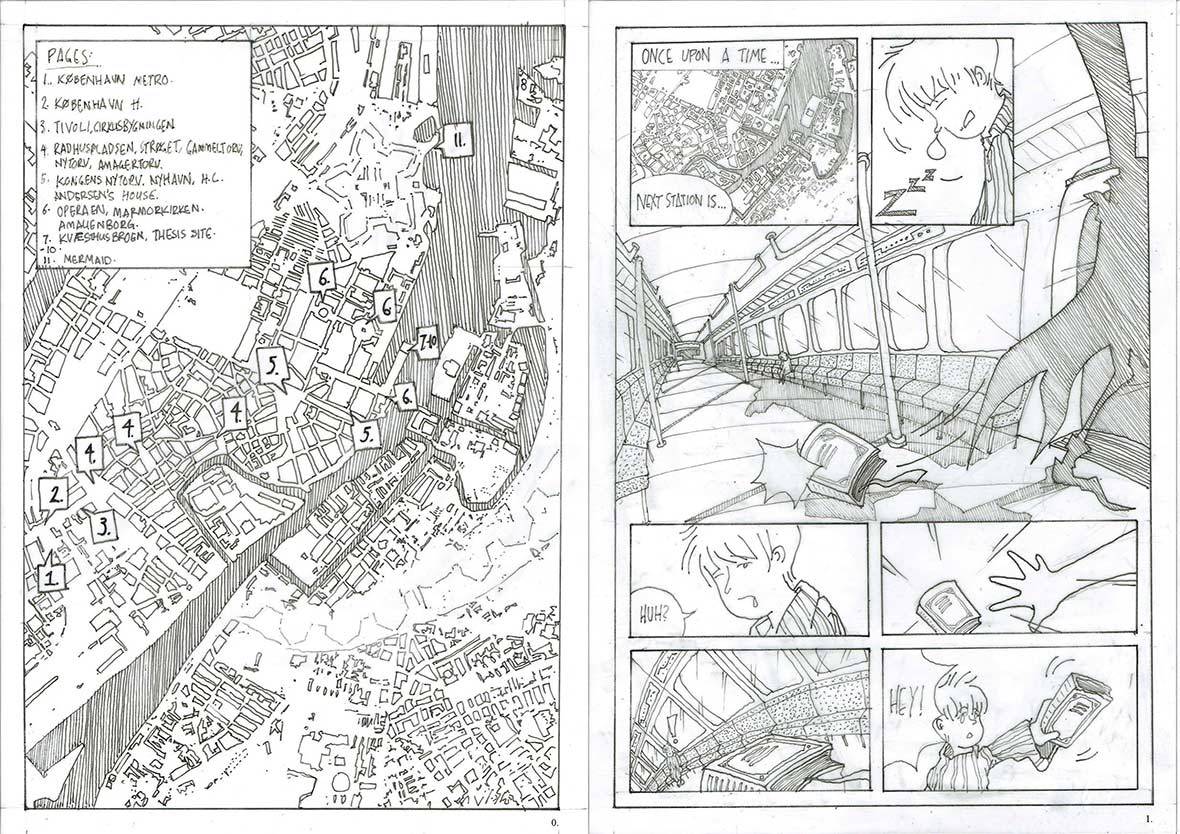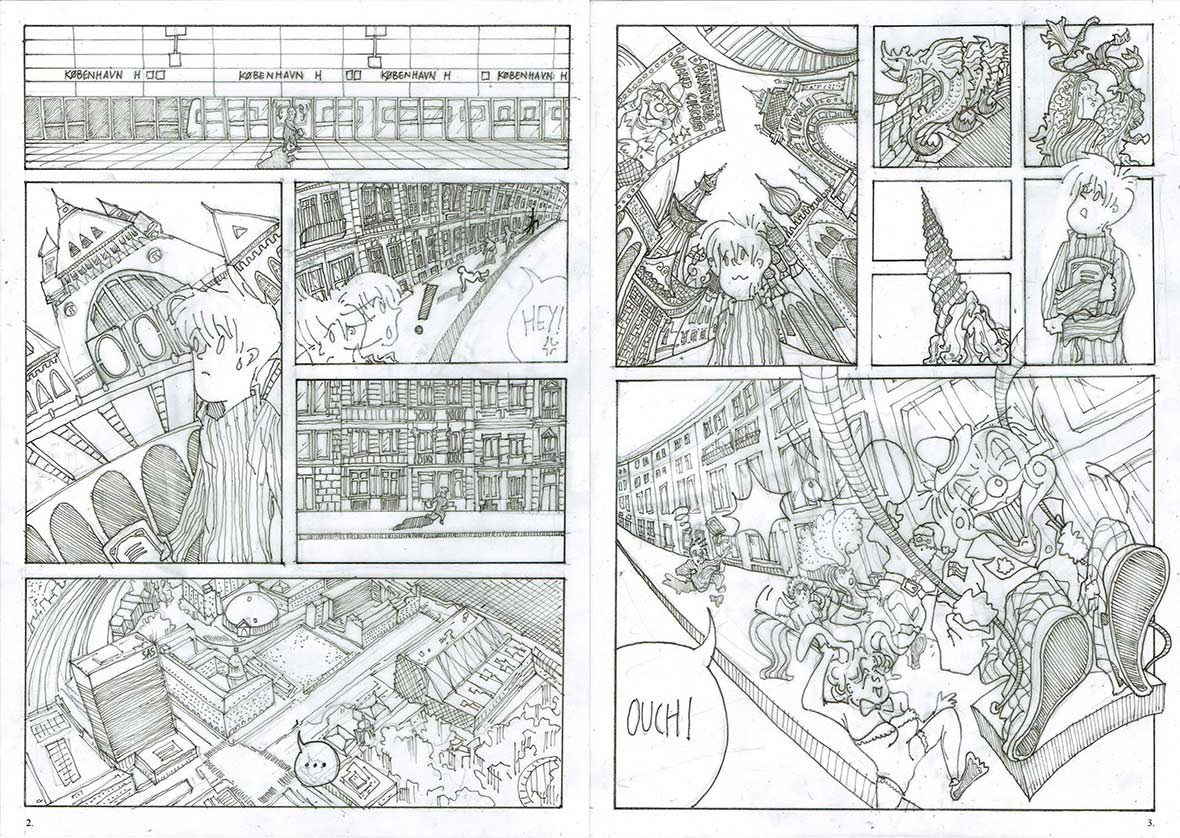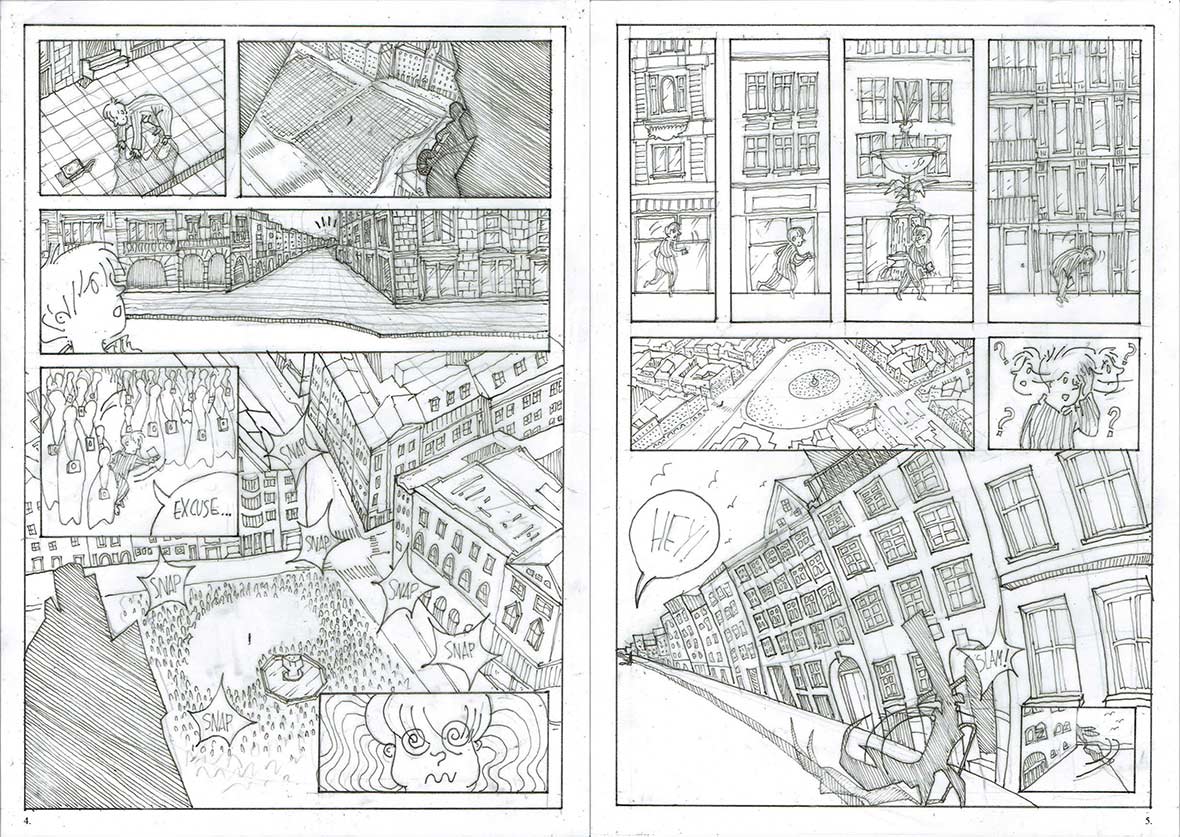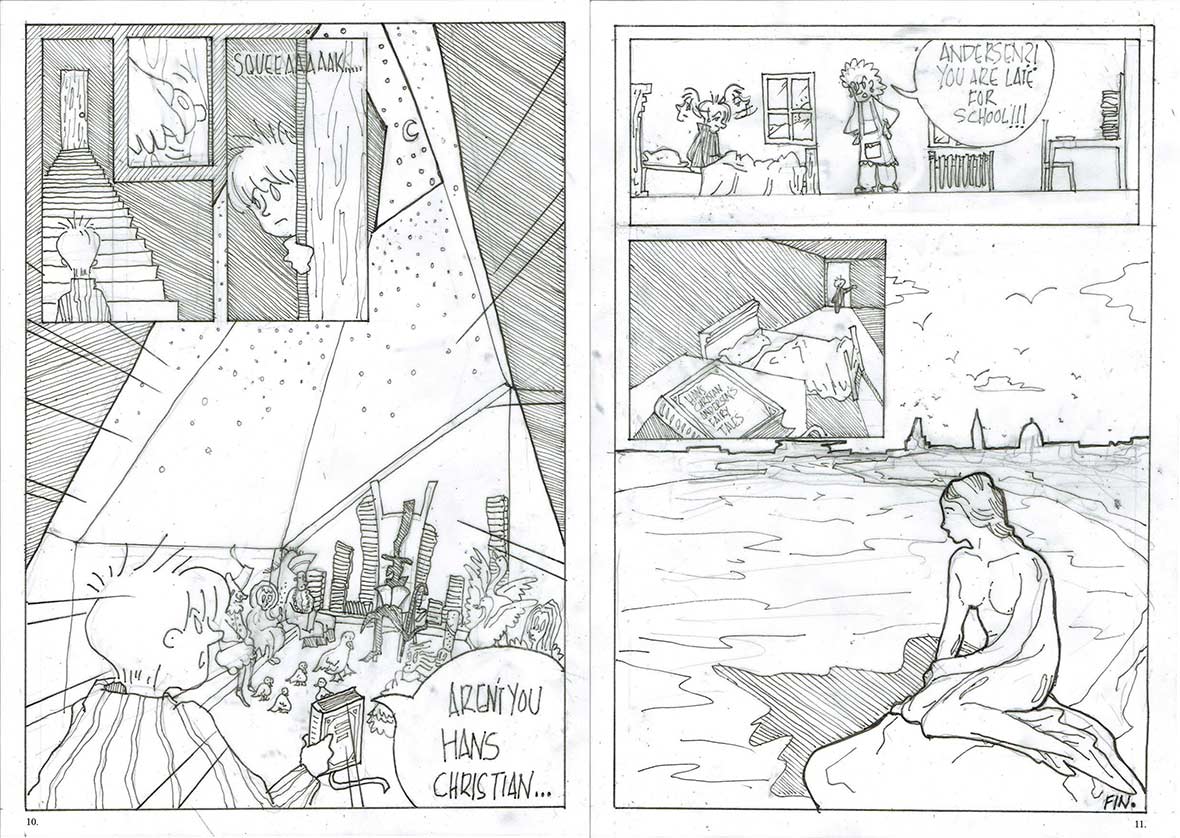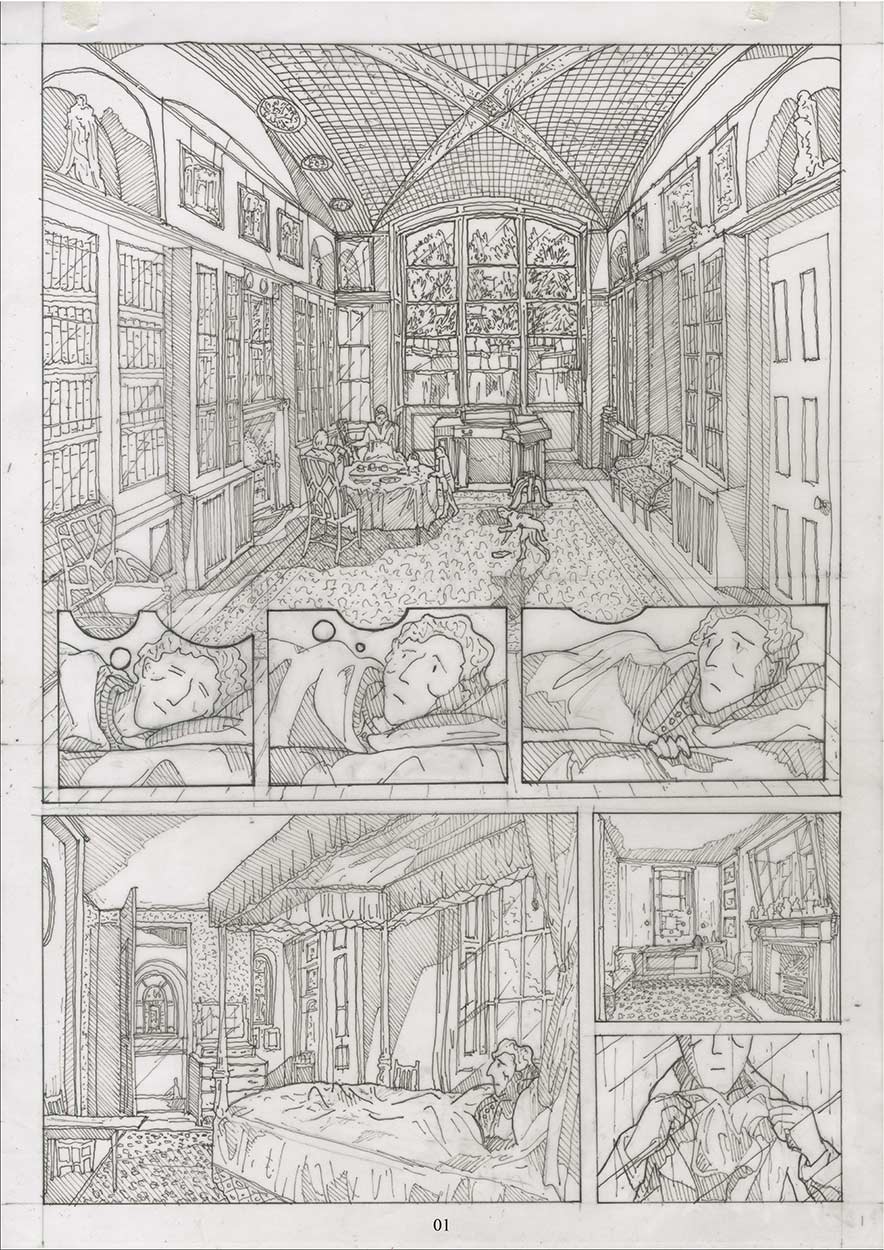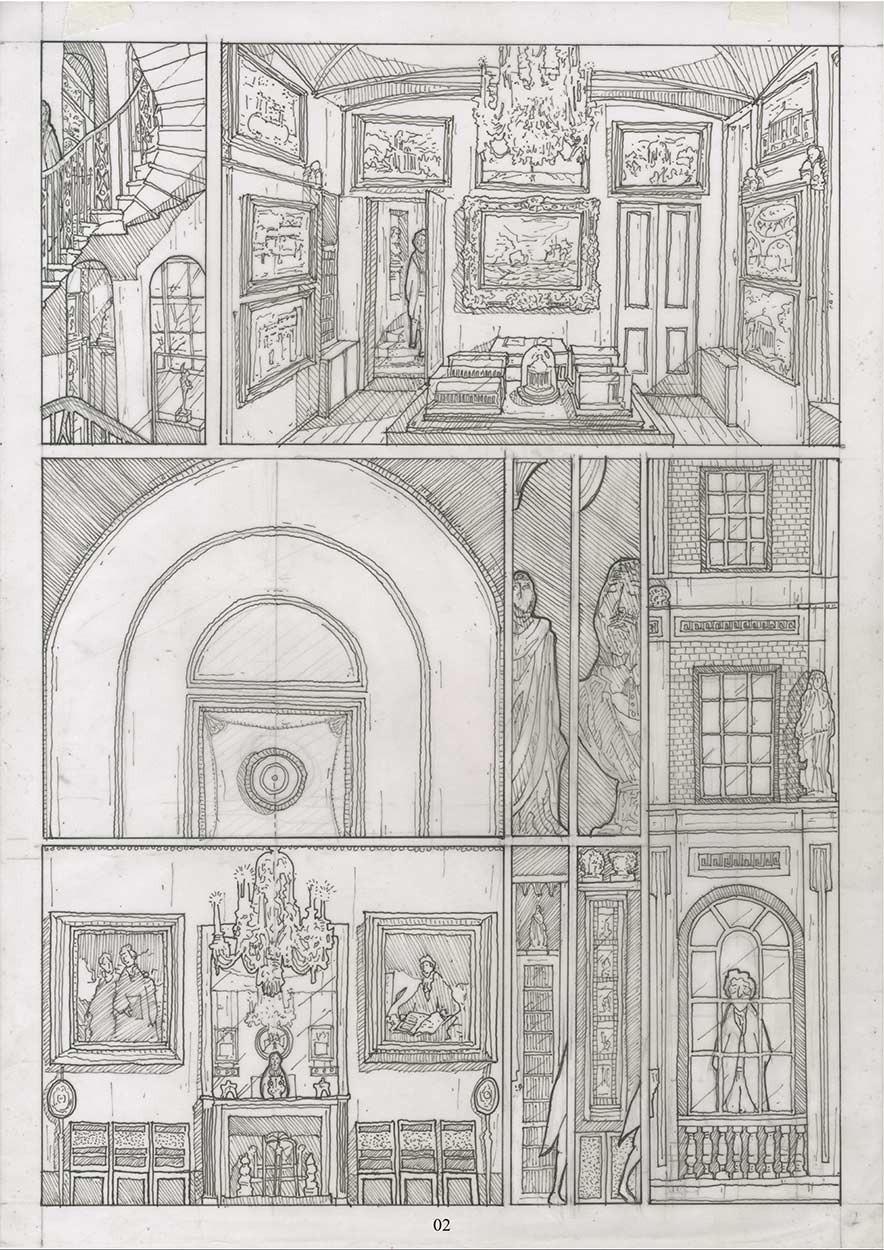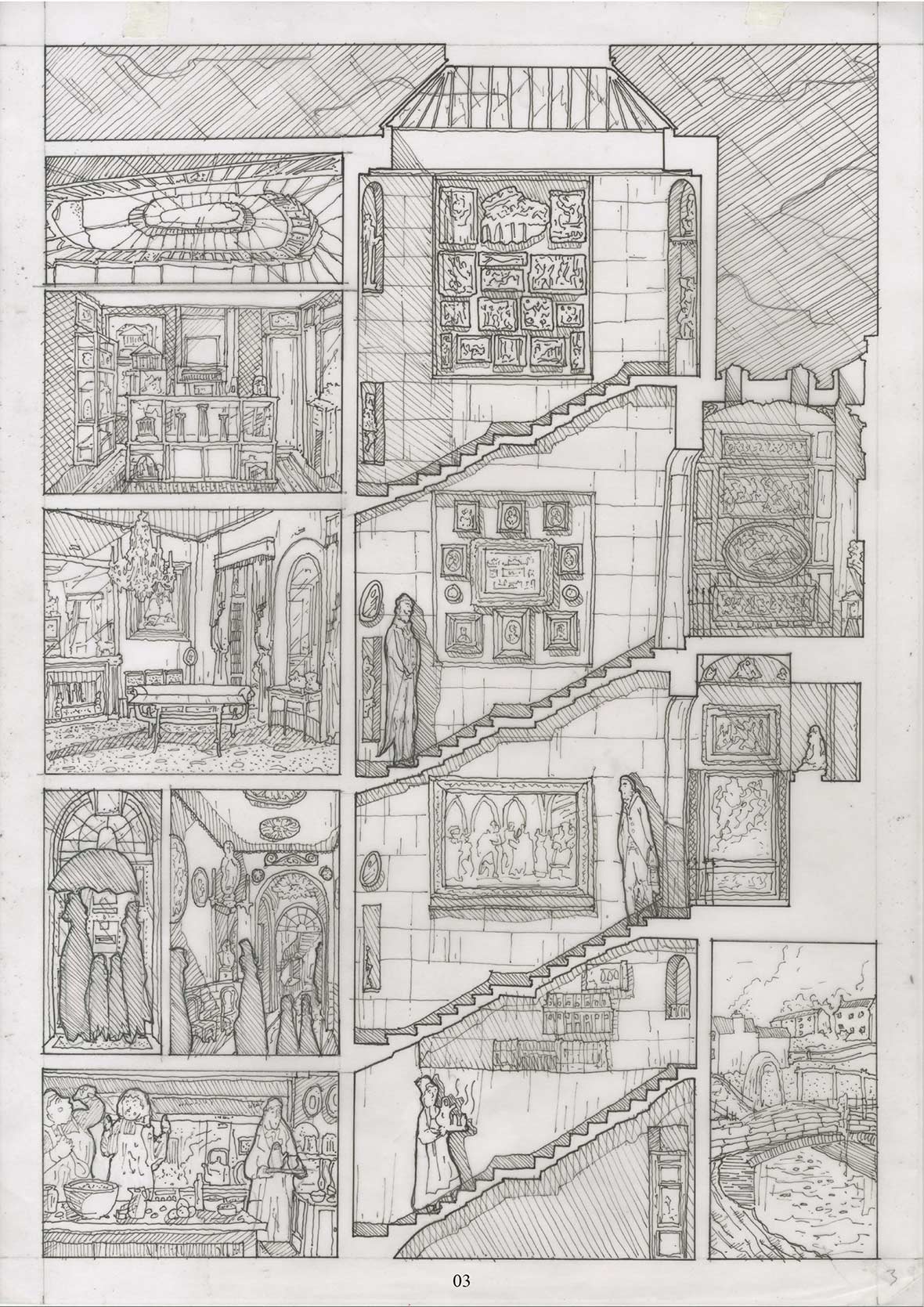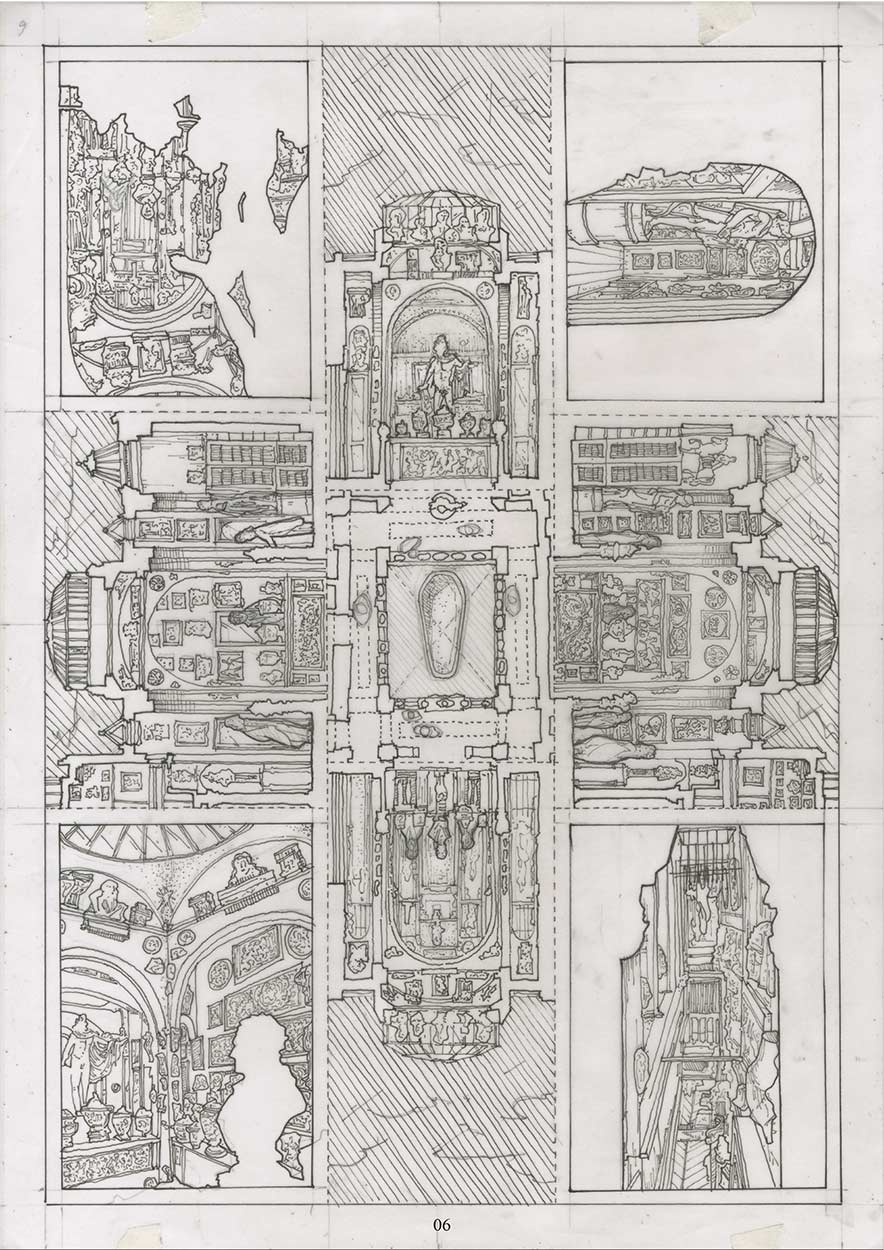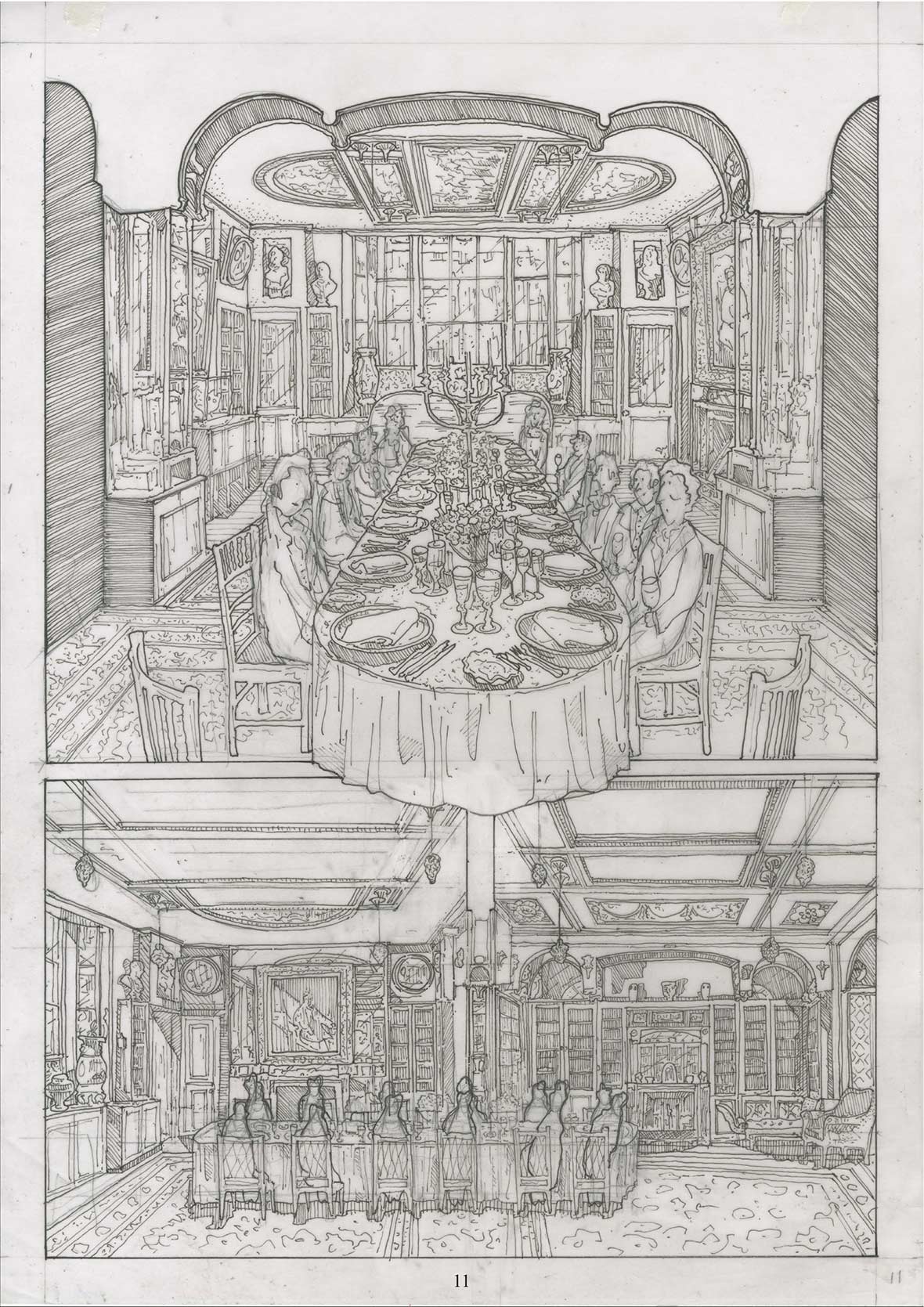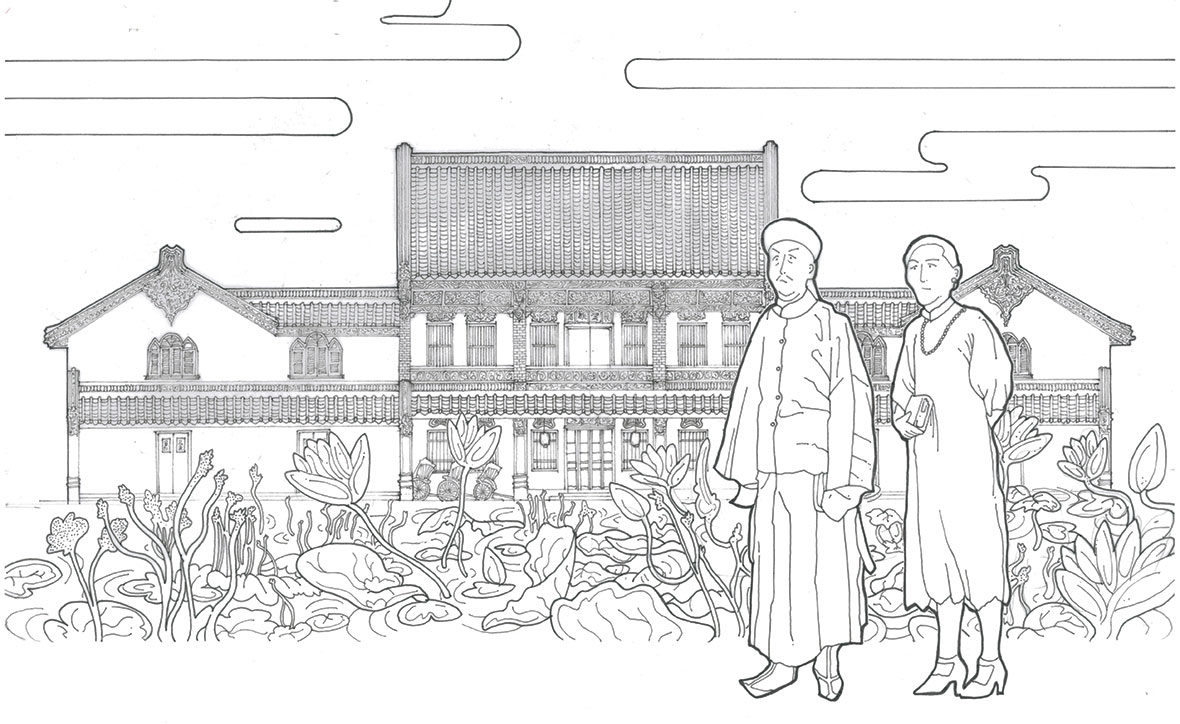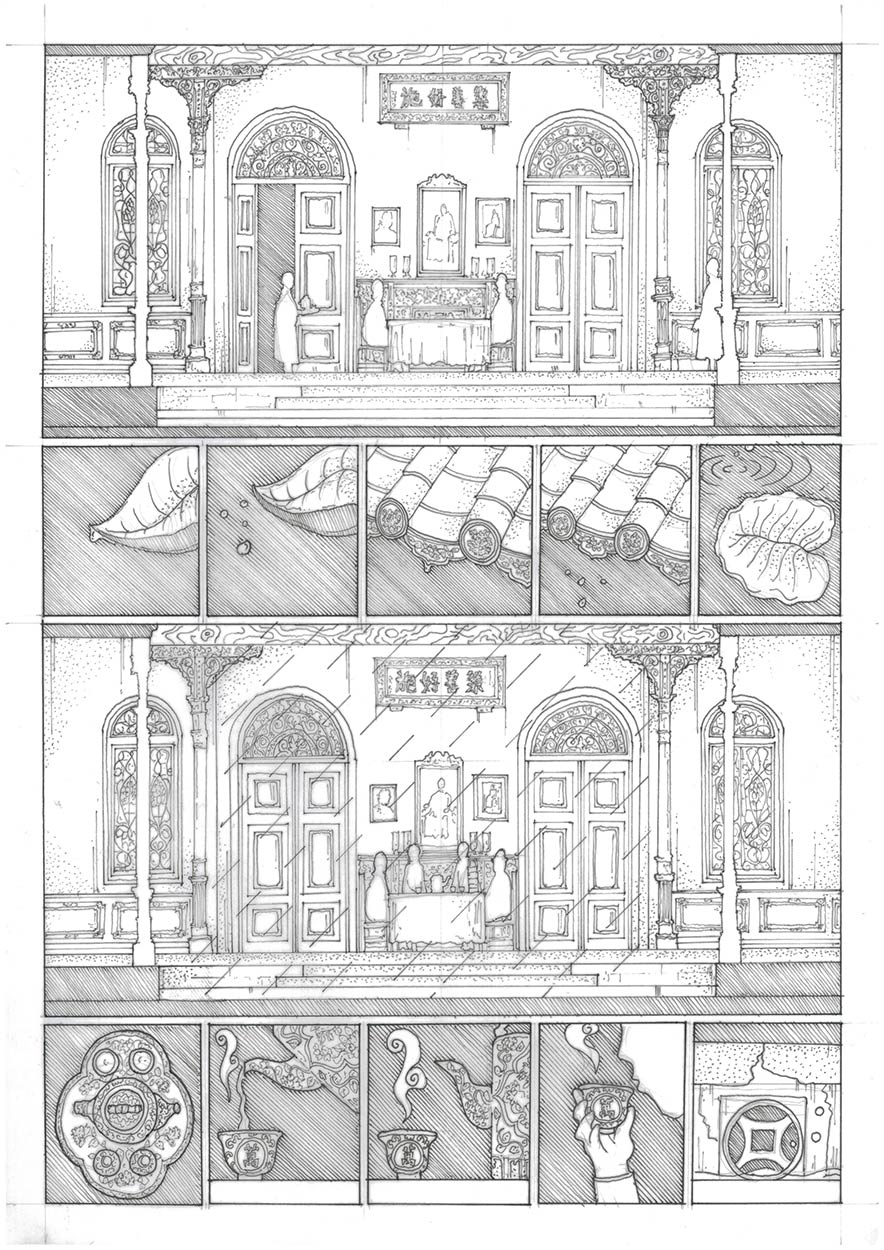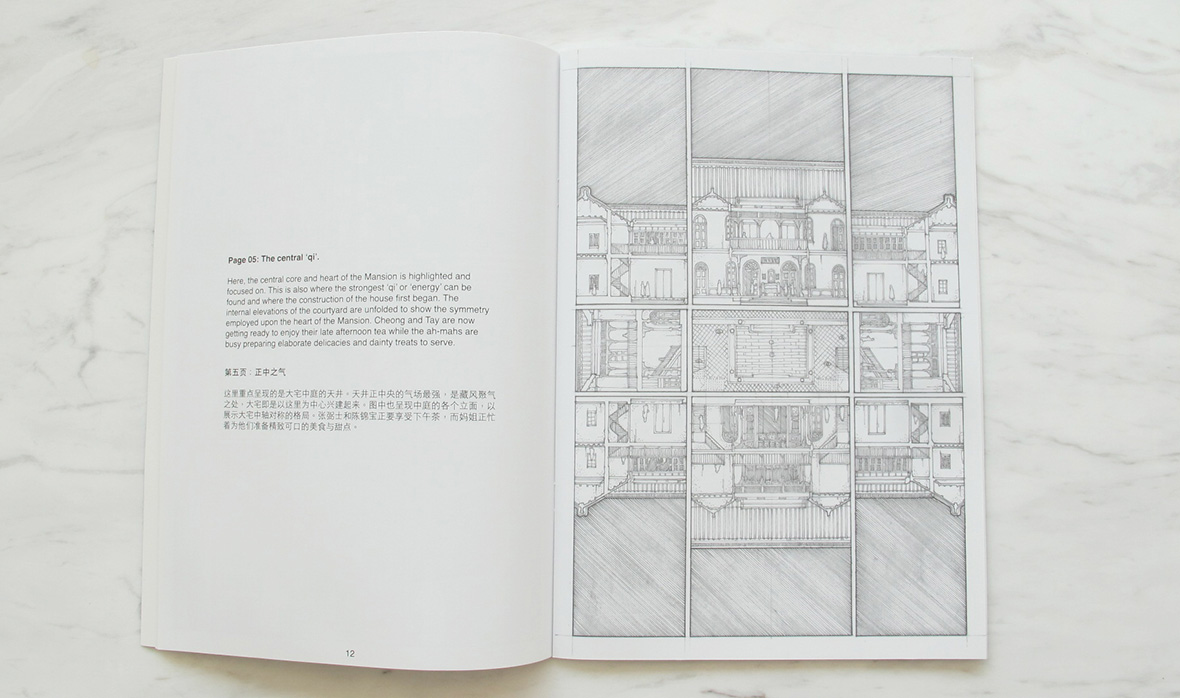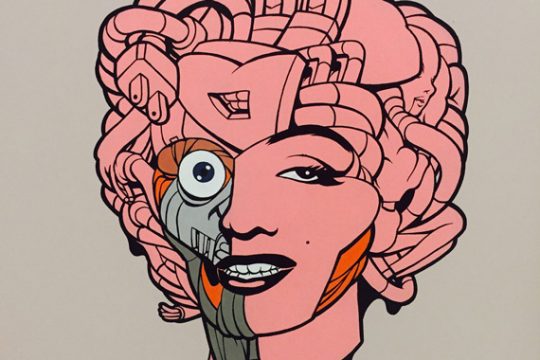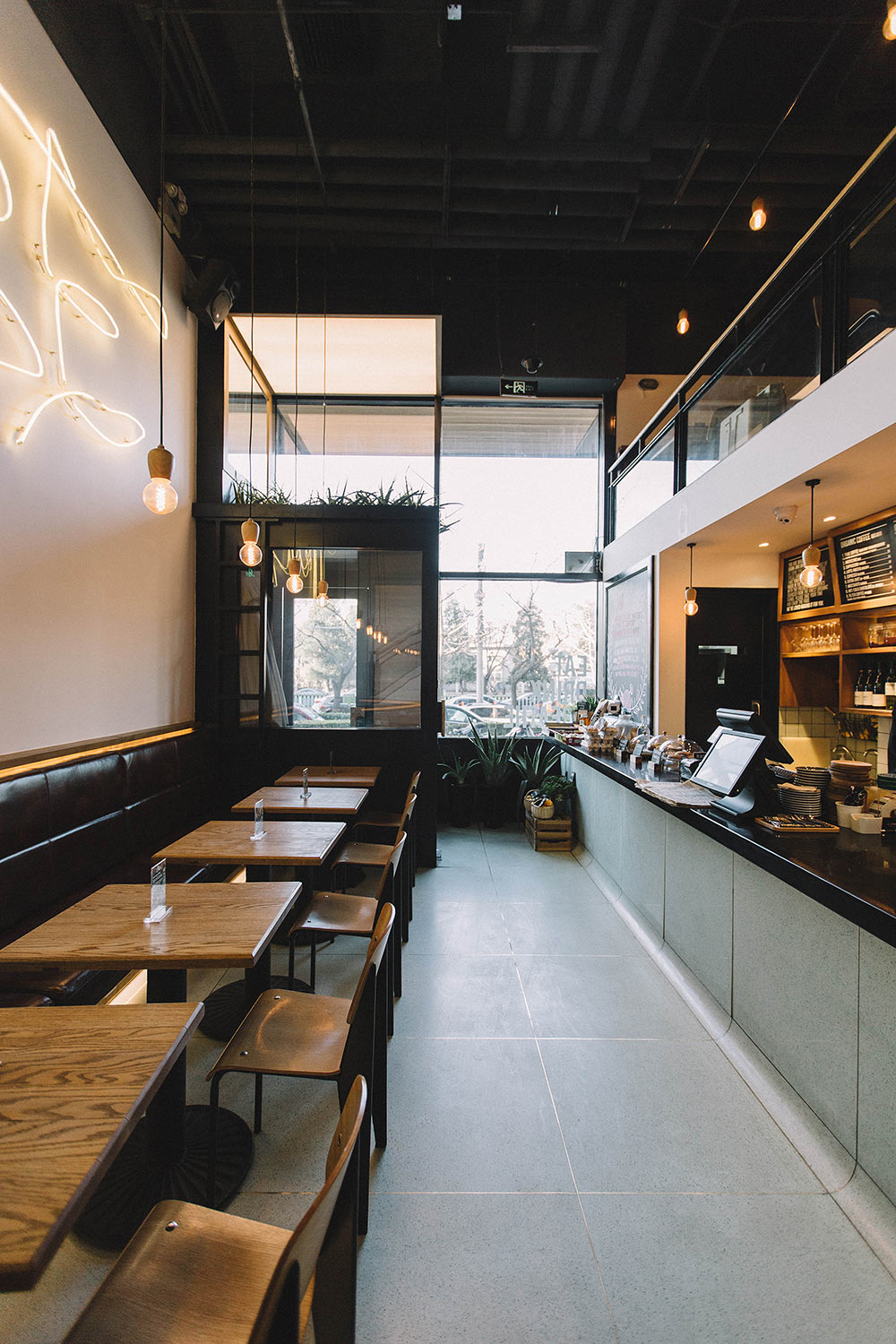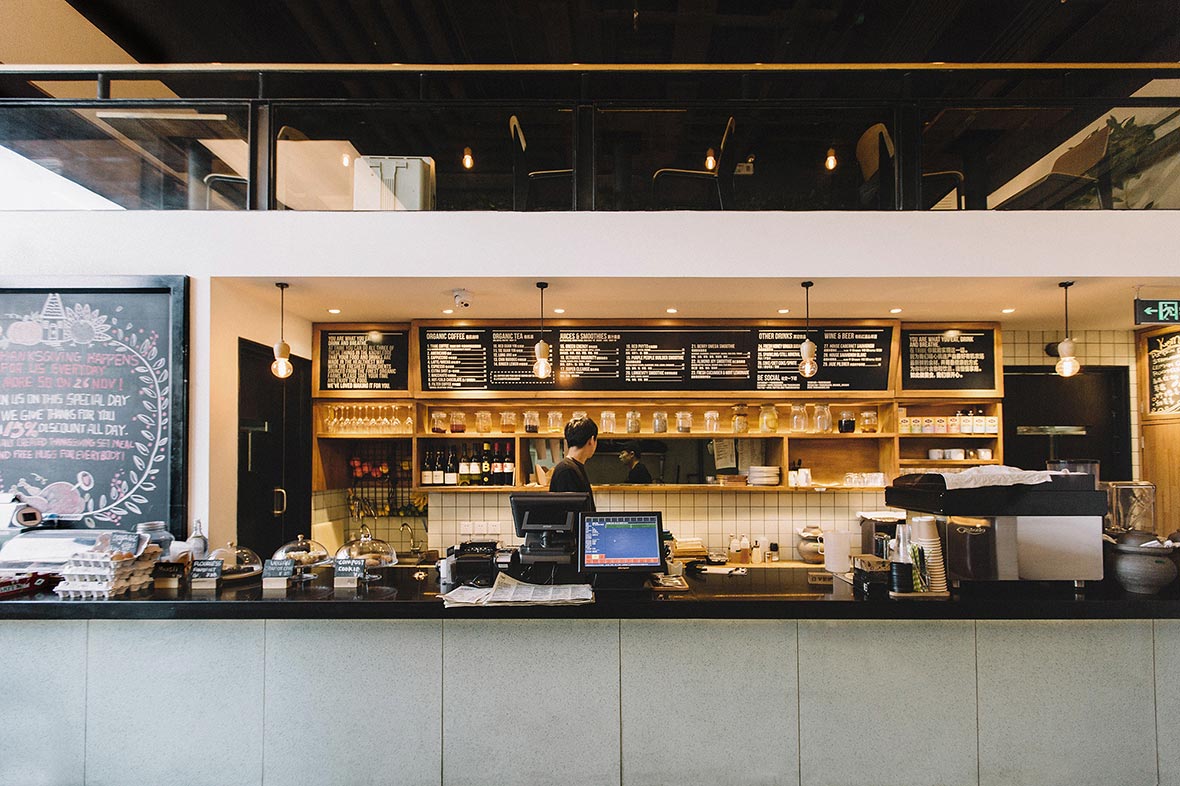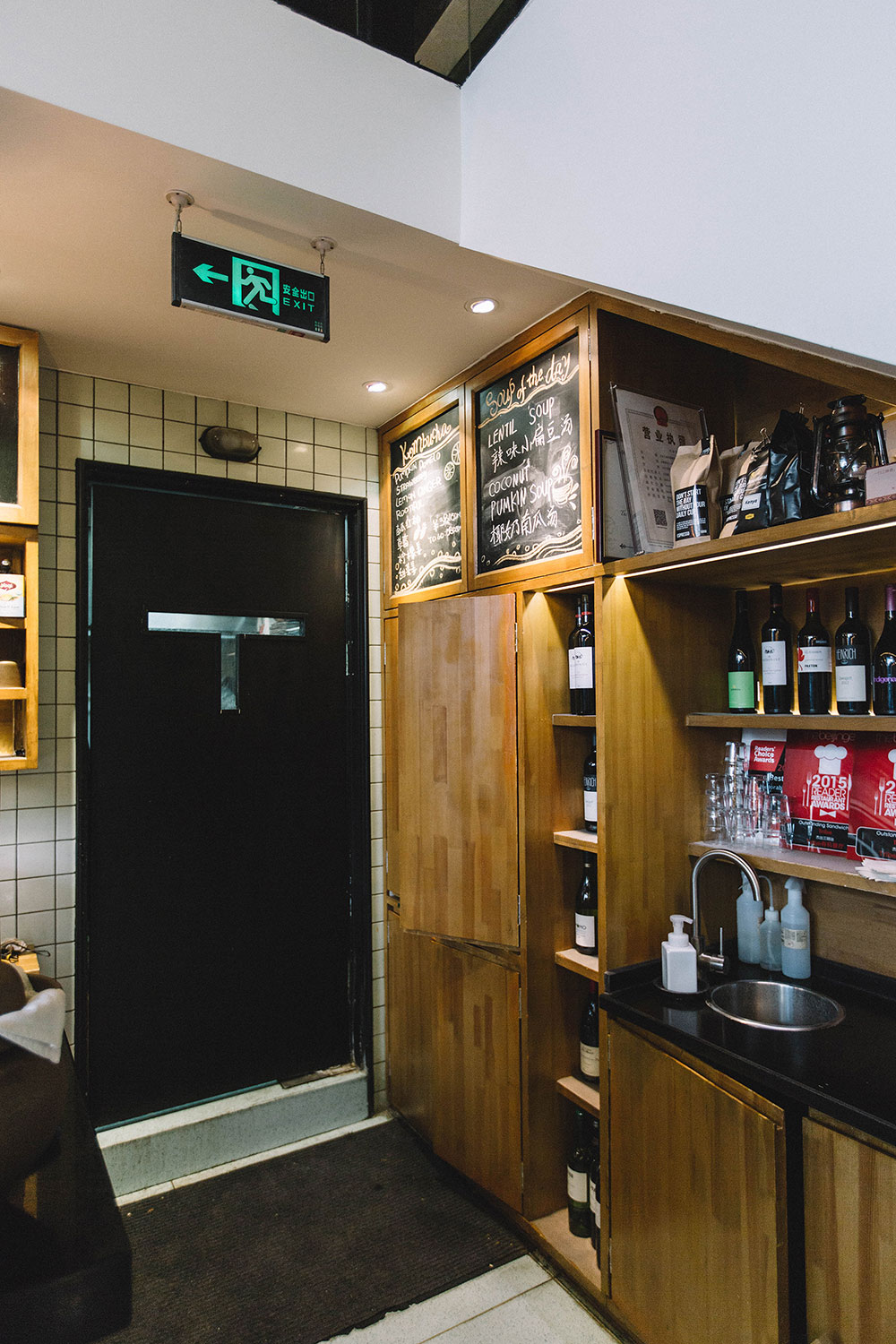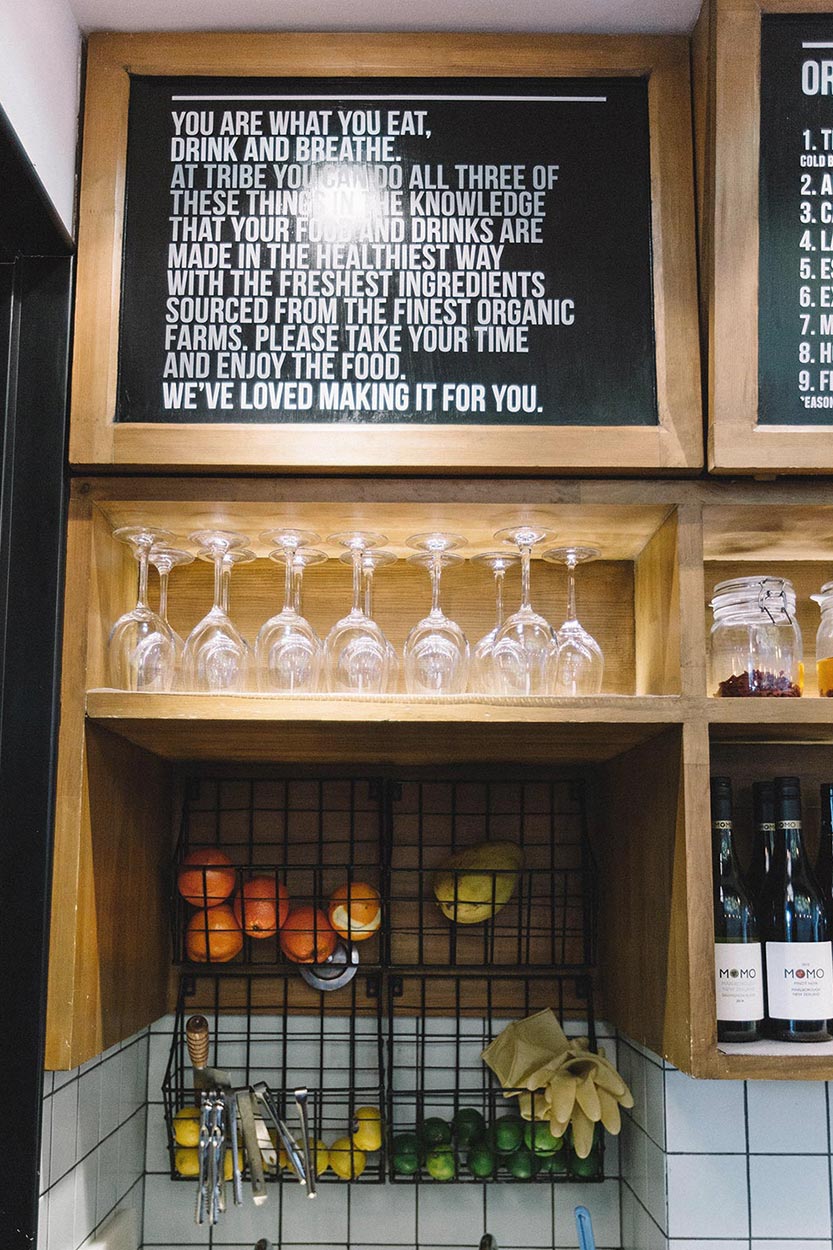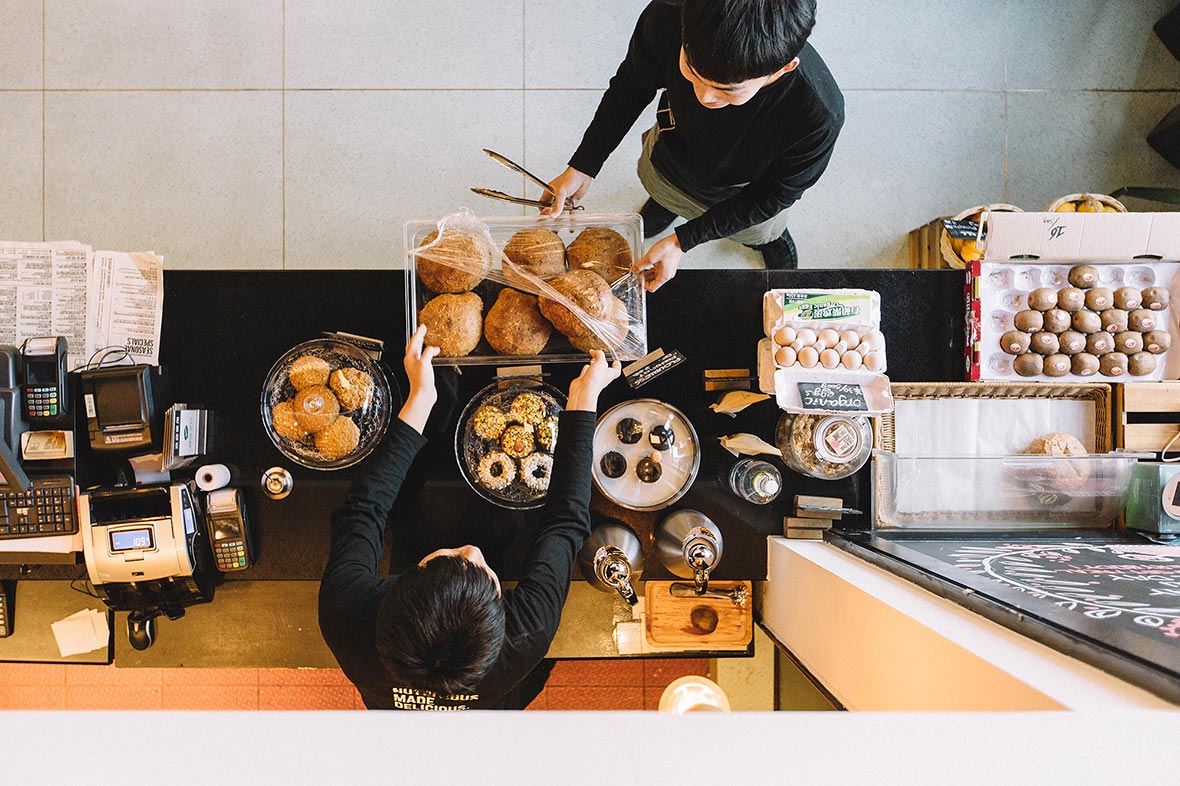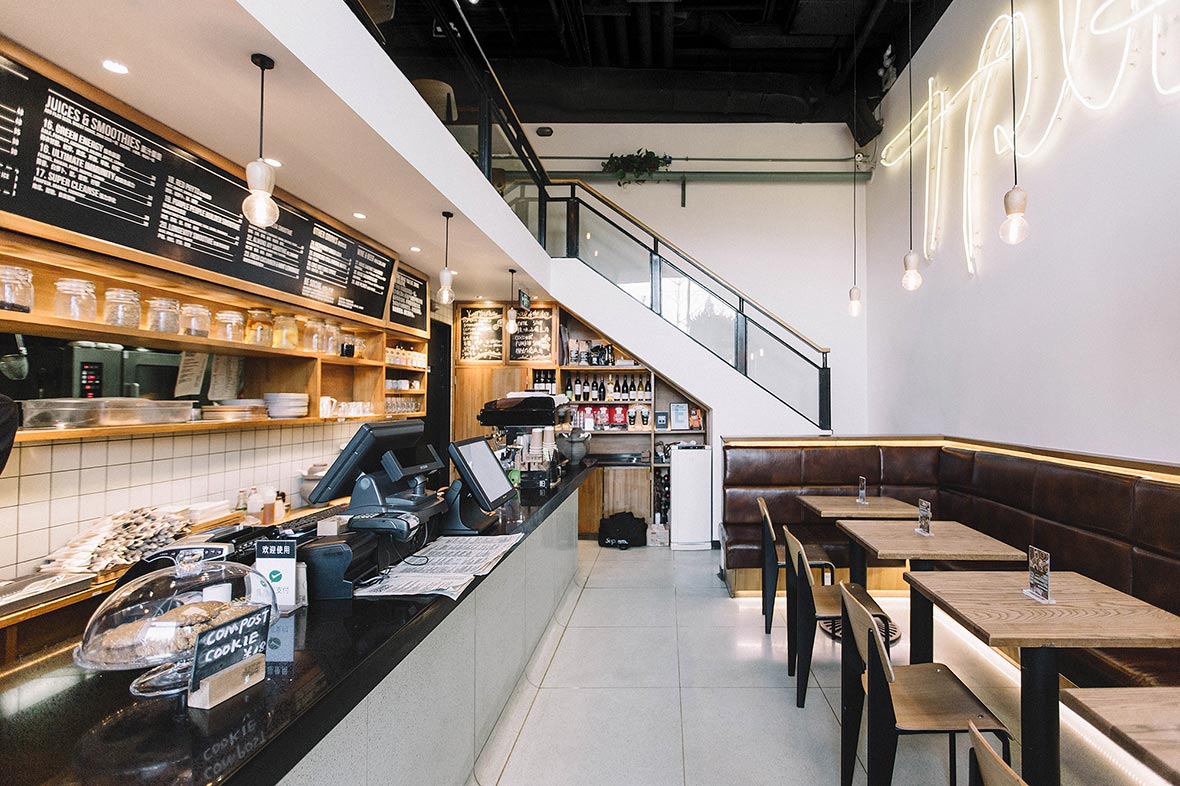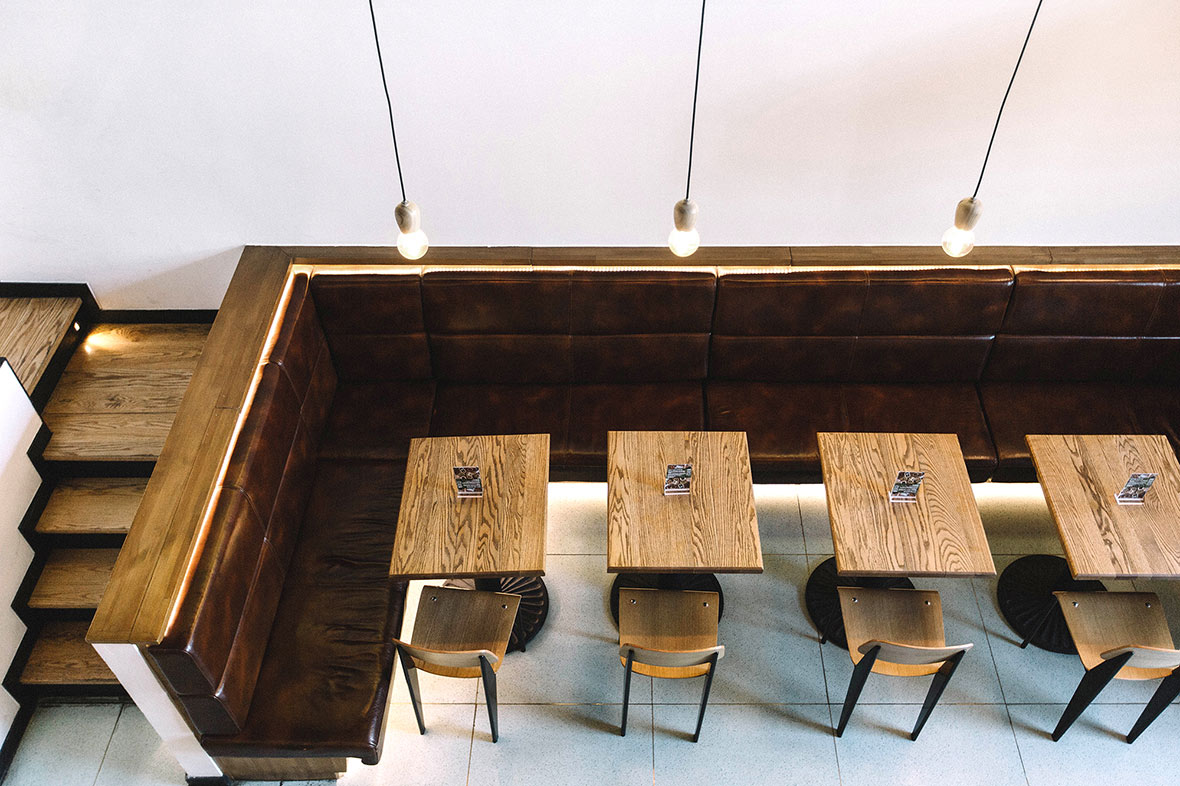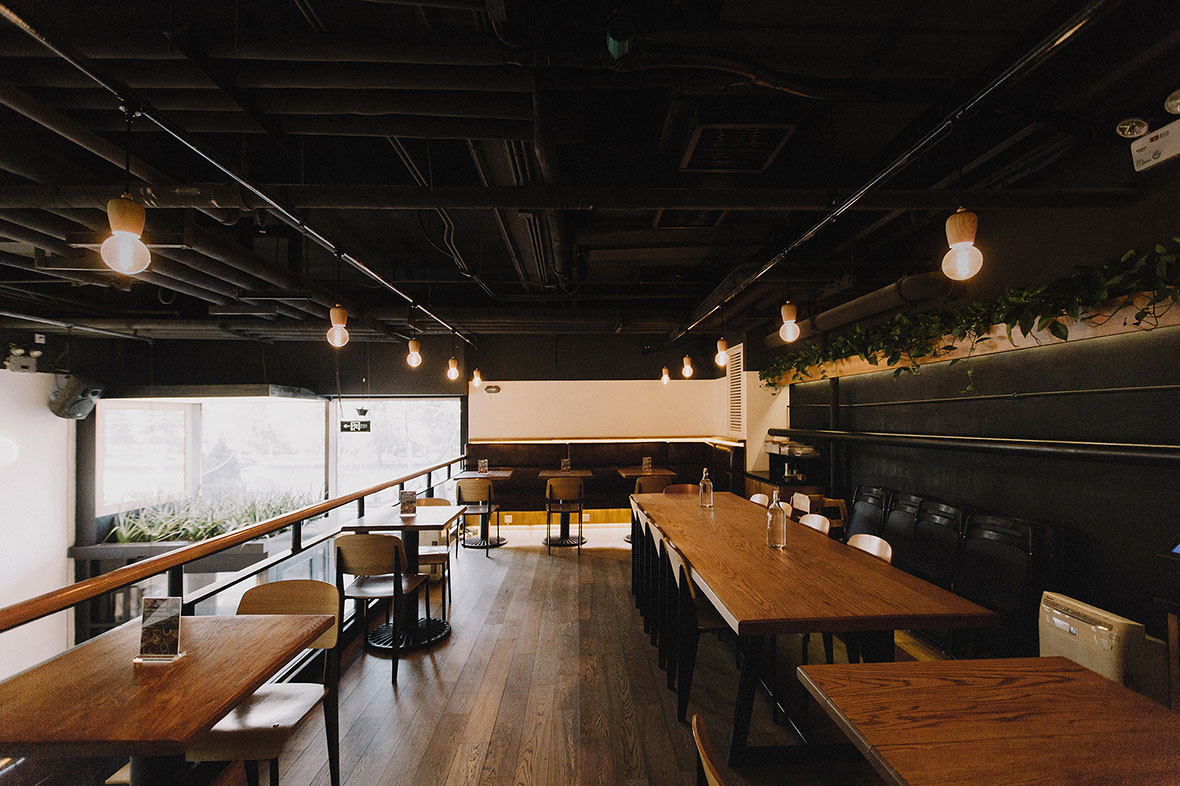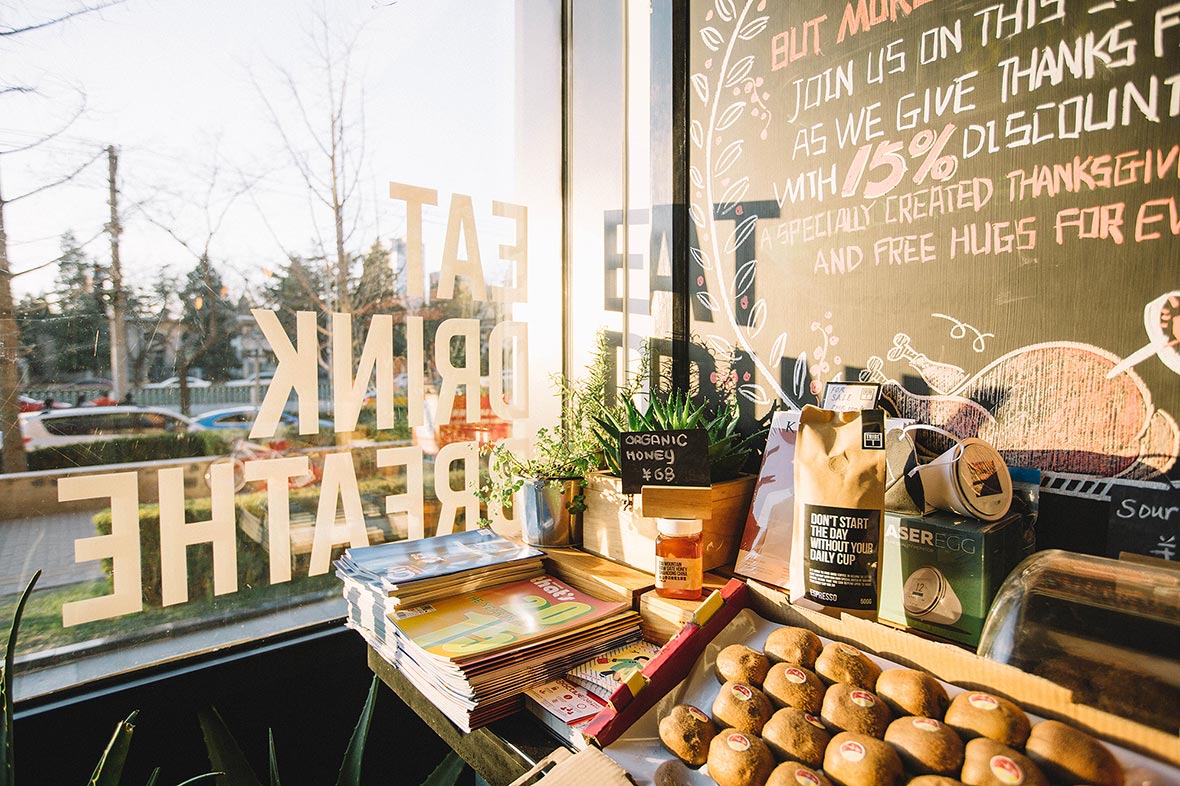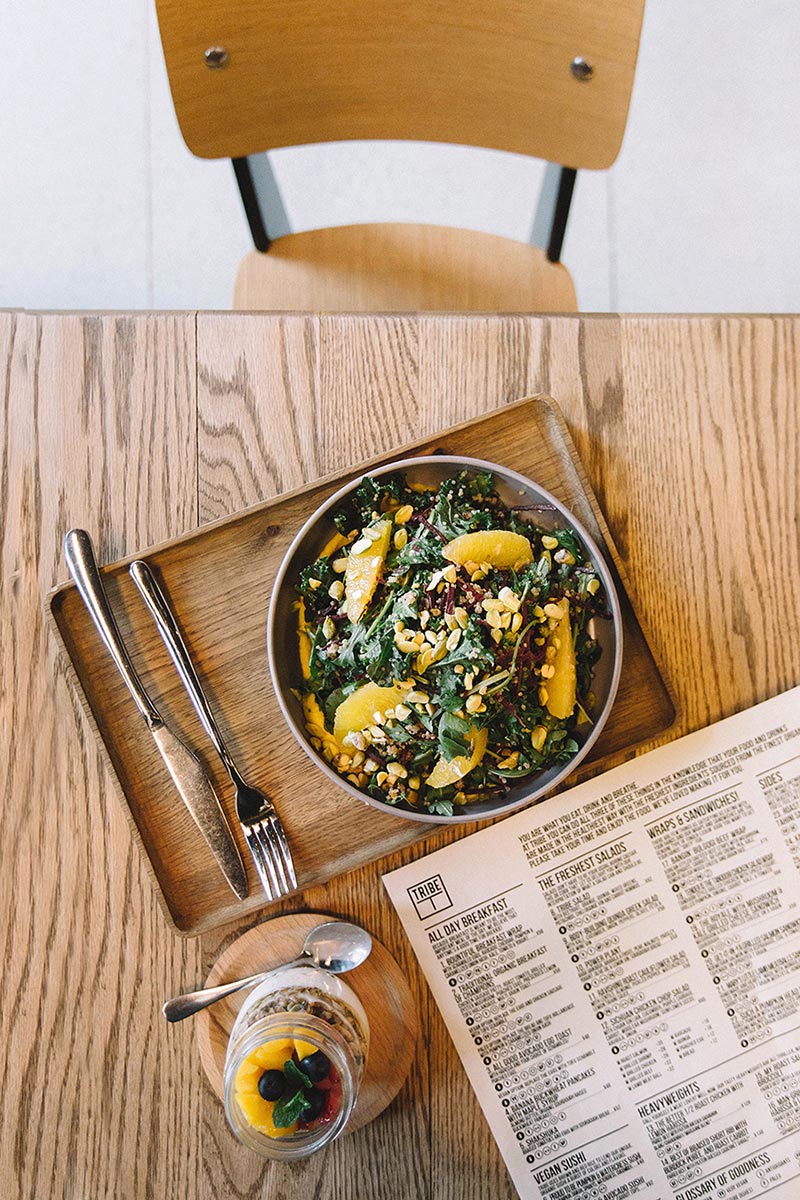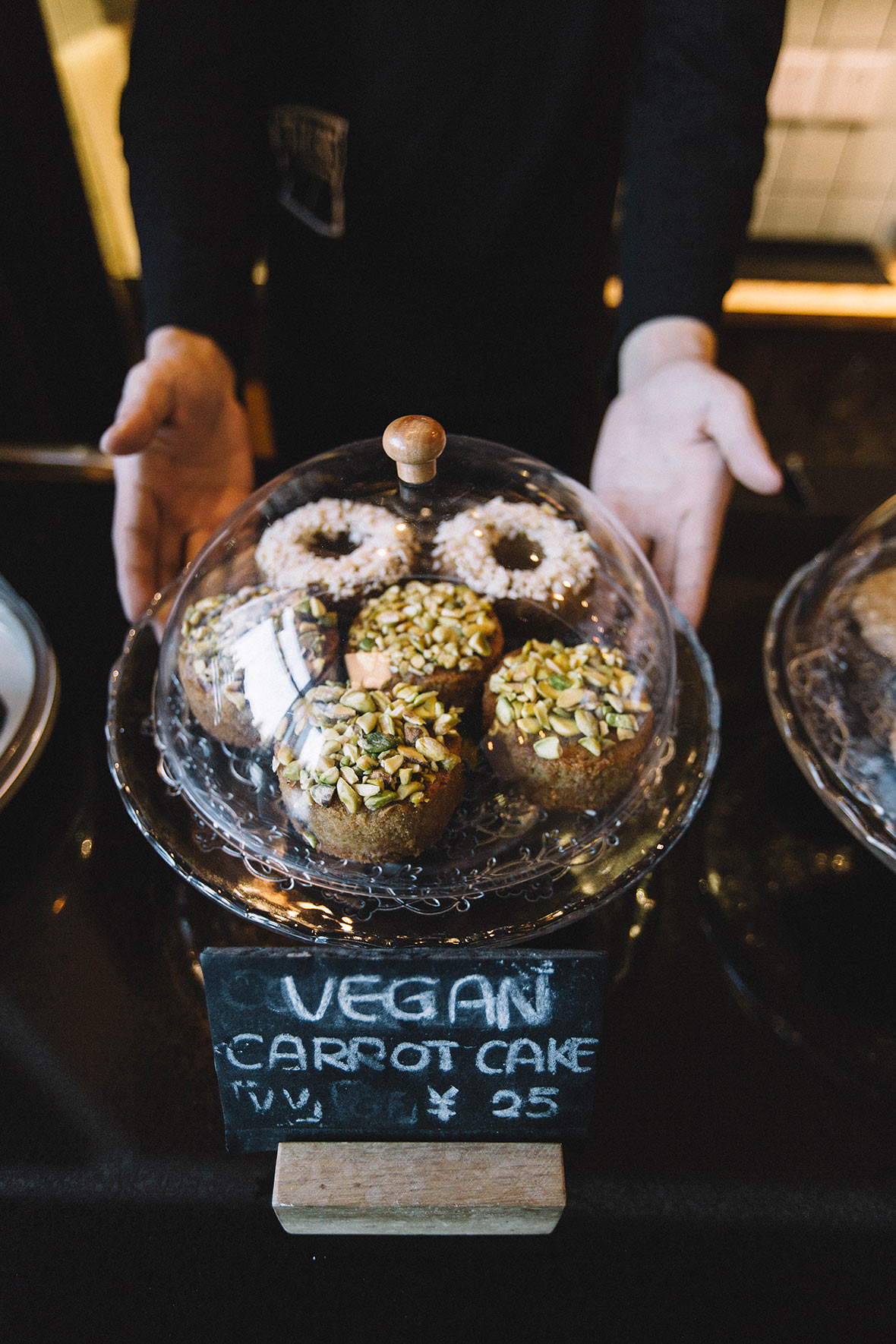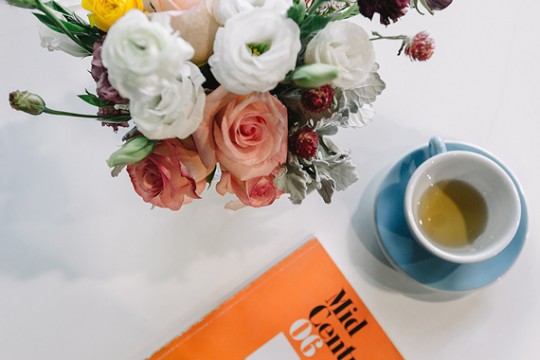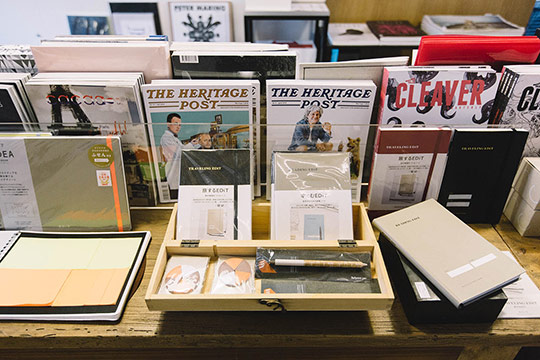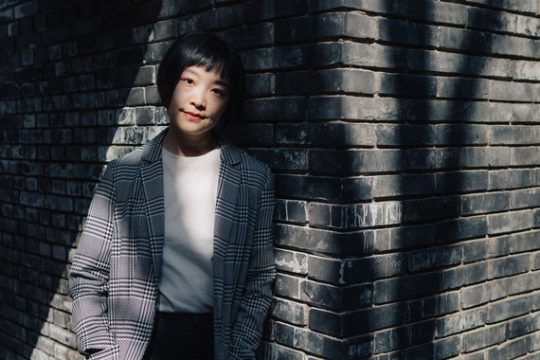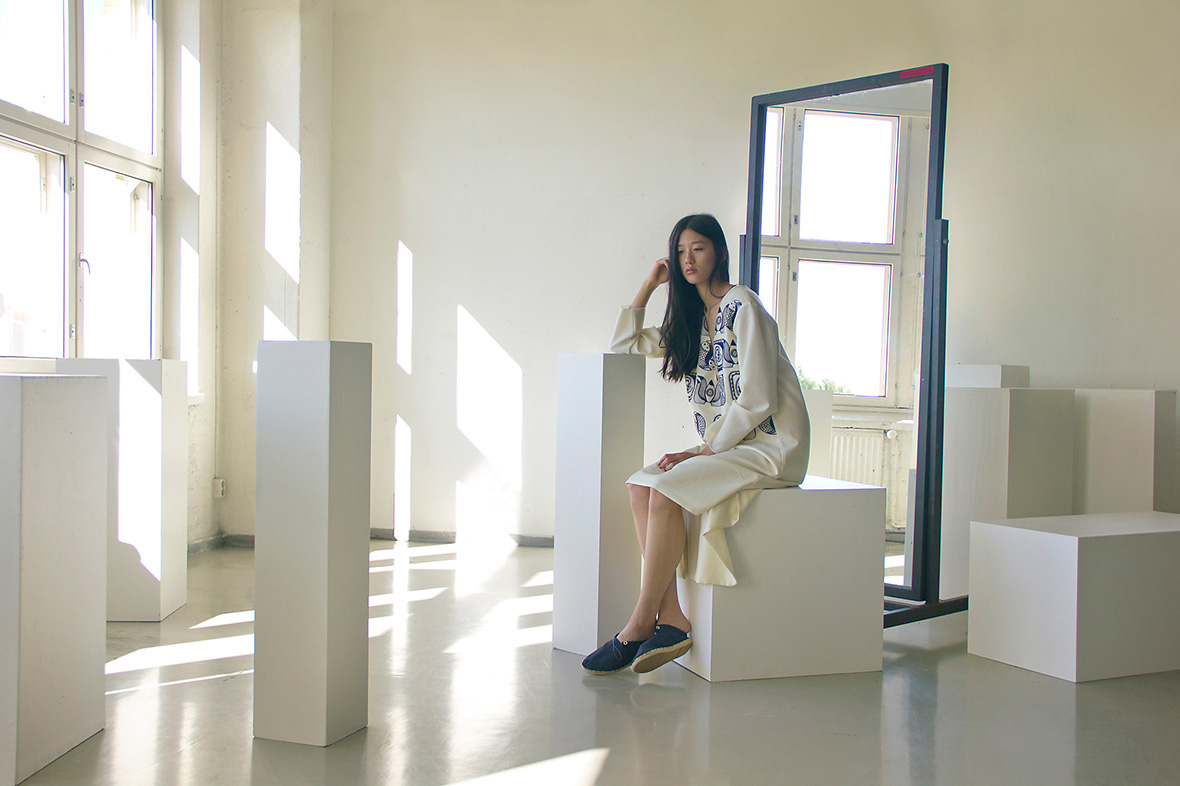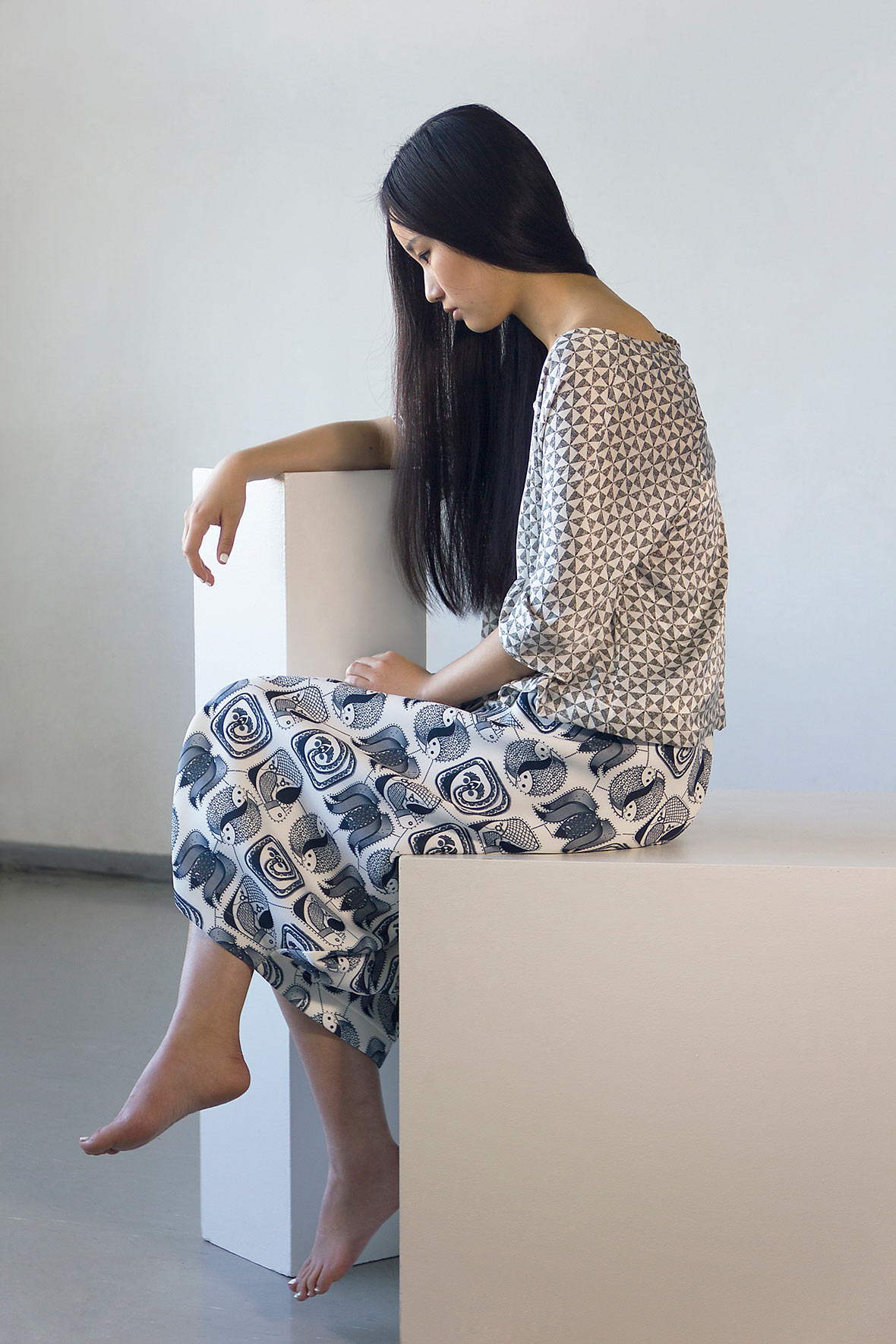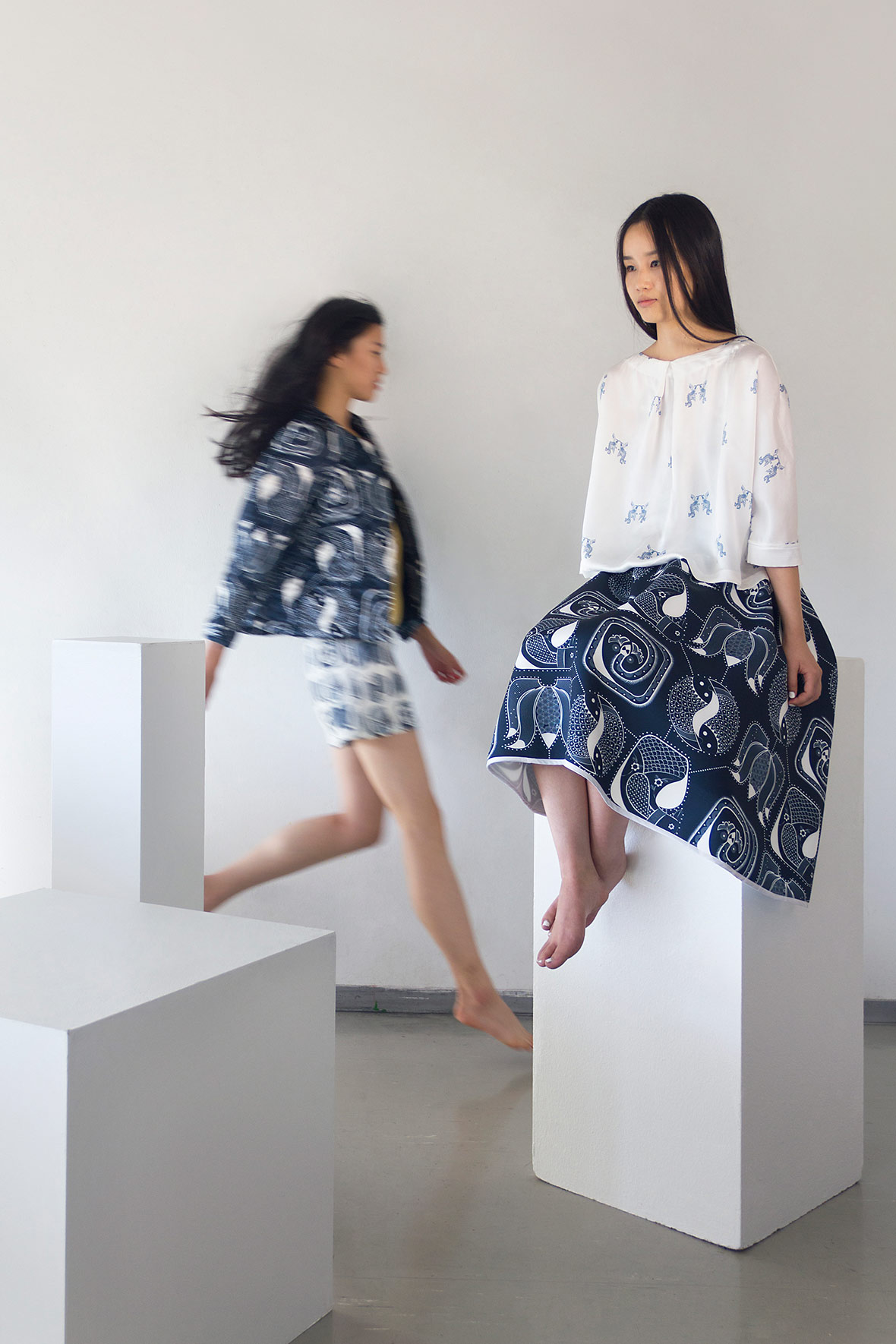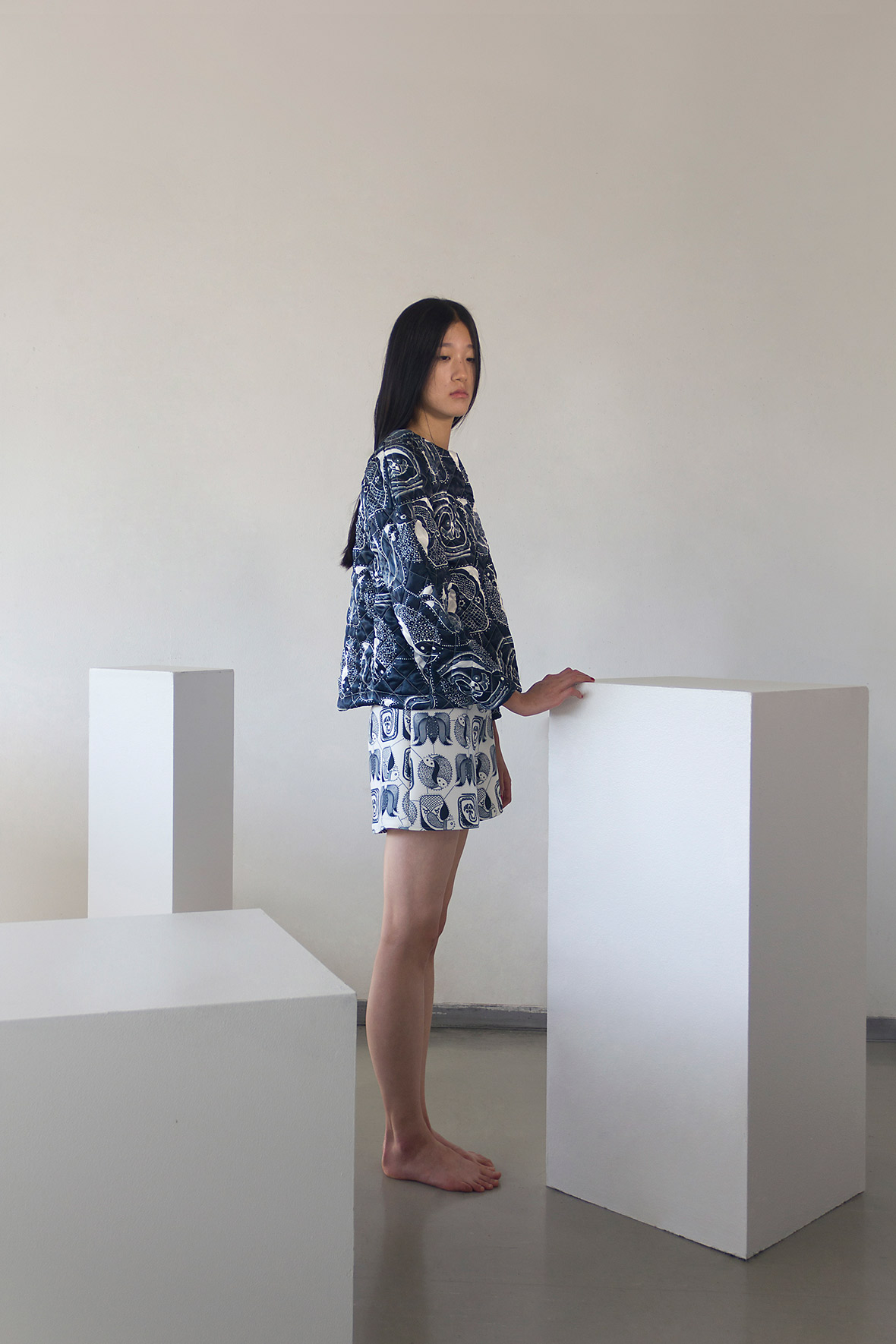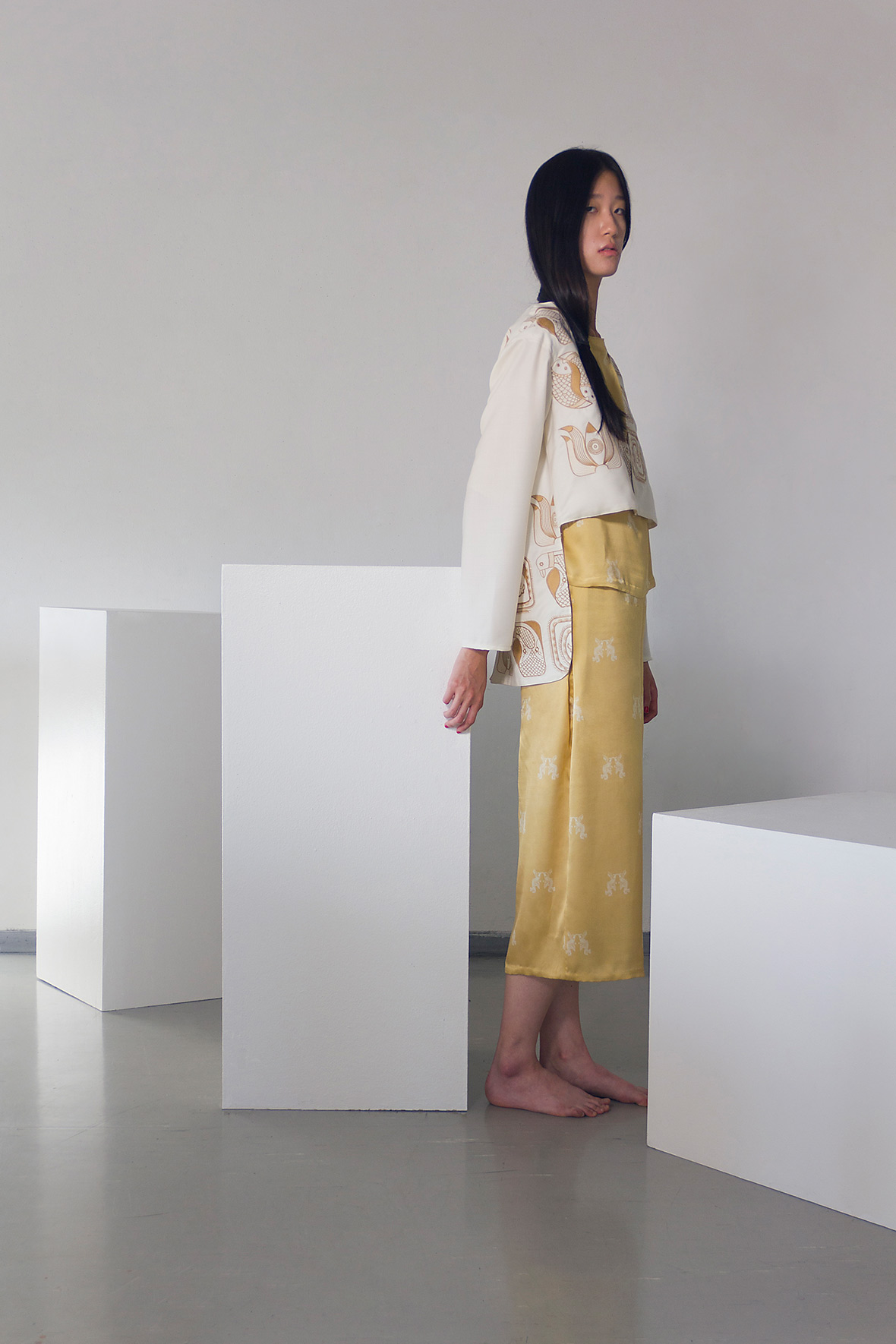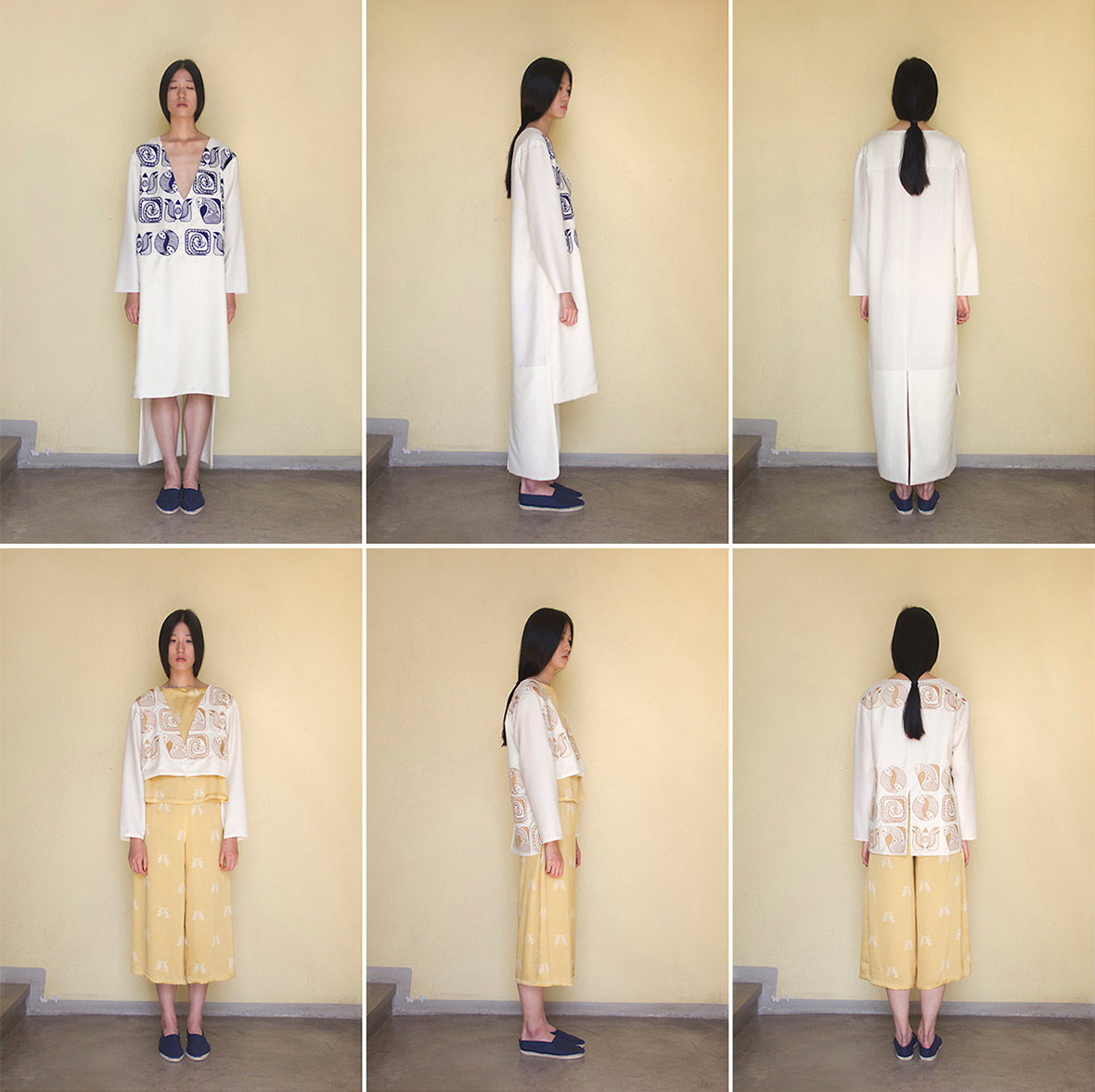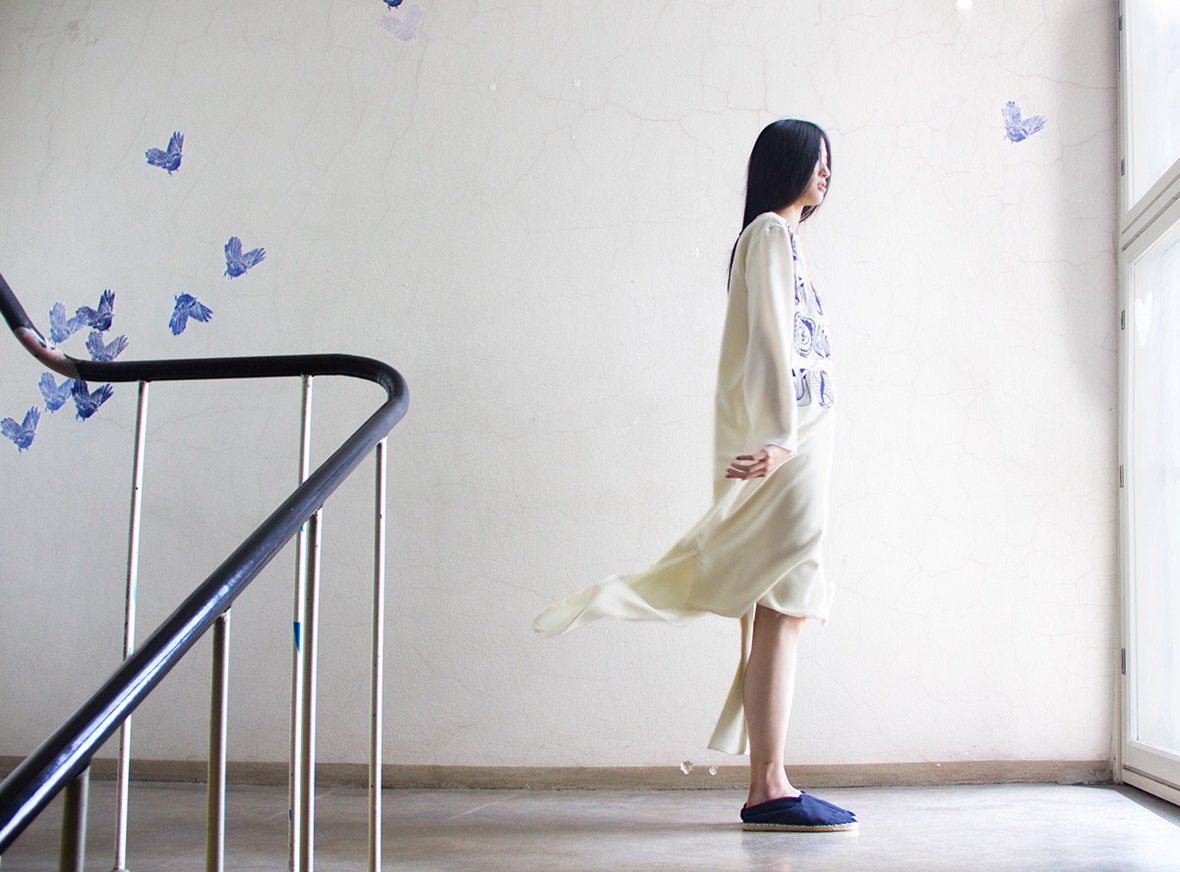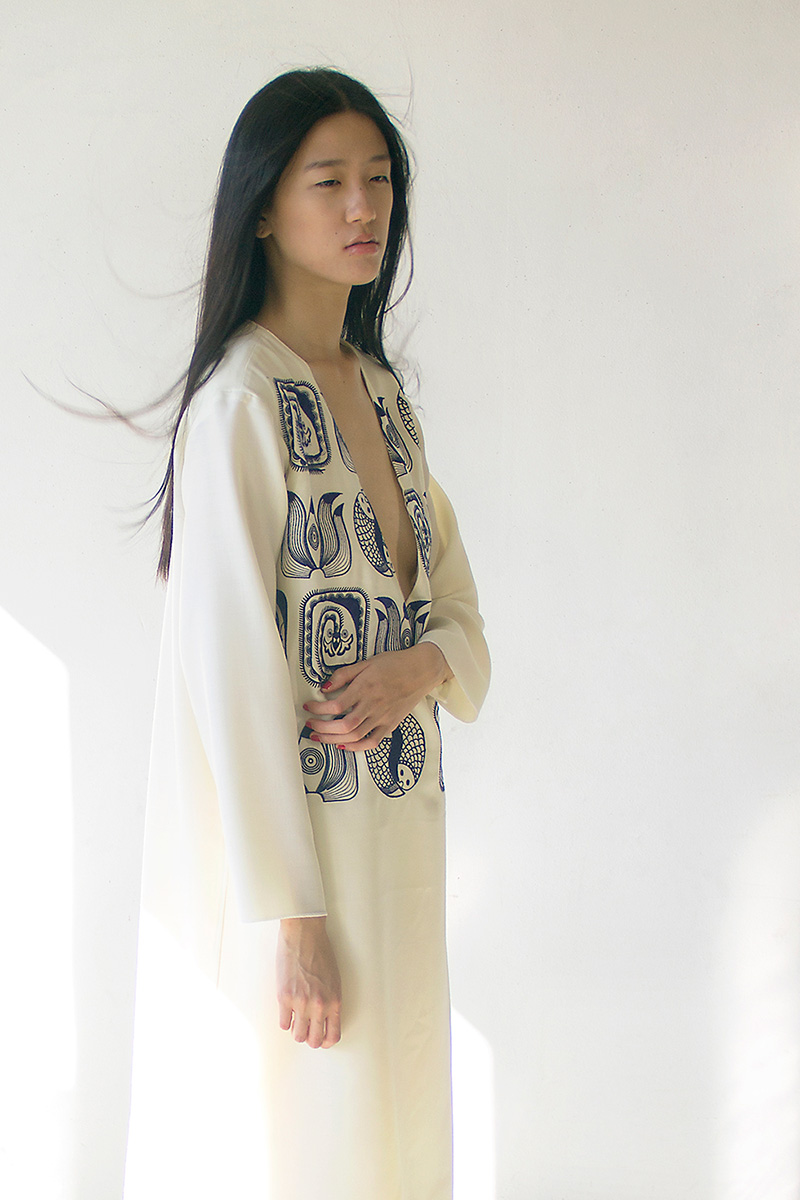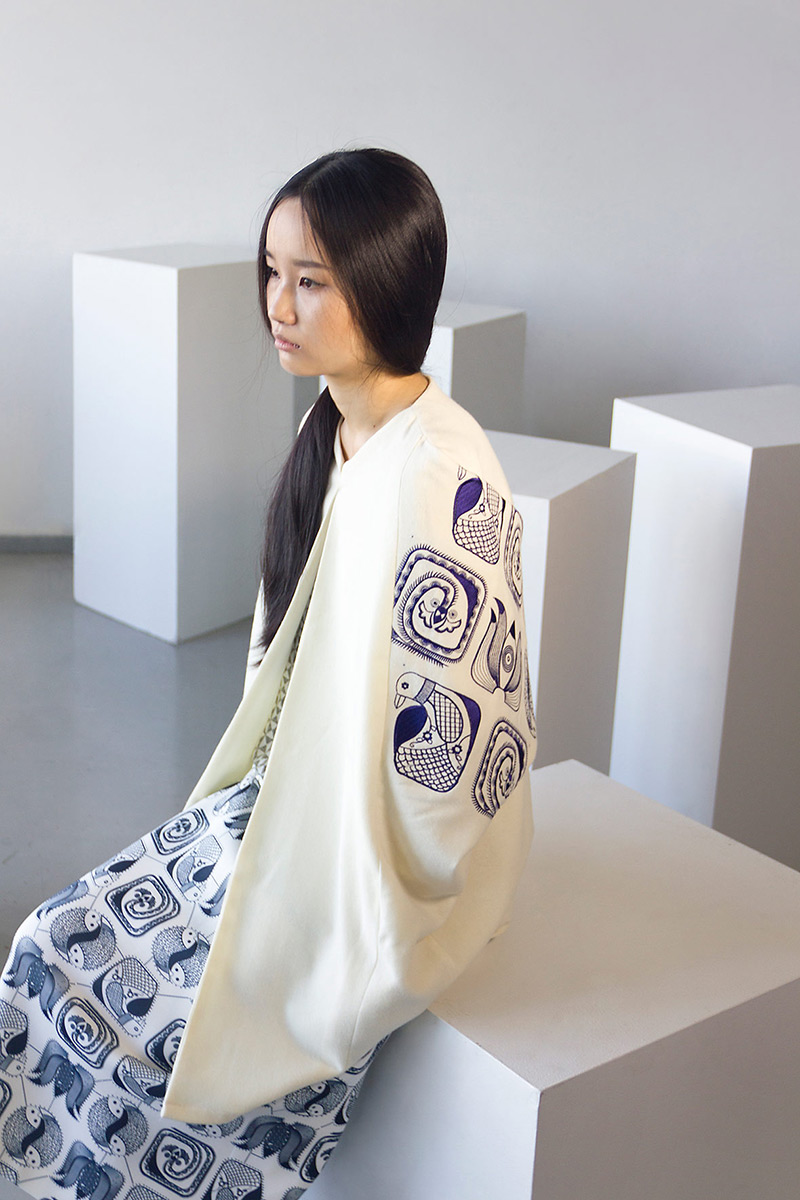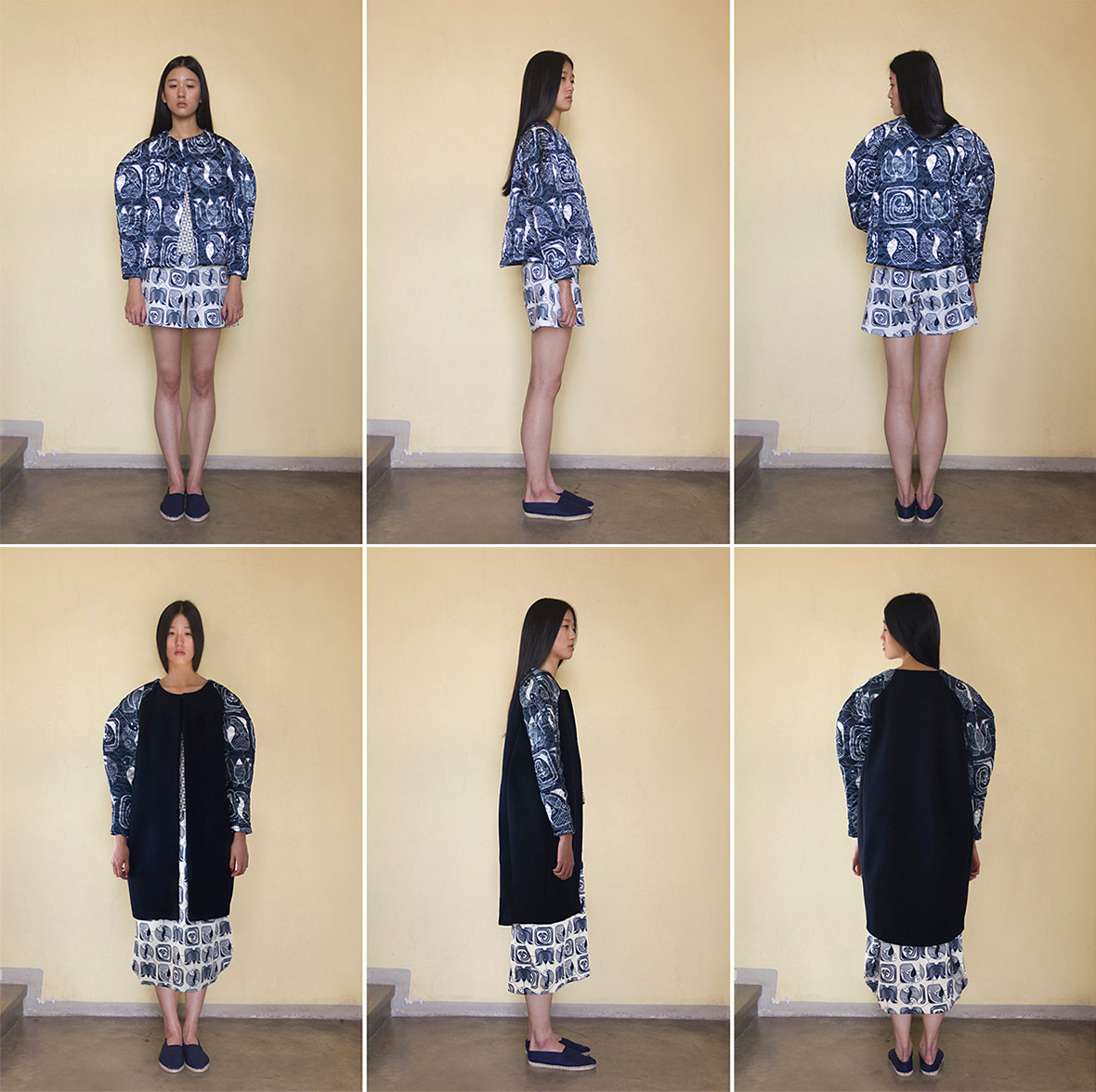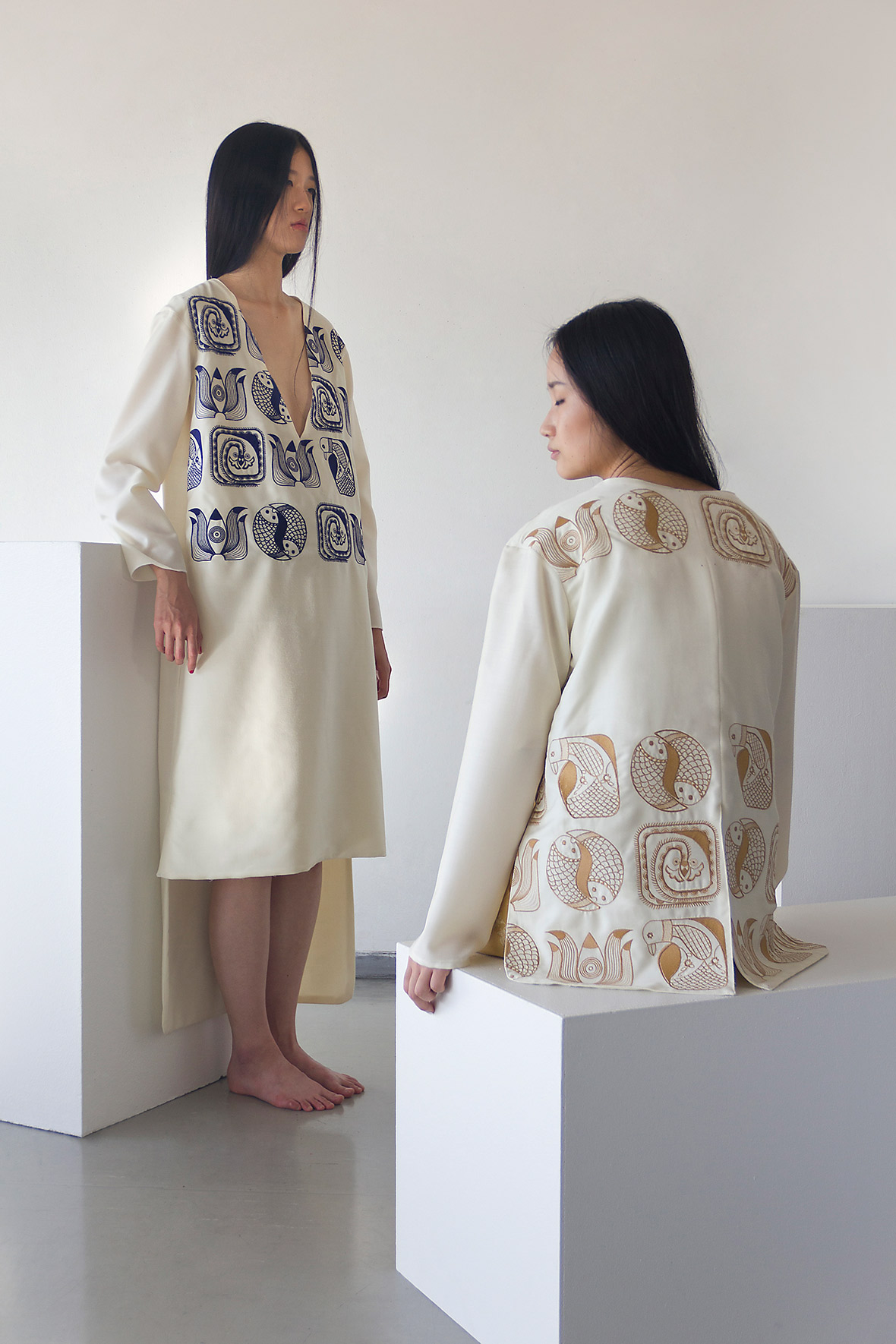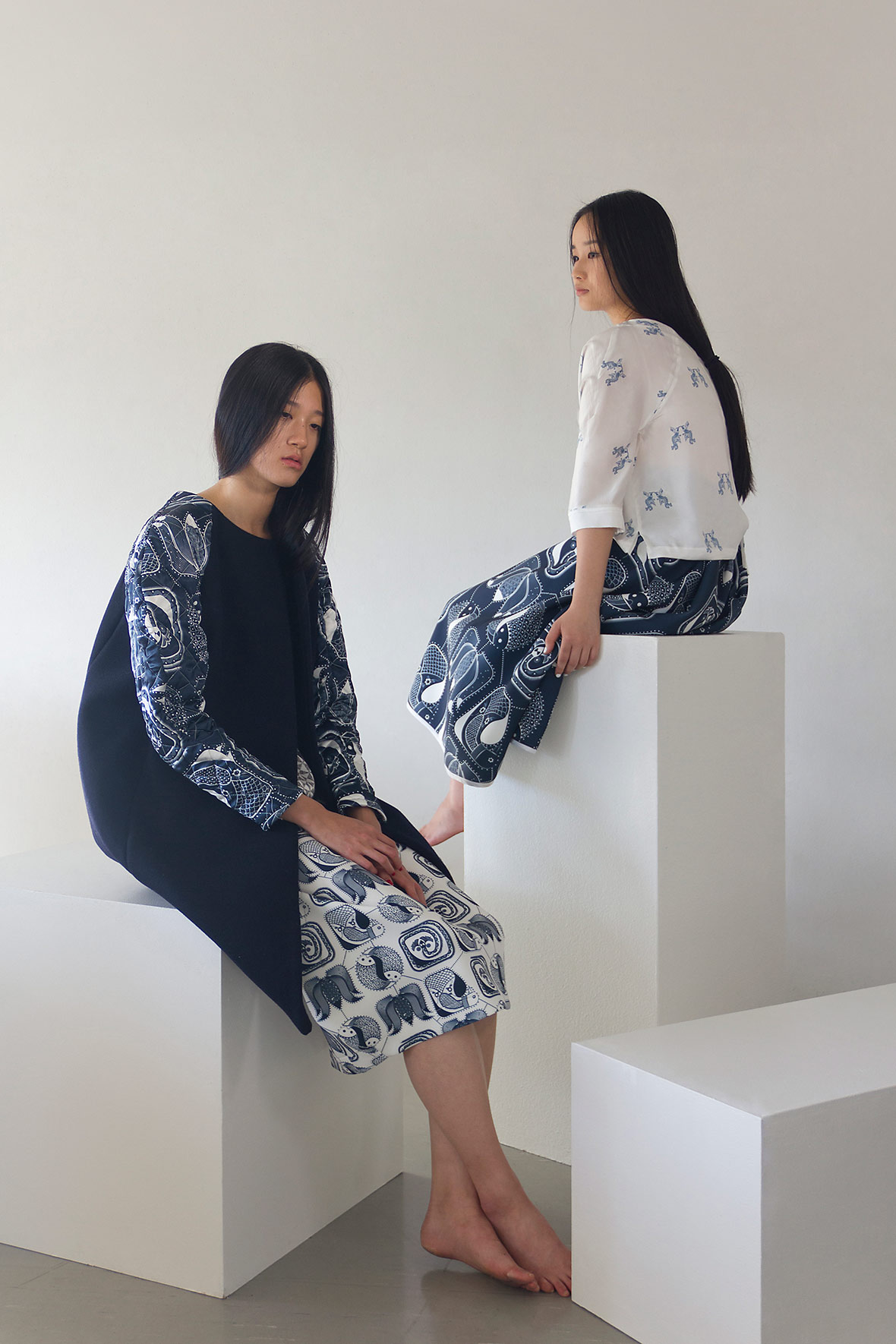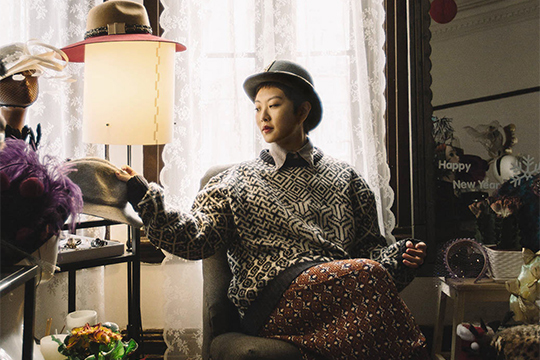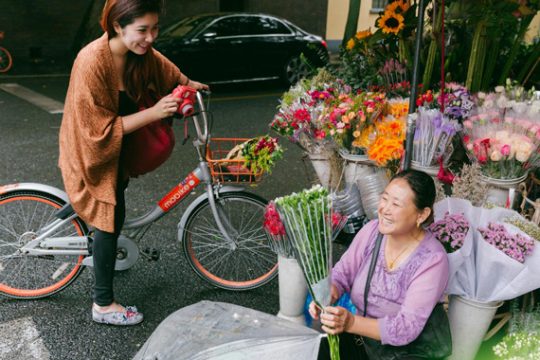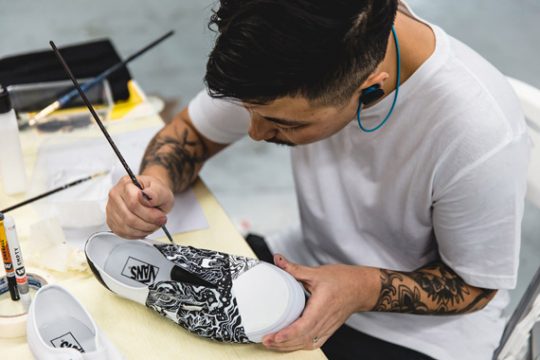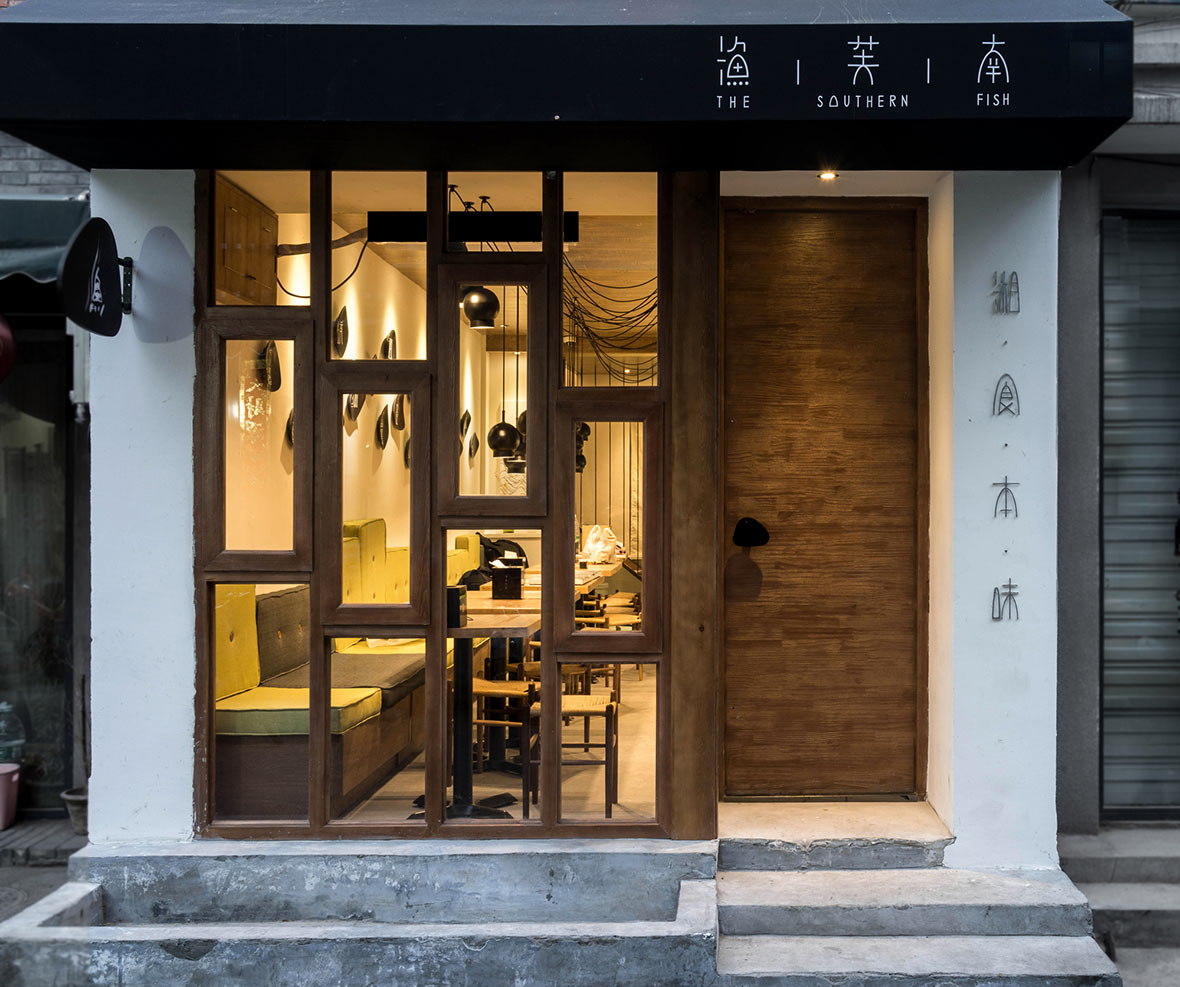
Food is a universal language – it speaks of culture, of heritage, and of the places we call home. People everywhere have a deeply rooted longing for the nostalgic flavors of their hometown. It’s this same longing that motivated Zuo Taiming and his partners to open The Southern Fish. In the vastness that is China, flavors from region to region will of course differ from one another. Generally though, Chinese cuisine has been categorized into dishes from eight provinces, but within every province there are still variances to flavors from city to city. In that regard, rather than classifying The Southern Fish as simply a Hunan restaurant, their dishes should be more appropriately considered as Hengyang cuisine.
人大抵如此罢,两肩担一口,踏遍南北,吃始终是放不下的事,心底最挂念的终究还是那一道家乡味。左太明与他的合作伙伴成立渔芙南时,正是出于对家乡味道的思恋。中华地广,各地菜式自然各自相异,尽管通常按省份地区分为八大菜系,但是同一个省内不同地区又各有各的不同风味。所以,渔芙南,与其说是湘(湖南)菜,不如说是衡阳菜更为合适。
The Southern Fish is located in Beijing’s Qianmen district off of Yangmeizhuxie Street. This Hunan-Hengyang restaurant is tucked away in a traditional hutong alley, inside of a renovated two-story residential building. Zuo Taiming and his wife designed the entire space, working side by side from the conceptual stage all the way up to completion. With a mentality of wanting to preserve the authenticity of their dishes, they source many of their ingredients from Hengyang. But besides the genuine Hengyang food they provide, the creative energy that the restaurant embodies has also been a much-welcomed addition to this hutong alleyway.
这间由胡同里破旧的两层老宅改建而来的湖南衡阳餐厅,渔芙南,就位于北京前门杨梅竹斜街上。整个空间由左太明及其夫人负责方案的设计和实施。为了能够保持菜肴的原汁原味,诸多食材都专从衡阳运送过来。这里除了地道的地方料理,更是以其成功的改造成为了这条胡同上众多出色创意成员之一。
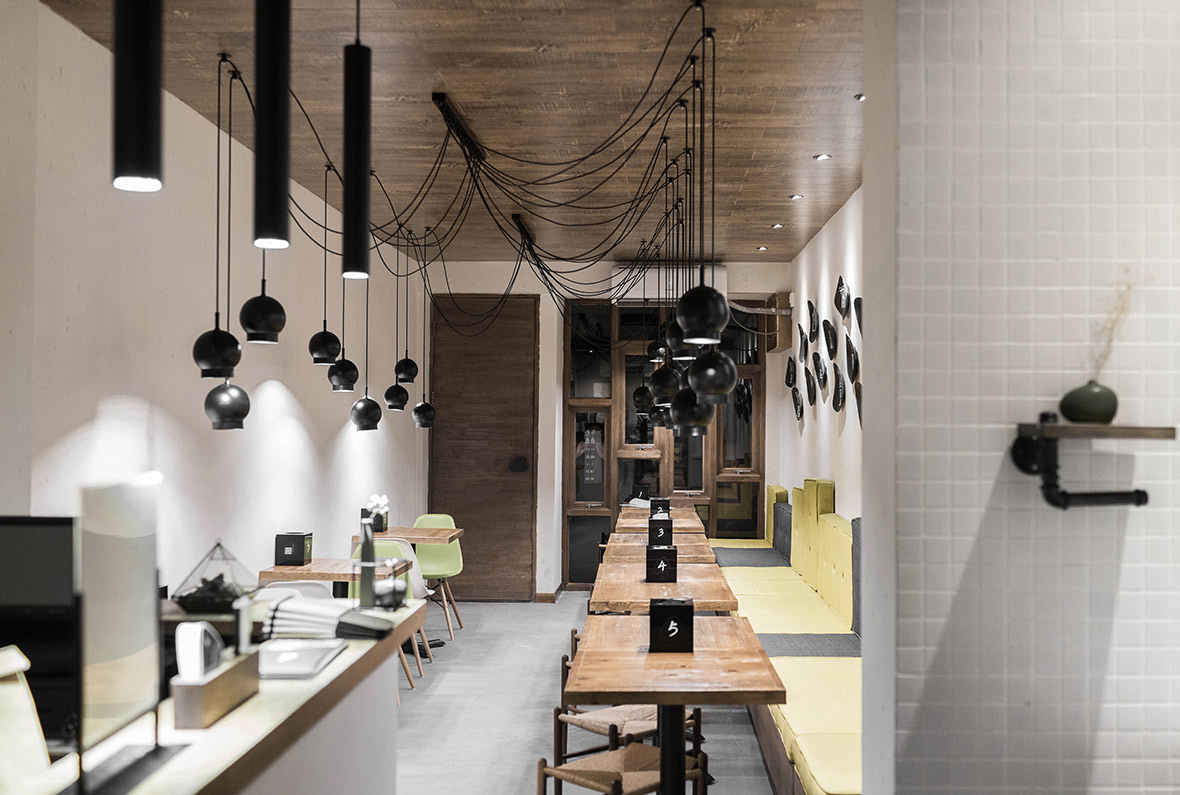
The first and second floor of The Southern Fish adds up to a total of 65 square meters; the interior consists of long, narrow spaces with a width of three meters – yet it doesn’t feel cramped. The first floor is able to accommodate around twenty people, while the second floor is able to accommodate between eight and ten. The designers used multiple vertical, wood-framed windows of varying height for the facade. On one hand, the design of the facade is used to maximize the amount of natural light; on the other hand, it’s to maintain a consistent visual aesthetic with the long and narrow interior space. The challenge of using the long and narrow spaces inside the building is actually what attracted Zuo Taiming to choose this location. Through his clean, simple, and space-effective design, he successfully made the location work for him.
渔芙南整间餐厅上下两层楼加起来也不过65平方米,内部空间狭长,宽仅为3米,却不见局促压迫感。一层空间大致能容纳 20 人左右,二层包间则能容纳 8-10 人。设计师运用许多木质框架的小窗高低错落地排布在沿街一侧的外立面上,一方面给自然采光创造最大的可能,一方面和内部狭长的空间形成一致的视觉印象。初见这座老宅时,左太明正是被它的狭长在空间利用上的挑战所吸引,这个挑战最终被简洁合理有效的空间设计所战胜。
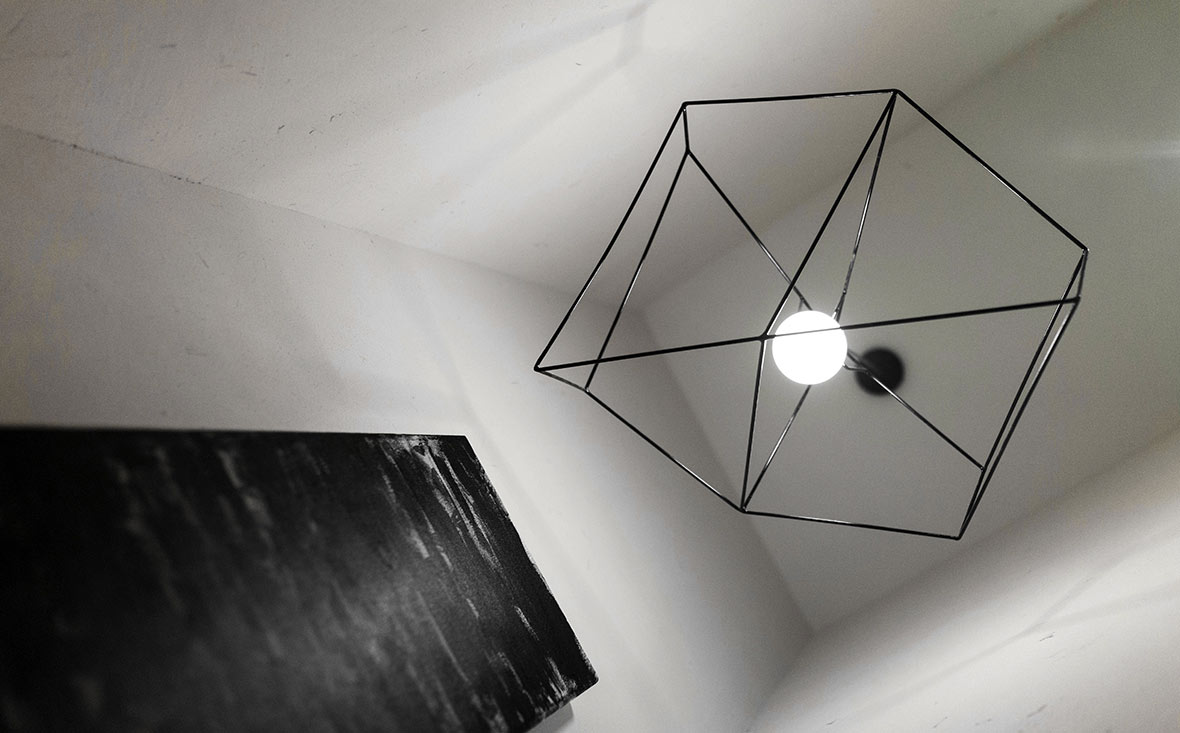
Continuing with the idea of optimizing natural light, the second floor ceiling has been replaced by a see-through skylight. The skylight extends the original space upwards without actually altering it, this eliminates any sense of claustrophobia one might have. Overhead, the dangling branches outside, framed like artwork on a canvas by the skylight, seems to possess an artistic, almost painter-like quality. They have also installed latticed shelves on the same floor, which holds a variety of Hengyang delicacies in large pickling jars, including but not limited to: dried fish, sausages, long beans, and radish skins. These are also some of the most genuine Hengyang dishes you can order in the restaurant, and exemplifies their slogan xiang shi ben wei, which is their goal of producing quality local dishes one can find in Hunan.
餐厅二层的天花板,设计师将其做成了天窗,同样致力于获取充足的采光,也大大拉高了空间,从而消除了其不可改变的物理特点所带来的逼仄感。抬头所见的老树枝,也在天窗中形成了一副画,充满了诗意。此外,设计师还在二楼包间旁设置一排格子架,架上摆放着各种衡阳当地的特色食物,比如腊鱼腊肠、干豆角、萝卜皮、坛子菜等,这些都是渔芙南店里最本土的家乡美食,正应了渔芙南的标语,叫做“湘食本味”。
Besides the labor poured into designing the space, The Southern Fish also places importance on the aesthetics of other visual elements. The logo uses black as the primary color of choice, and is designed as the shape of a fish’s head. In order to maintain a visual consistency for customers, every piece of furniture and even the material used for the first floor ceiling has been carefully selected to ensure the wood color is one in the same. Indoor lighting comes from hanging pendant lights; the cascading lines creates an illusion of spaciousness, the seemingly methodic curvature of the cords further emphasizes the degree of design discipline in play. Even their business cards, napkins, plates adorning the walls, glasses, curtains, uniforms, door handles, and menu all seem to be exercises in meticulousness. In addition to all of these details, they have even designed a font that’s exclusively used for the restaurant. So far, their design team has already created hundreds of Chinese characters.
除了在空间设计上下足了功夫,渔芙南在视觉系统上也同样用心至极。整个品牌以黑色为主色调,以鱼头的形状作为主要的表现元素。从餐厅各种家具,到一楼天花板的木板,都以同一色系的木材,确保了视觉上的统一性;室内照明上则采用了直接从天花板垂下的黑色吊灯,色彩上自不必多说,其线条以下垂营造了层高的错觉,以曲度强调了店内图形设计的高度一致。甚至名片、餐巾盒、墙上的餐盘、水杯、门帘、工作服、门把手以及菜单等各种细节上也不放过。此外,他们还为餐厅设计了专属字体,用于店内功能性文字和装饰性文字,迄今设计团队已经写了好几百个汉字。
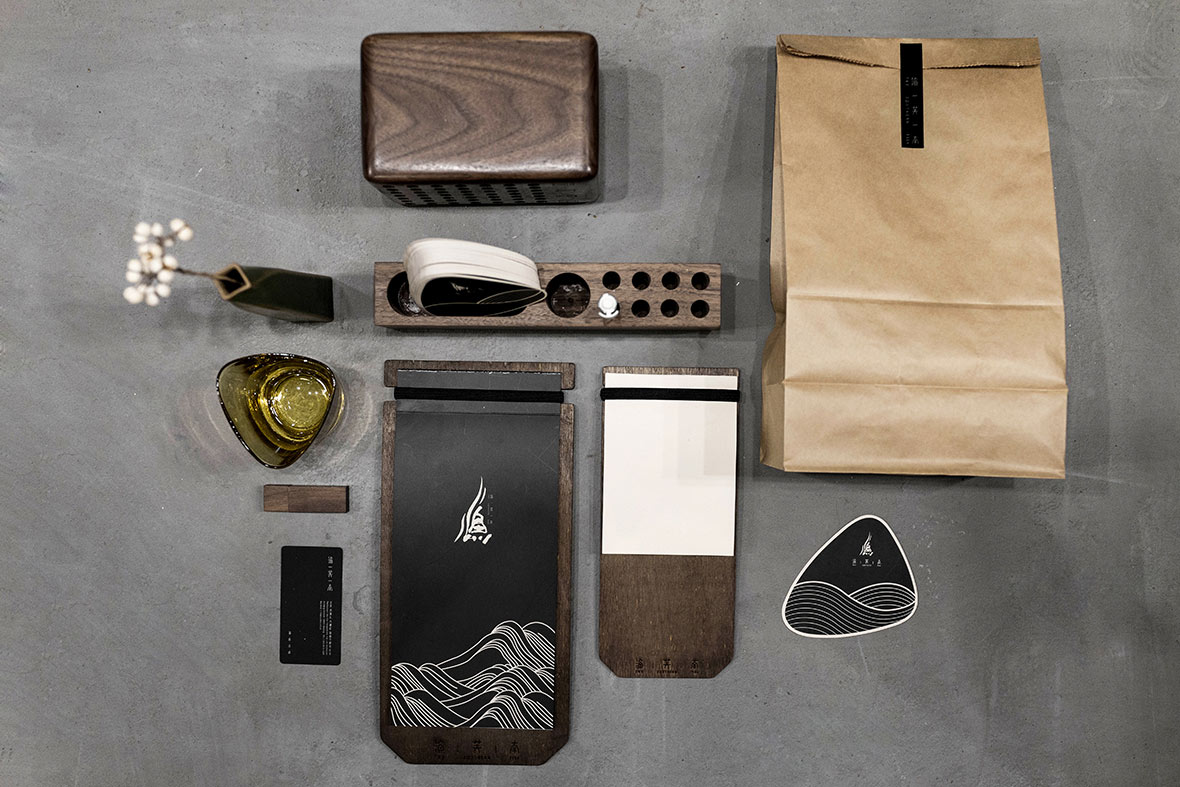
Creatives in the hutong are already regulars of this restaurant, and word of mouth has been attracting even more customers. Currently, Mr. and Mrs. Zuo are running this restaurant together but are also working on their brand consultant company. Taiming focuses more on the restaurant side, and his wife focuses more on the brand consultant side. This restaurant has been the definitive case study to show their clients, and is a great representation of the amount of thought they put into their designs. The popularity and success of The Southern Fish is undoubtedly a persuasive showcase on the importance of well-crafted branding and design for other local businesses.
胡同里的创意人已经成为了这里的常客,其他客人也纷纷慕名而来。目前,左太明与太太一边经营着这家餐厅,一边打理自己的品牌顾问公司。先生负责店面,太太负责公司。而渔芙南自开张以来,它的大受欢迎也让更多本土人士看到了好的设计和品牌的重要性。作为品牌顾问公司的经营者,他们也用这个生动实例的说服力,向公众展示他们的设计能力和理念。
Address:
166 Yangmeizhuxie Street, Dashilan
Xicheng District, Beijing
People’s Republic of China
Phone:
0086-010-83152539
Hours:
Lunch 11:00 – 14:30
Dinner 17:00 – 20:30
Closed Mondays
Weibo: ~/yufunan2014
Wechat: TheSouthernFish
Contributors: Banny Wang, Eric Zhang
Images Courtesy of The Southern Fish
地址:
中国
北京市西城区
大栅栏 杨梅竹斜街166号
电话号码:
0086-010-8315 2539
营业时间:
午食 11:00 – 14:30
晚食 17:00 – 20:30
周一定休
微博: ~/yufunan2014
微信: TheSouthernFish
供稿人: Banny Wang, Eric Zhang
图片由渔芙南提供

